Master gouache painting techniques to create expressive landscapes with vibrant colors, focusing on composition and color theory
Embark on a creative journey through the world of gouache painting with talented artists including Maddy Bellwoar, Ruth Wilshaw, Mike Thomas, Tommy Kim, Vicki McGrath, Cécile Berrubé, and Don Kilpatrick III. This comprehensive course series offers a deep dive into the versatile medium of gouache, spanning landscape painting, urban illustration, and atmospheric compositions. Each teacher brings their unique perspective and expertise to guide you in mastering techniques such as wet-on-wet, opaque layering, dry-brushing, and more. You'll explore color theory, composition, texturing, and the transformation of everyday scenes into vibrant works of art.
Whether you're capturing the energy of urban environments, painting magical landscapes, or creating expressive still-life pieces, this course series provides the tools and inspiration to elevate your artistic skills. Through engaging lessons and practical projects, you'll gain the confidence to express your creativity and develop your personal style. With the guidance of these experienced artists, discover the joy of gouache painting and unlock endless possibilities in your artistic endeavors. This series is designed to inspire and nurture your passion for art, offering a rich, inspiring experience for artists of all levels.
What will you learn in this specialization?

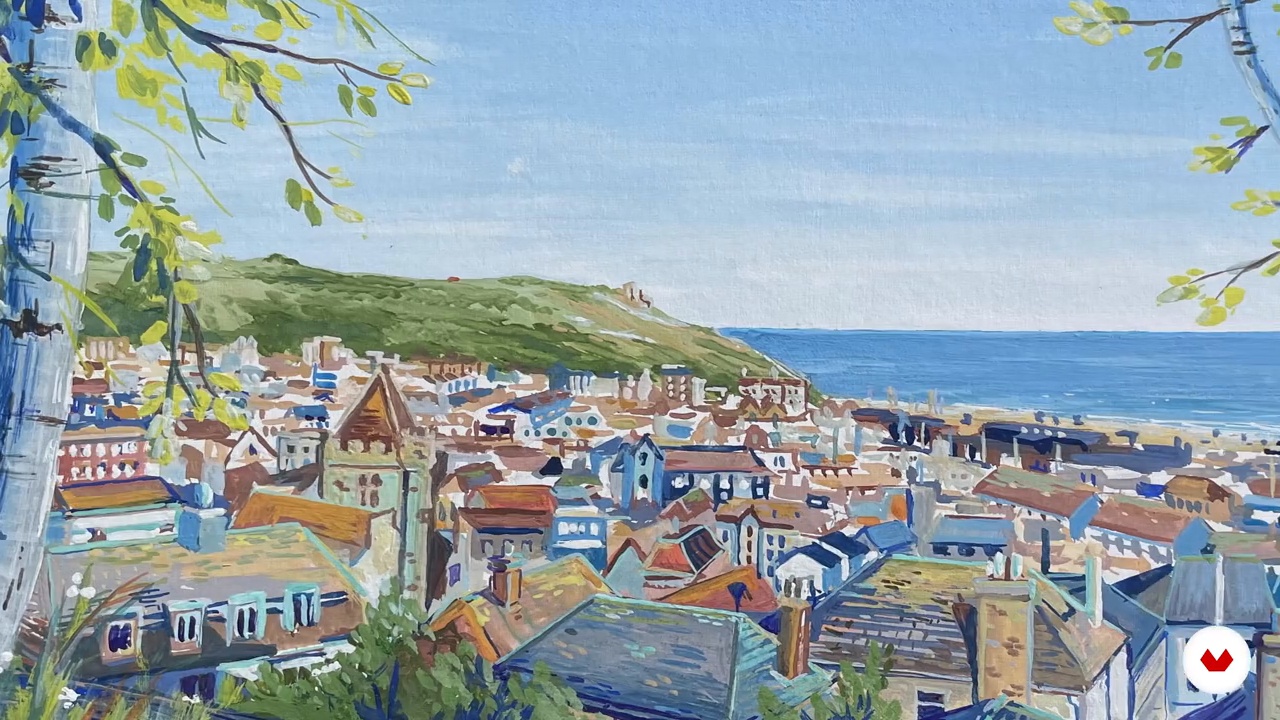
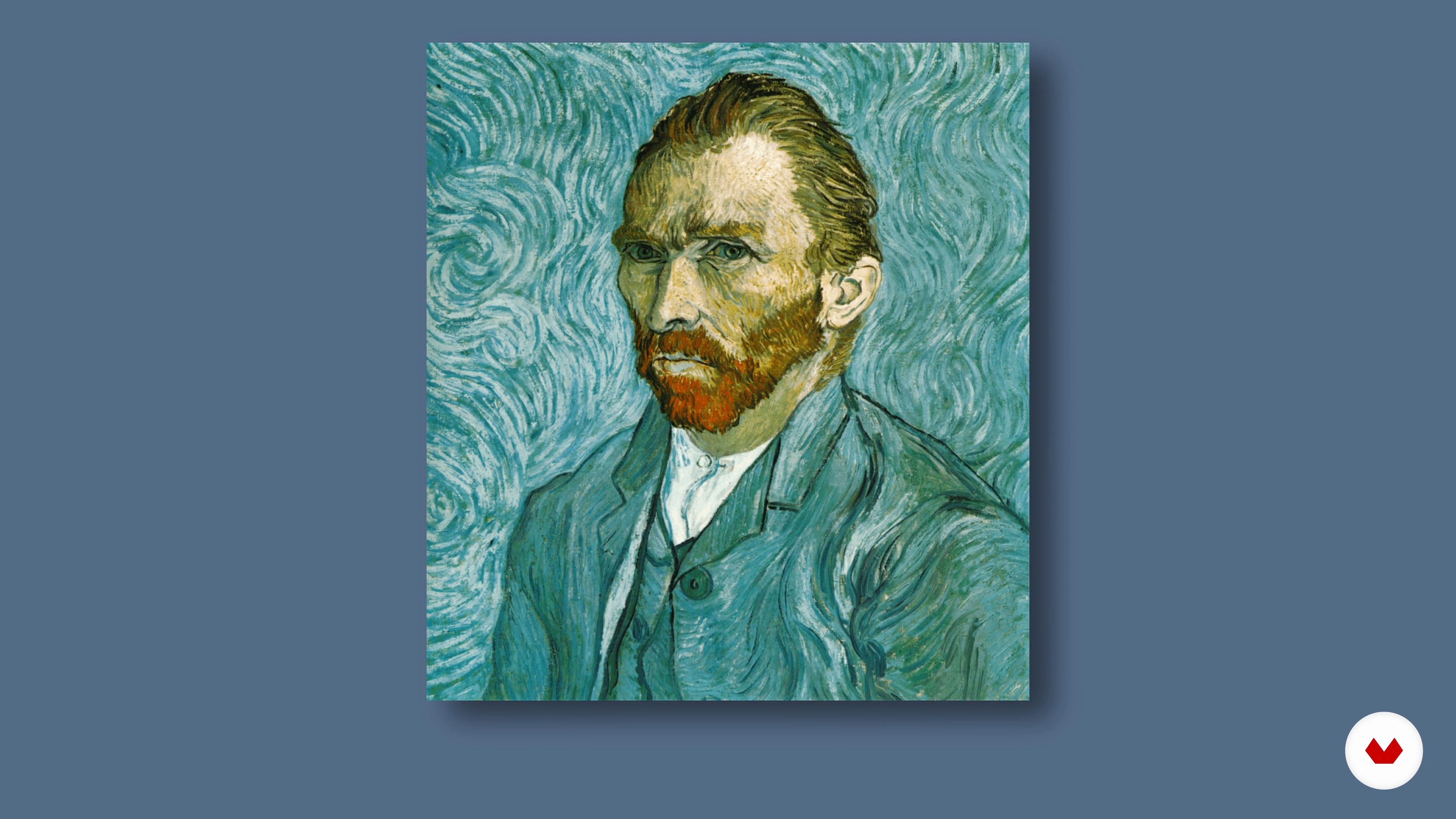
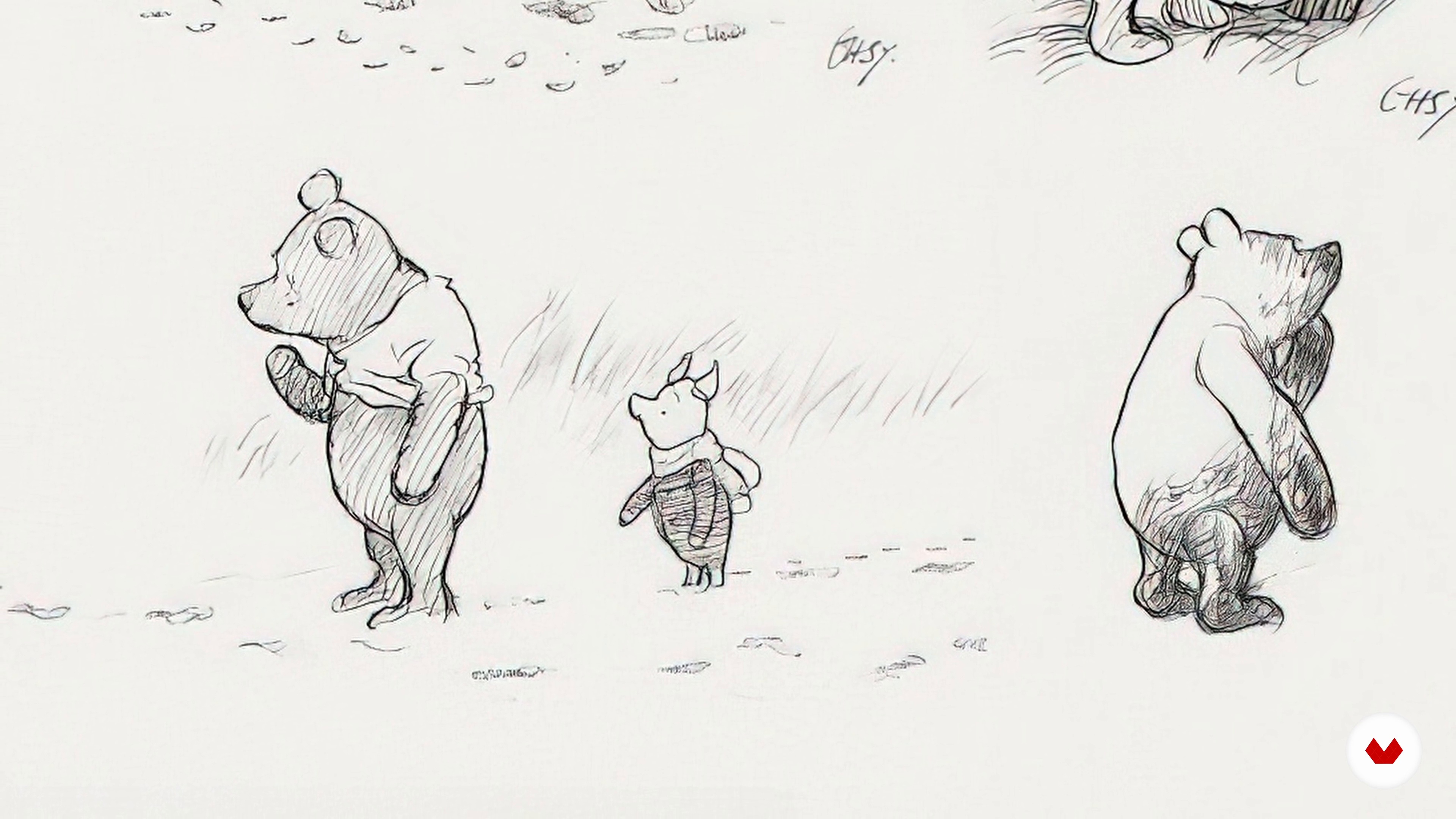

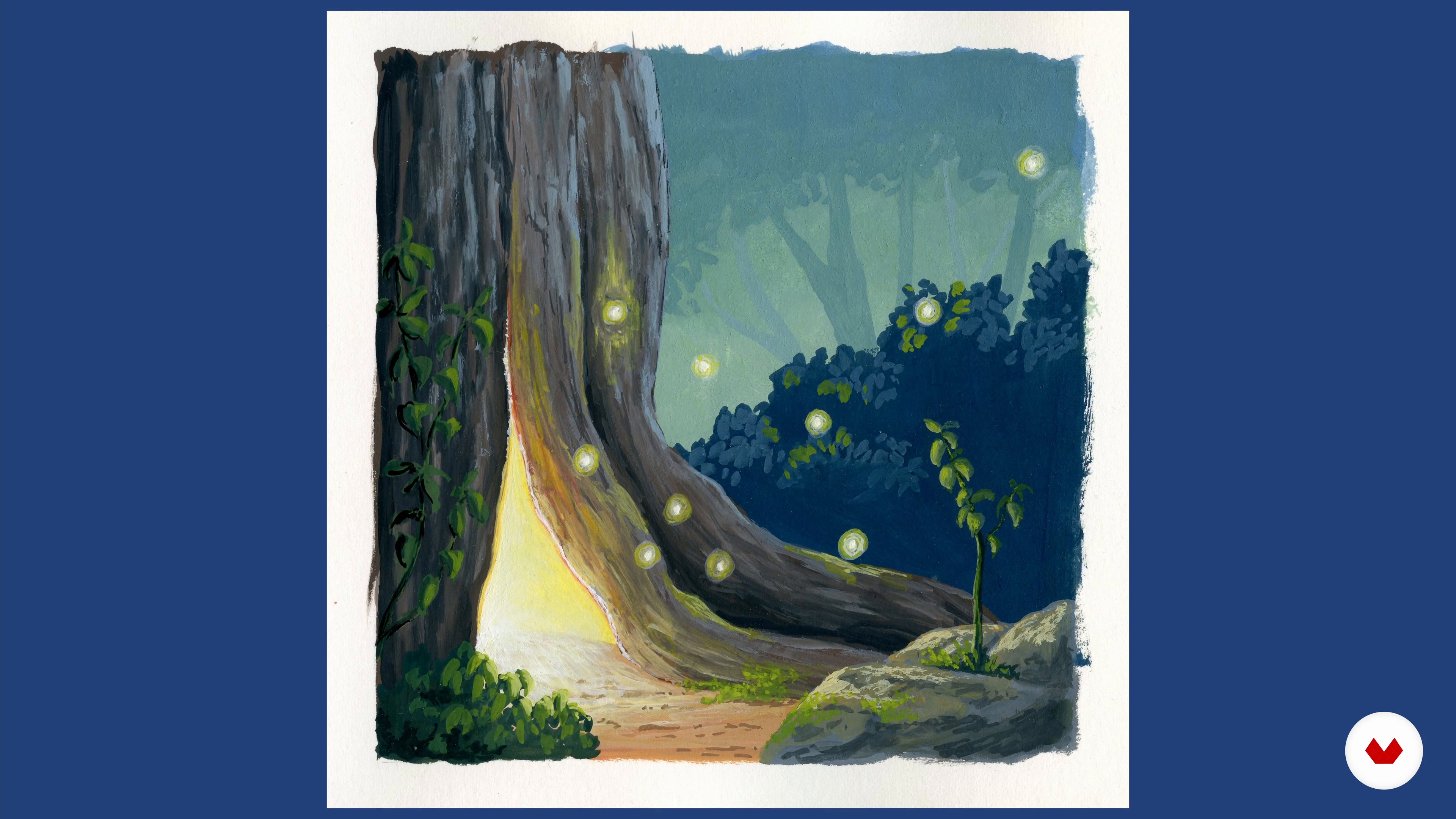

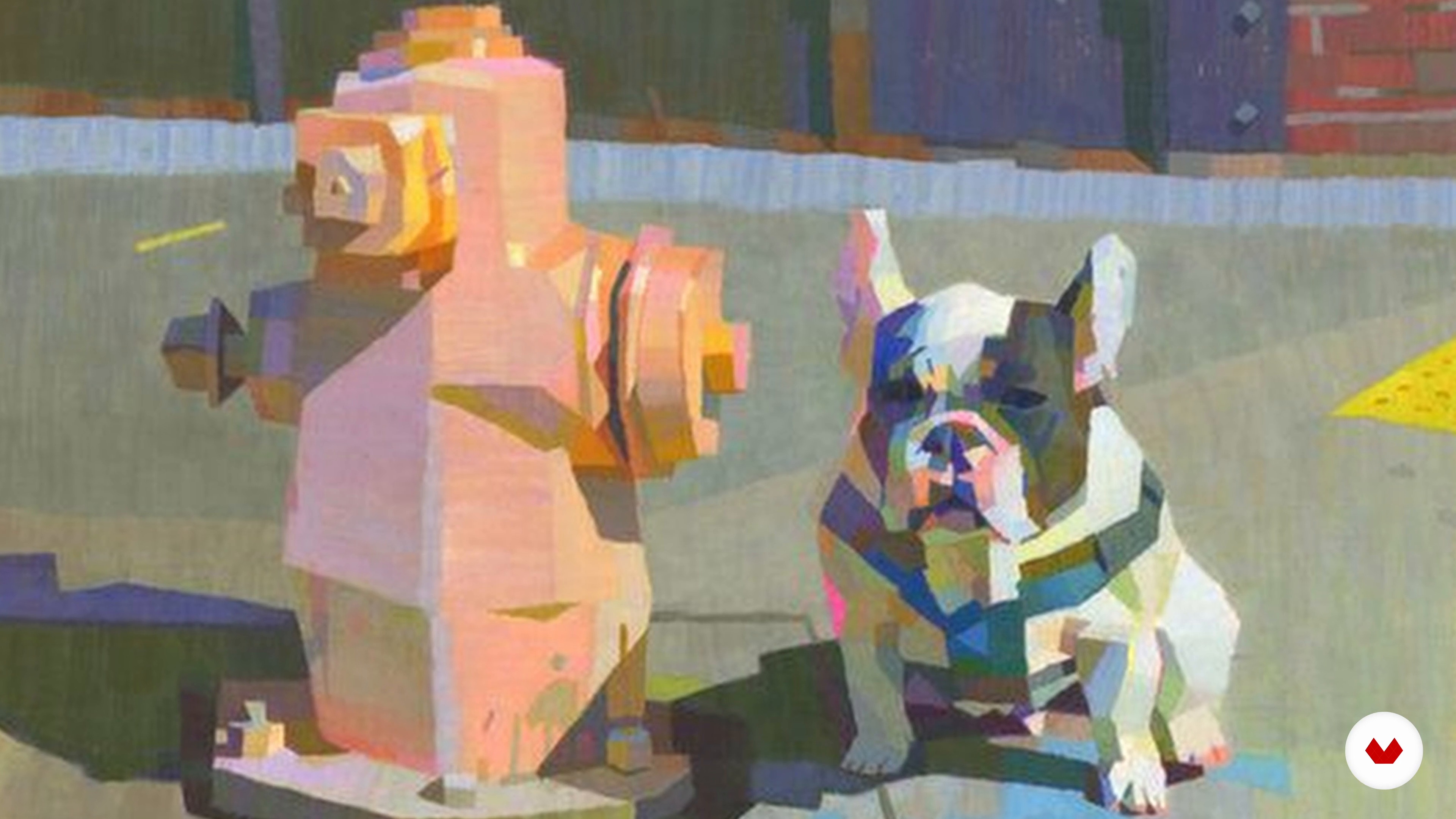
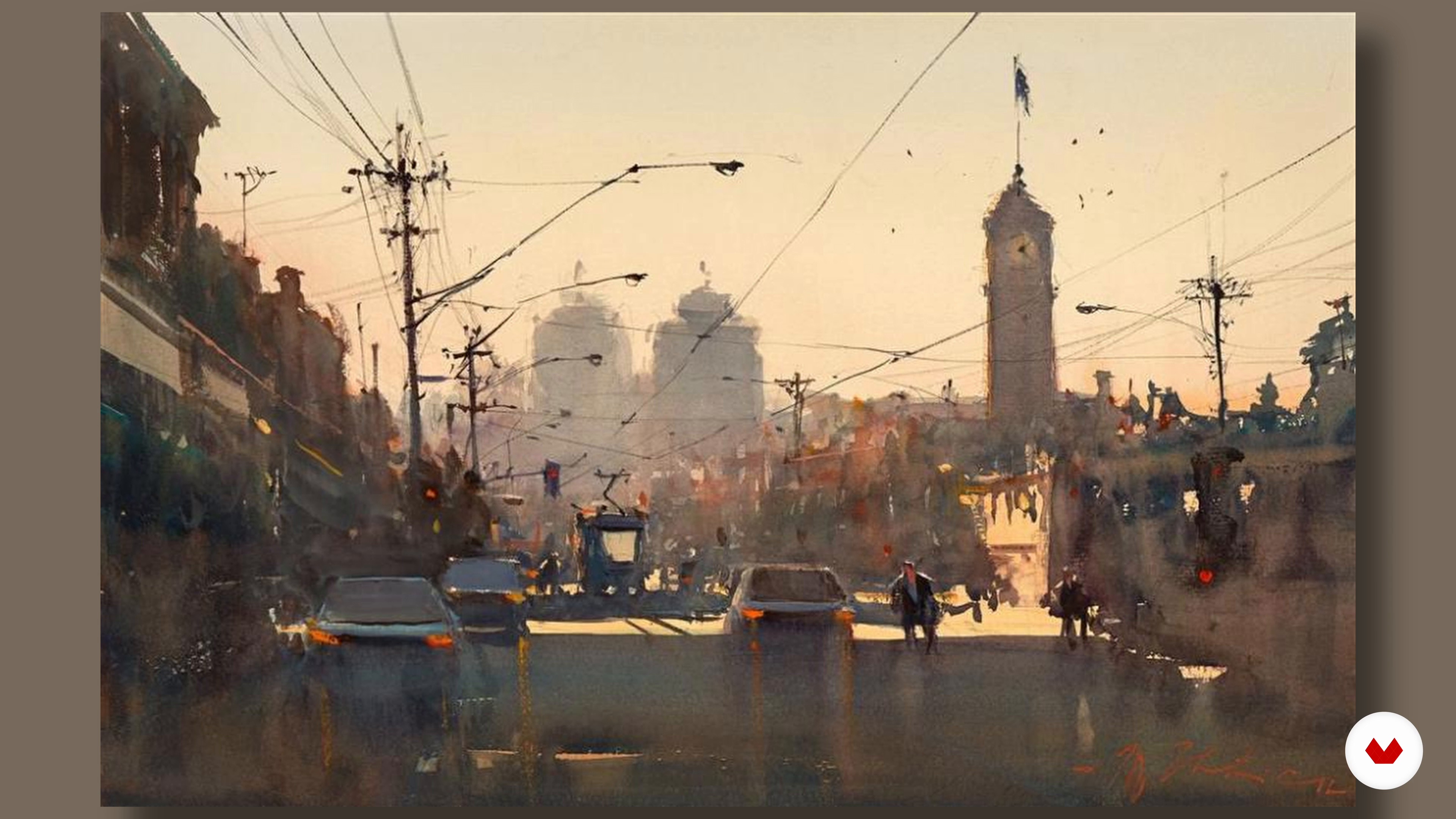

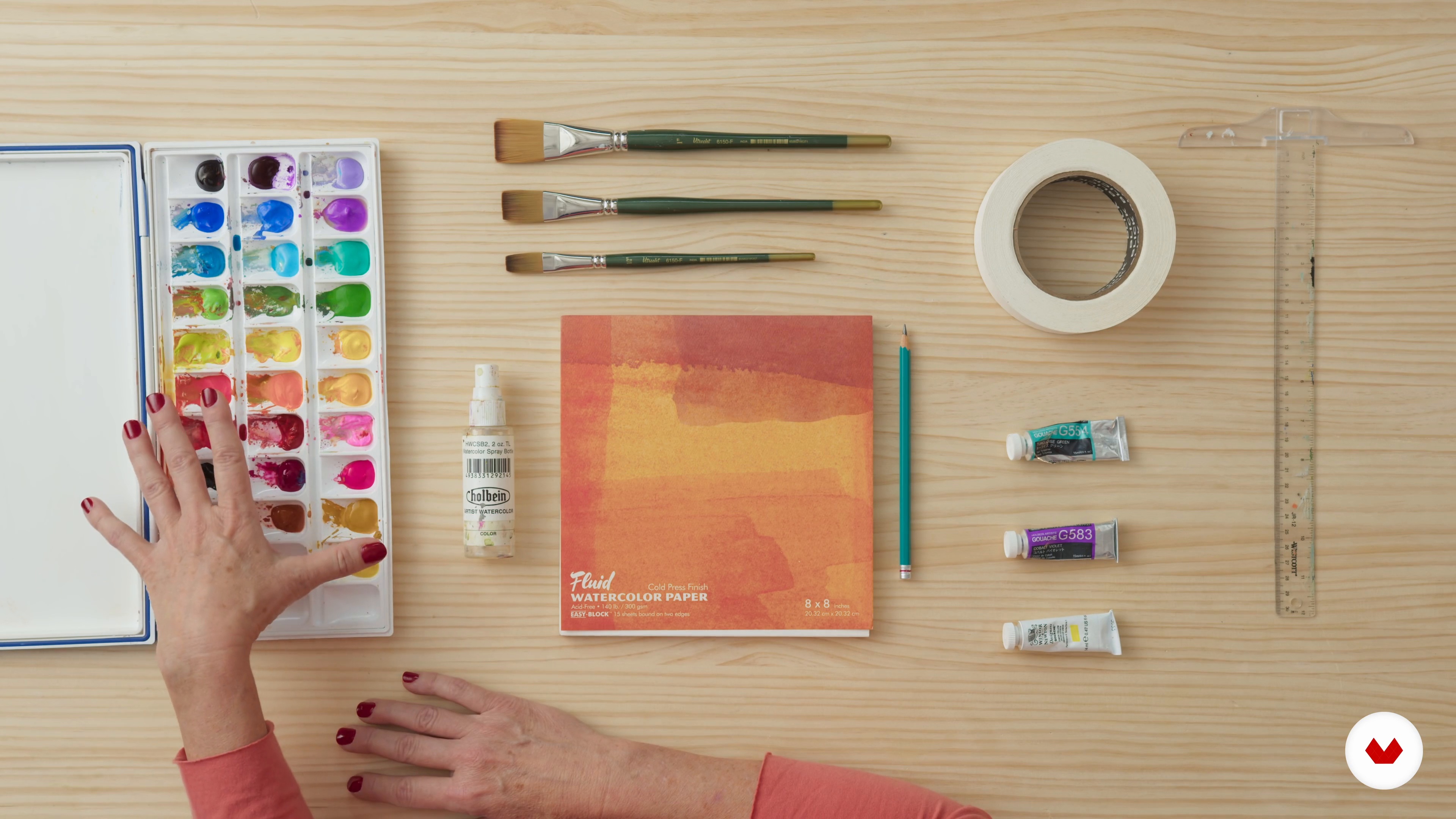
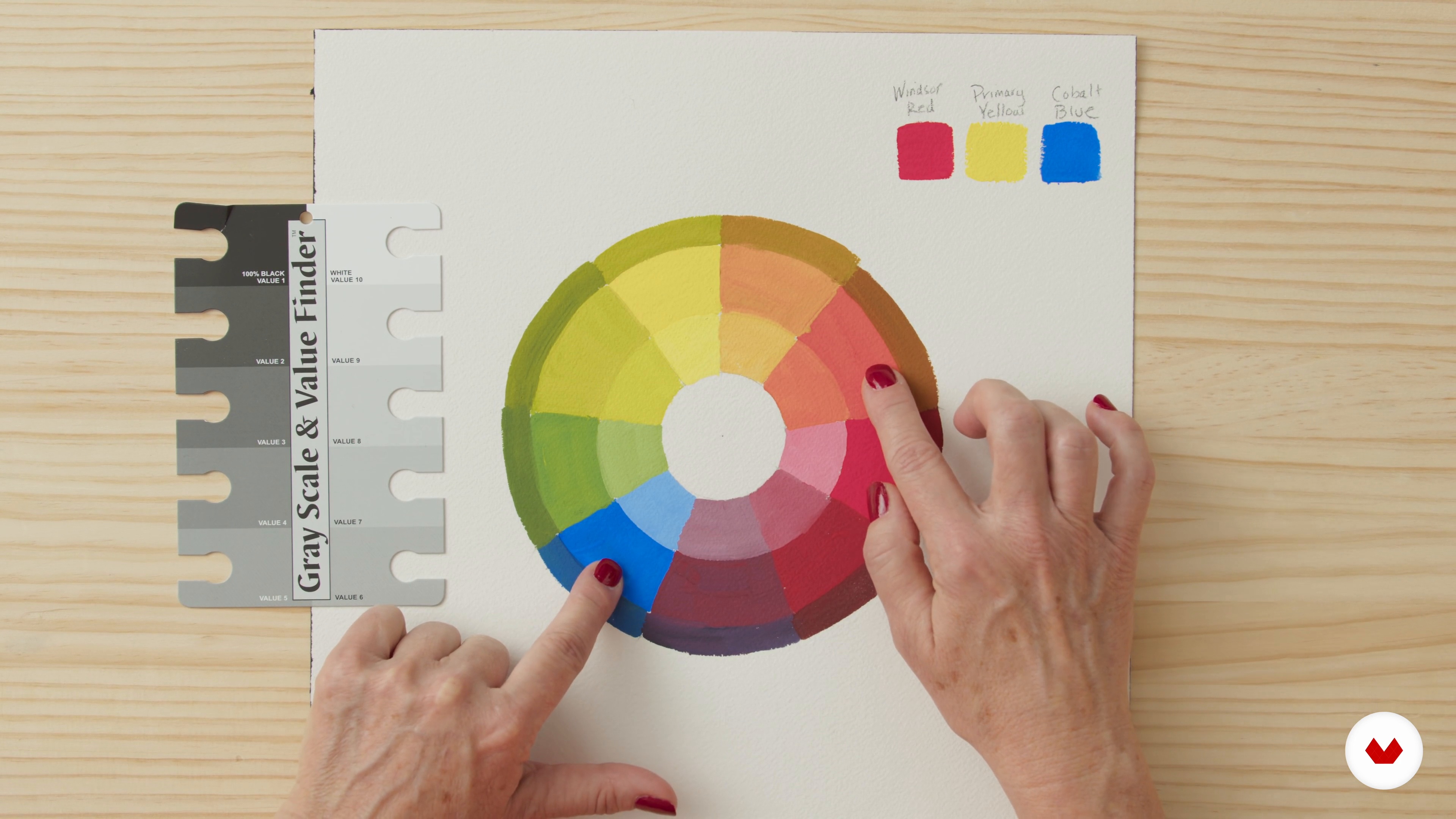
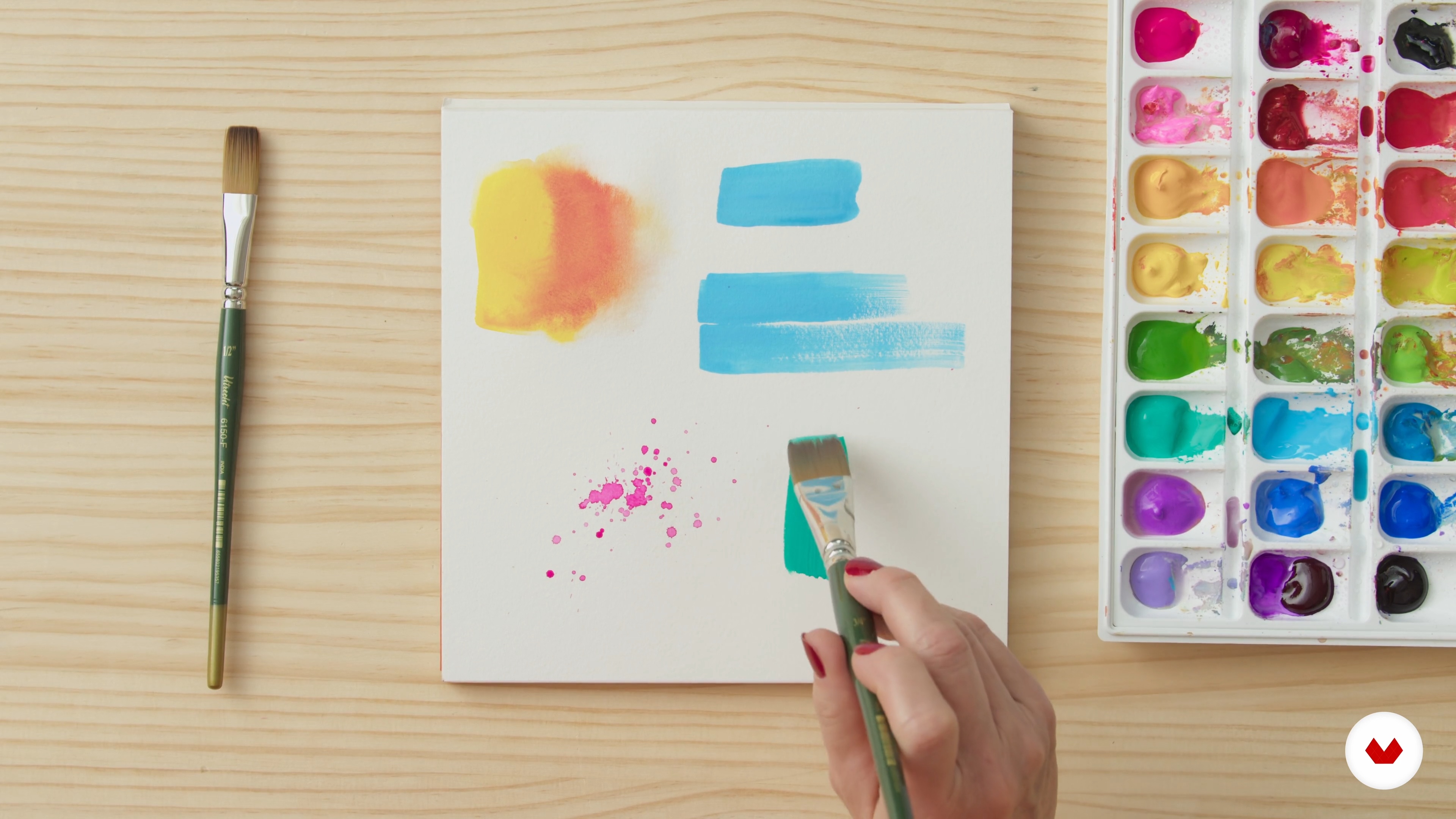
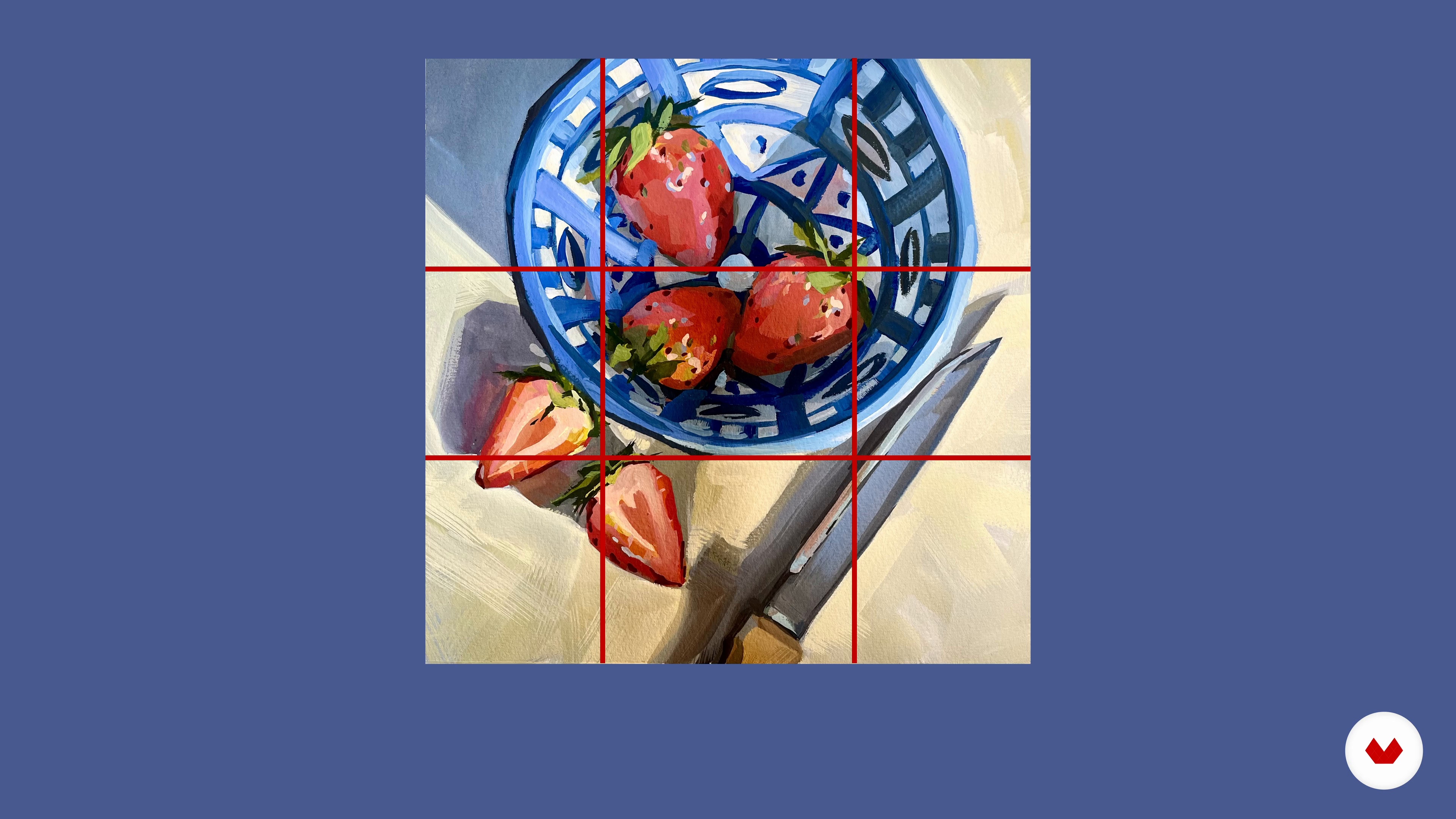

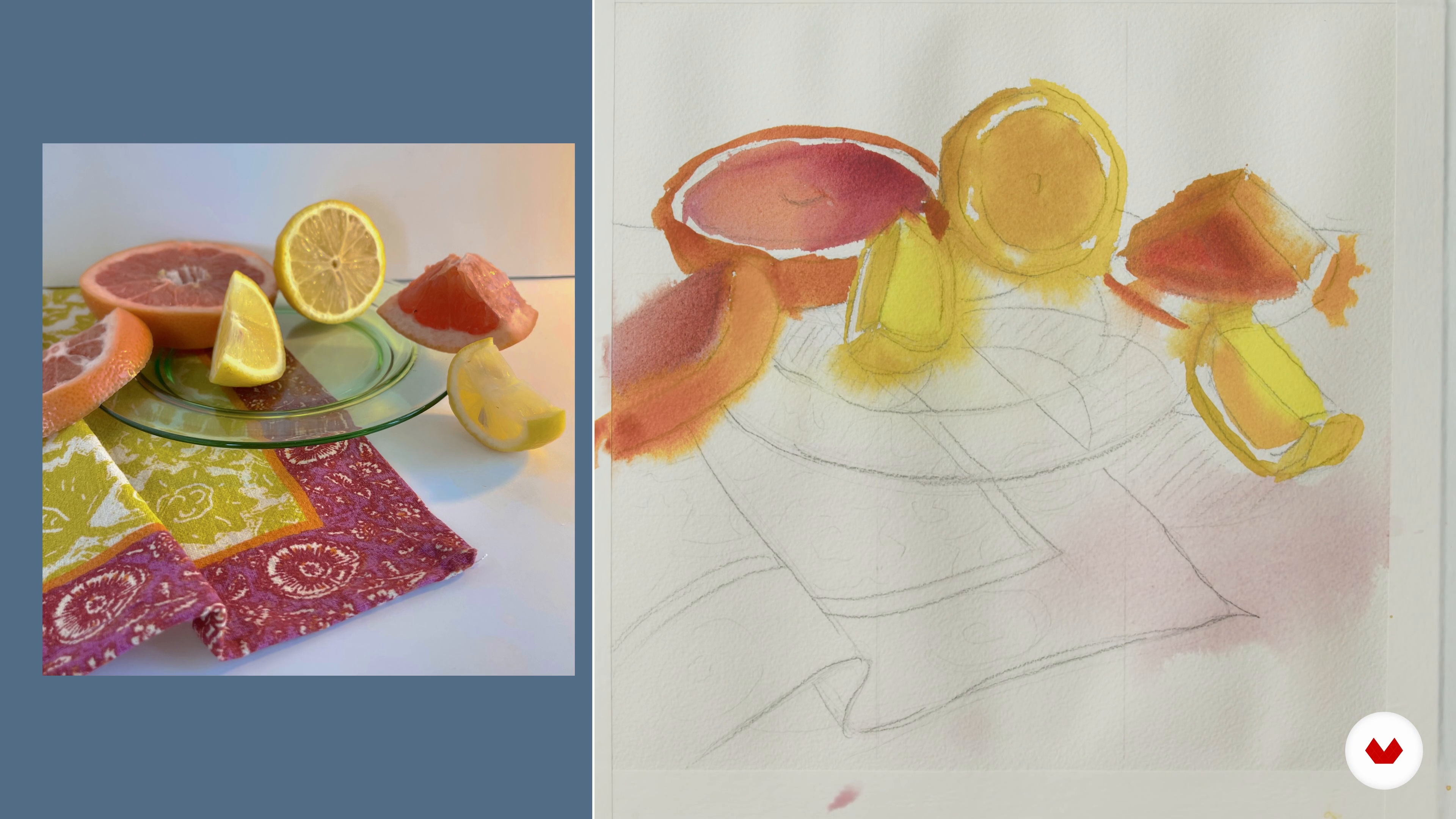
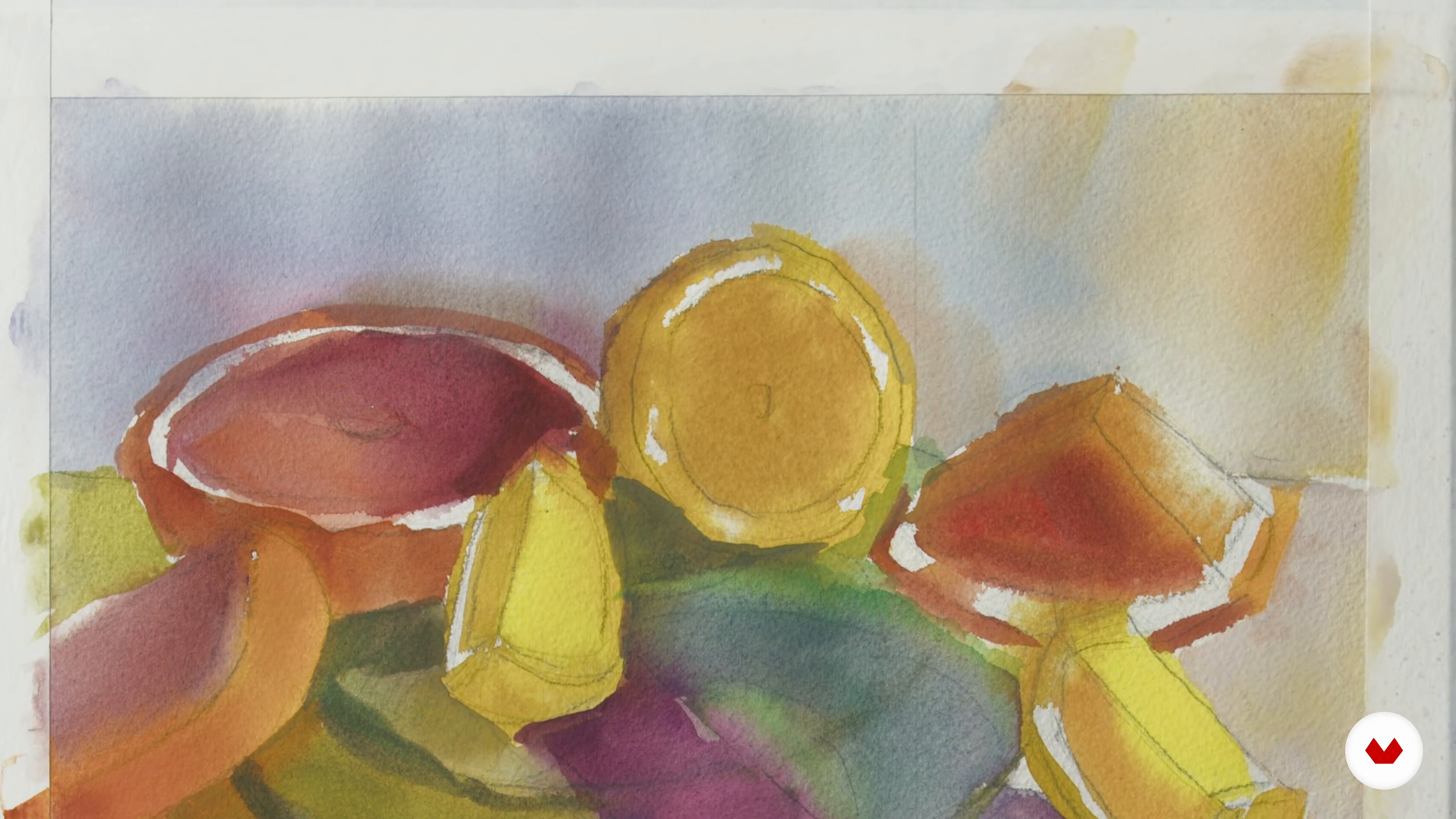
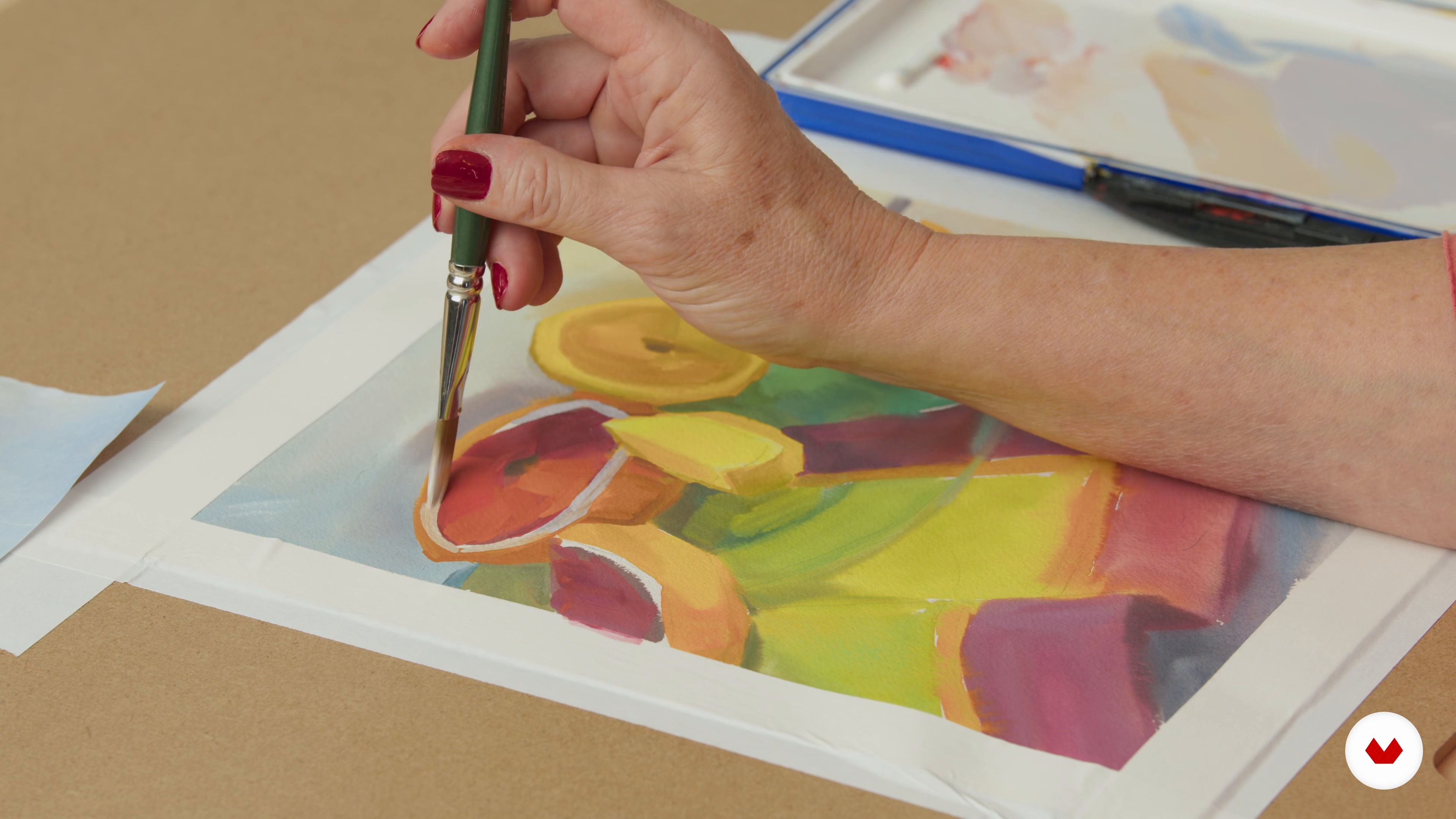

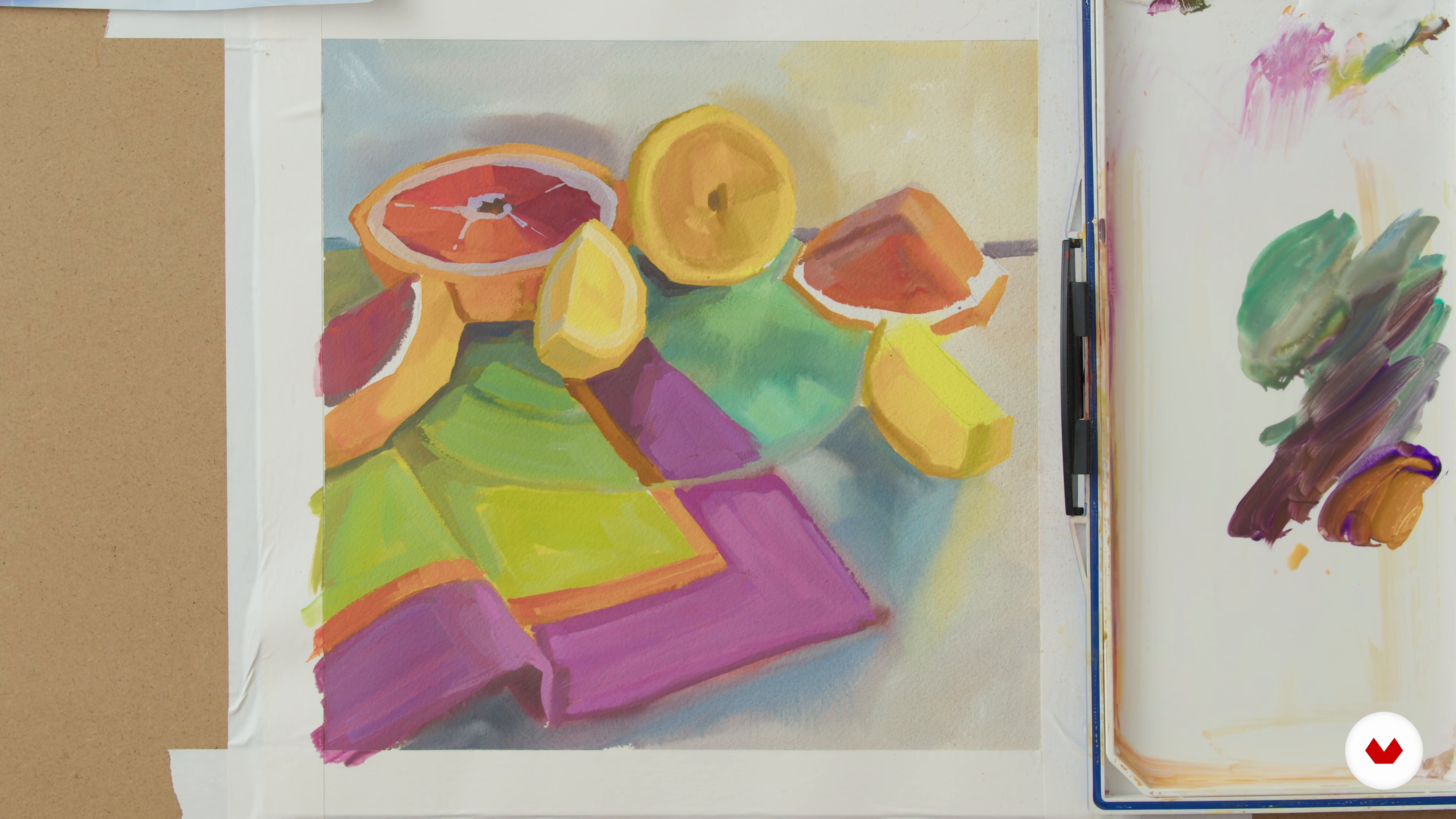
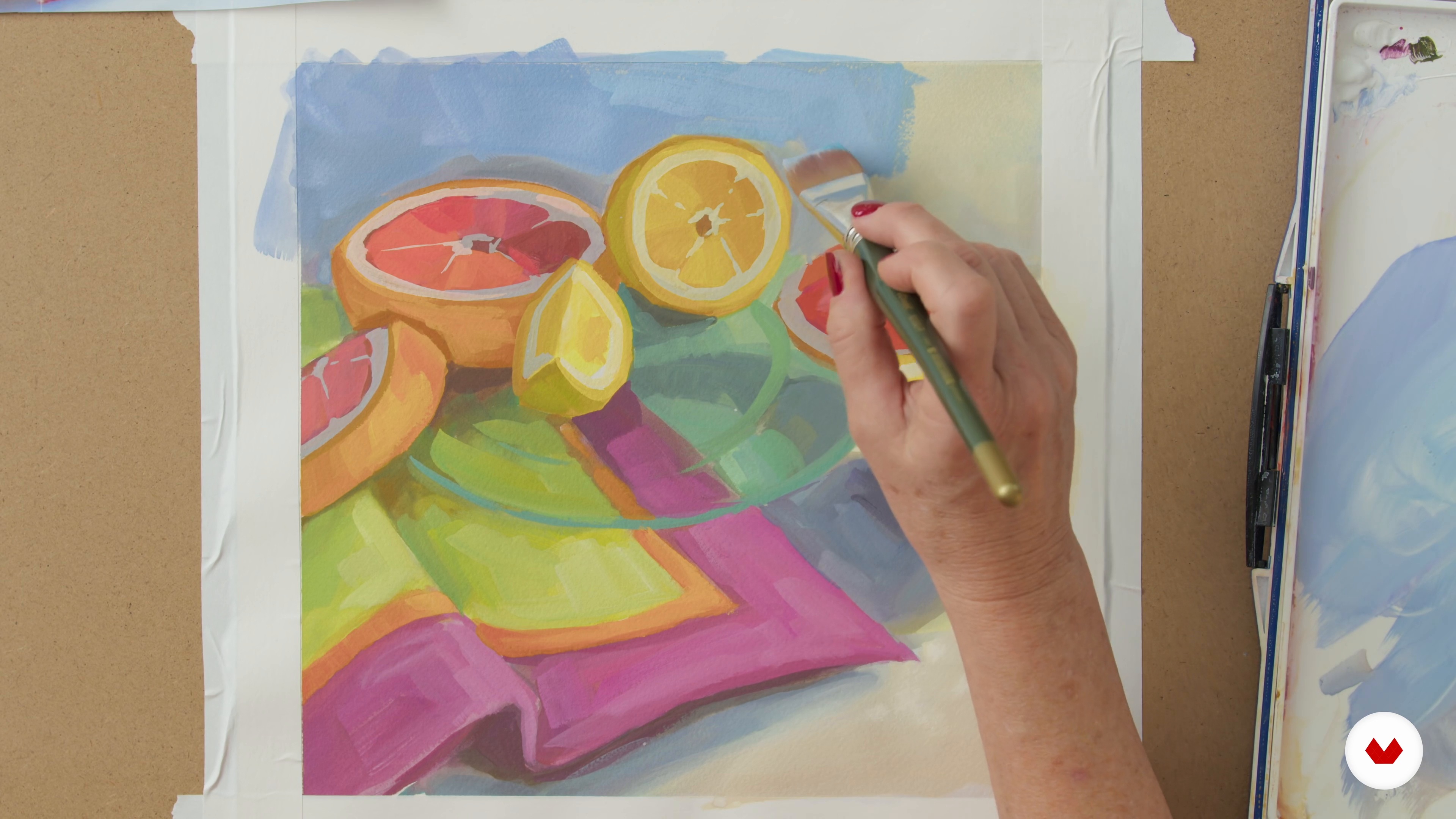
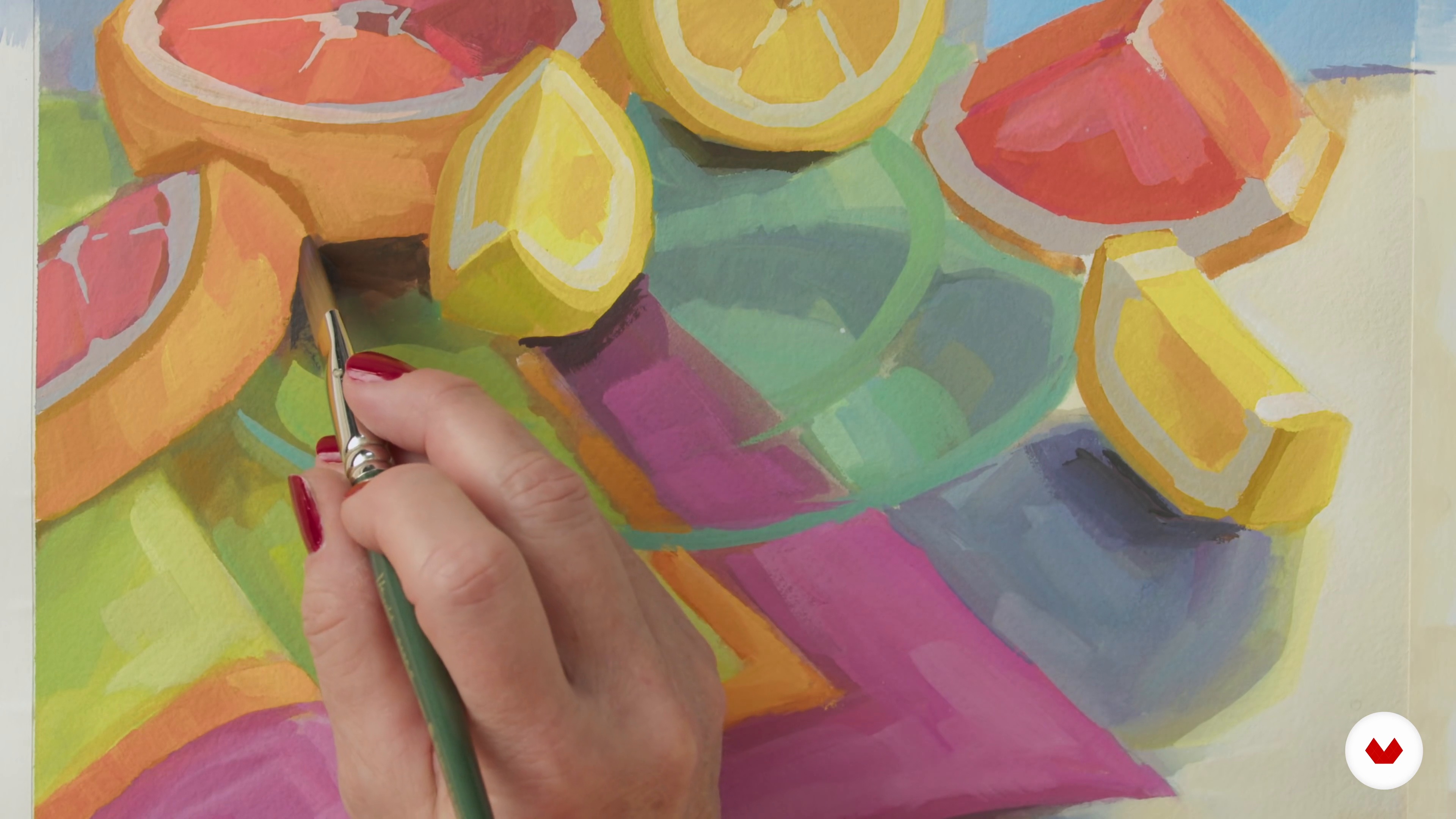
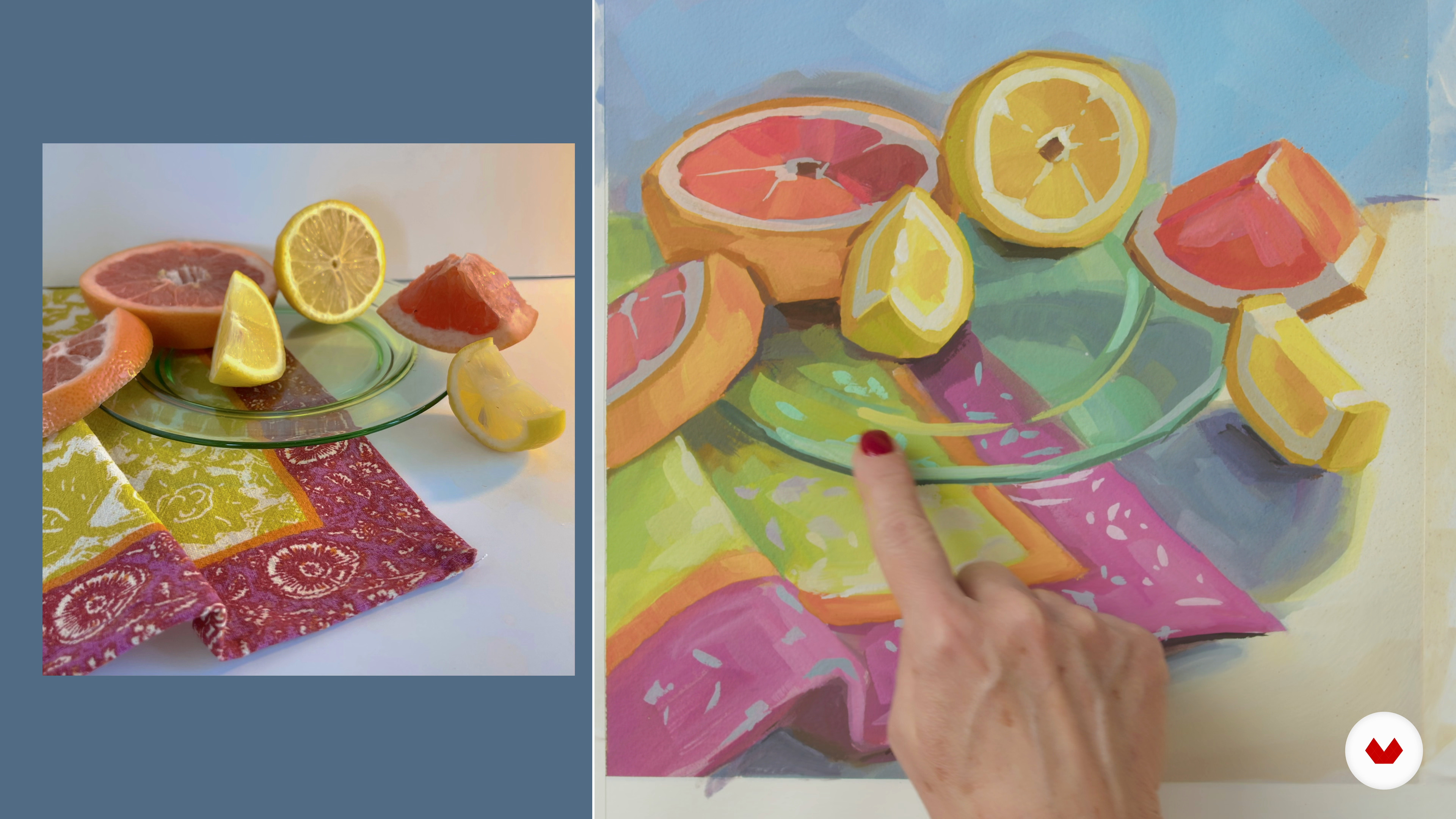
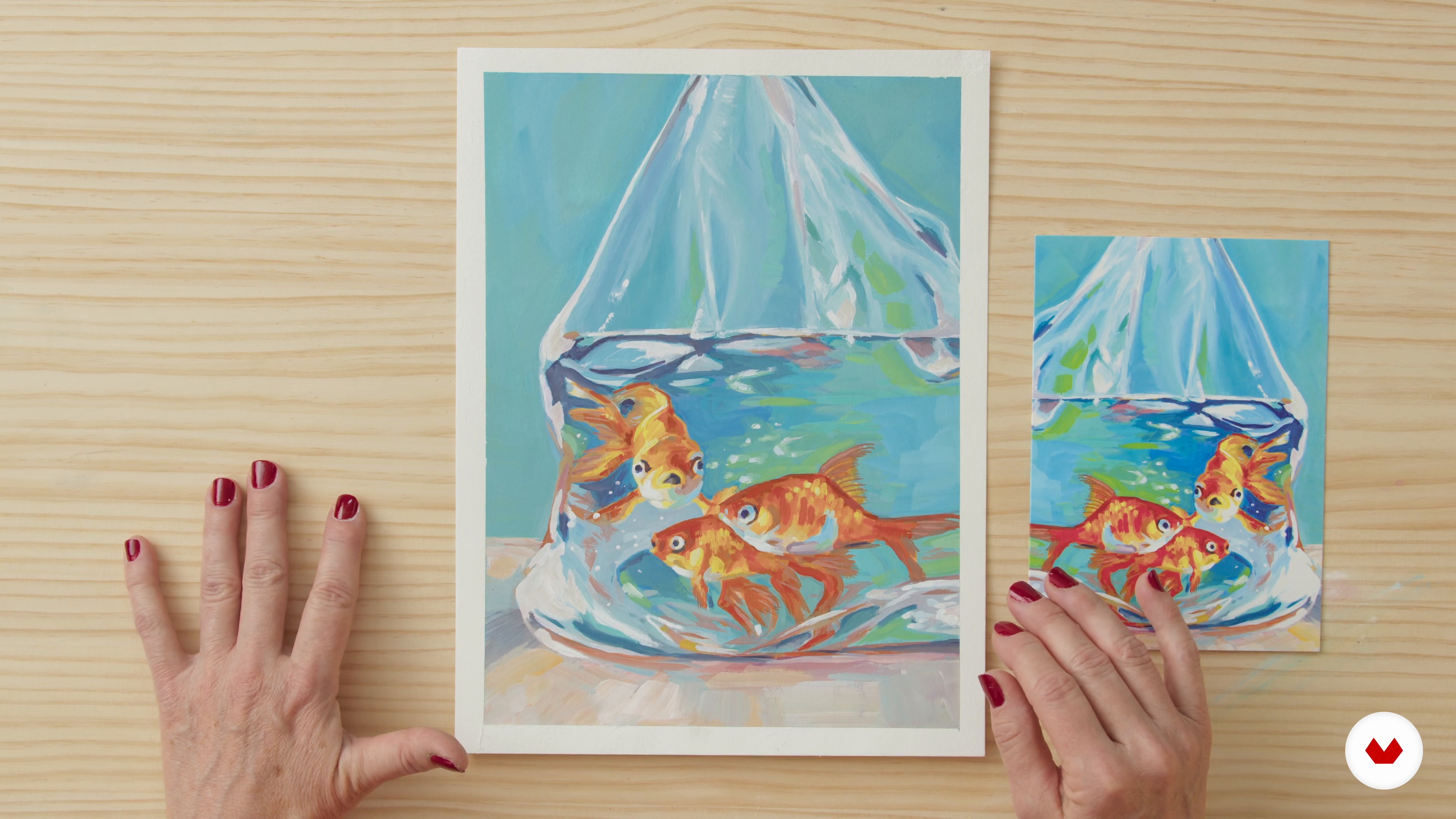
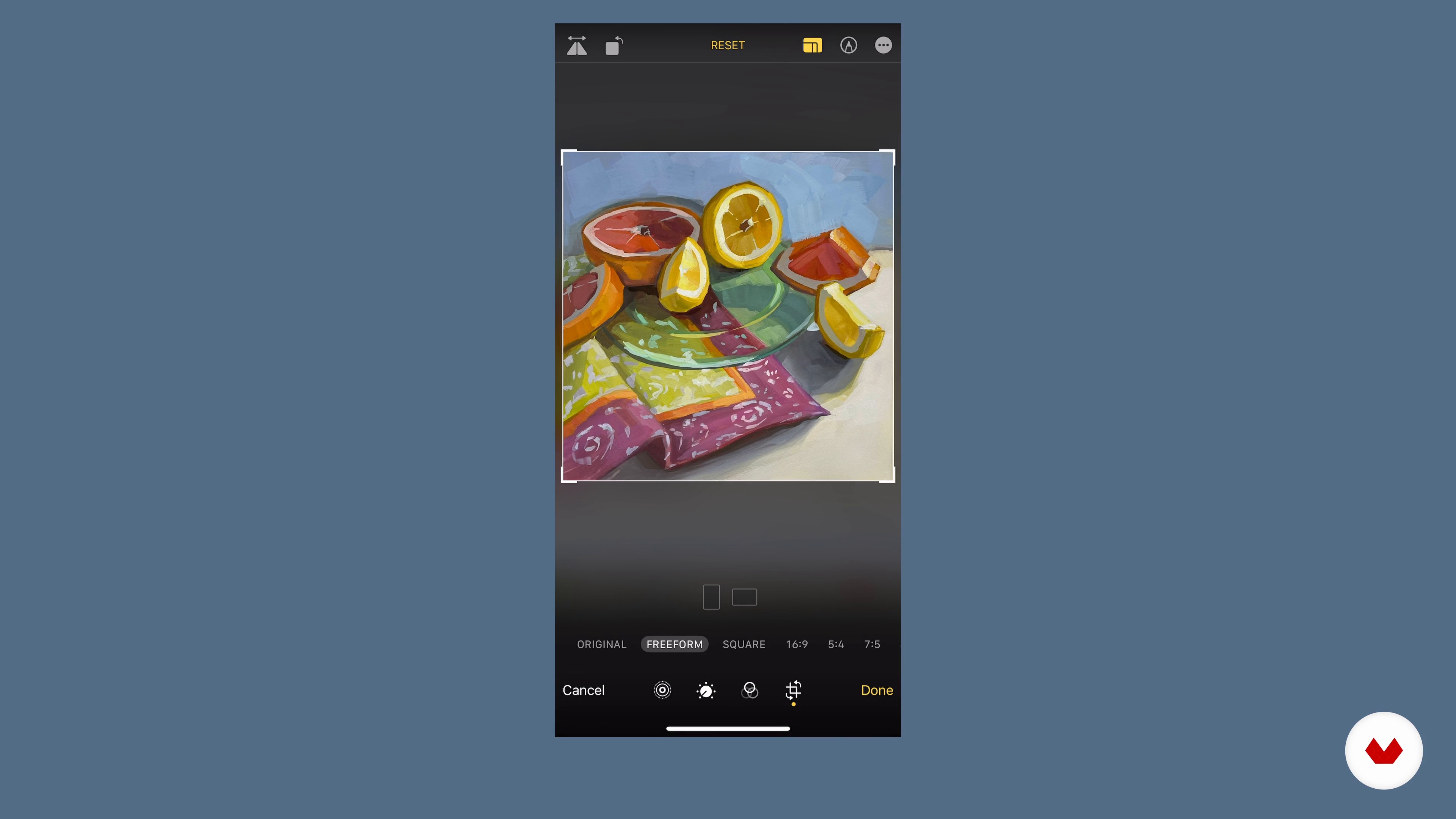

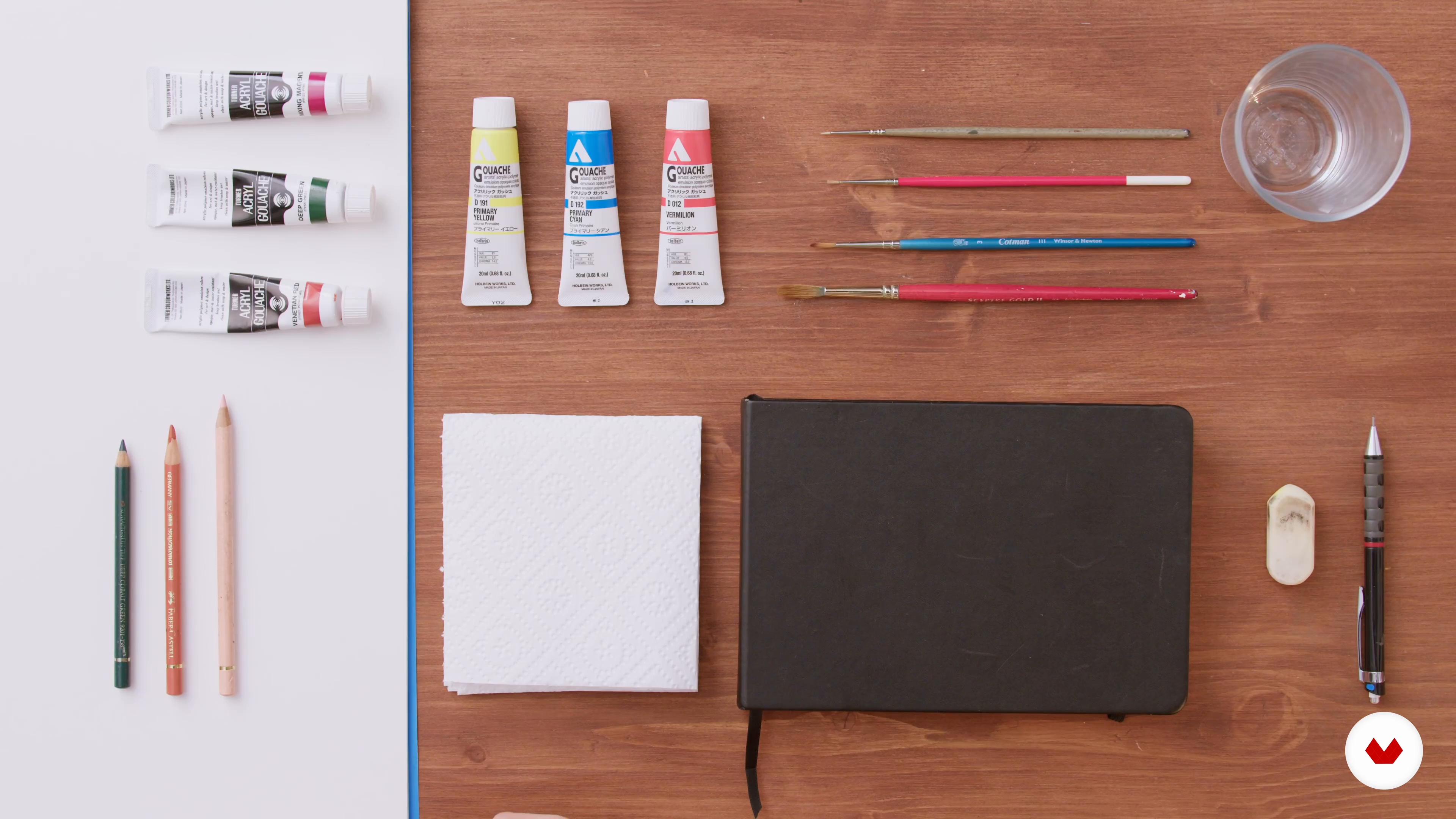
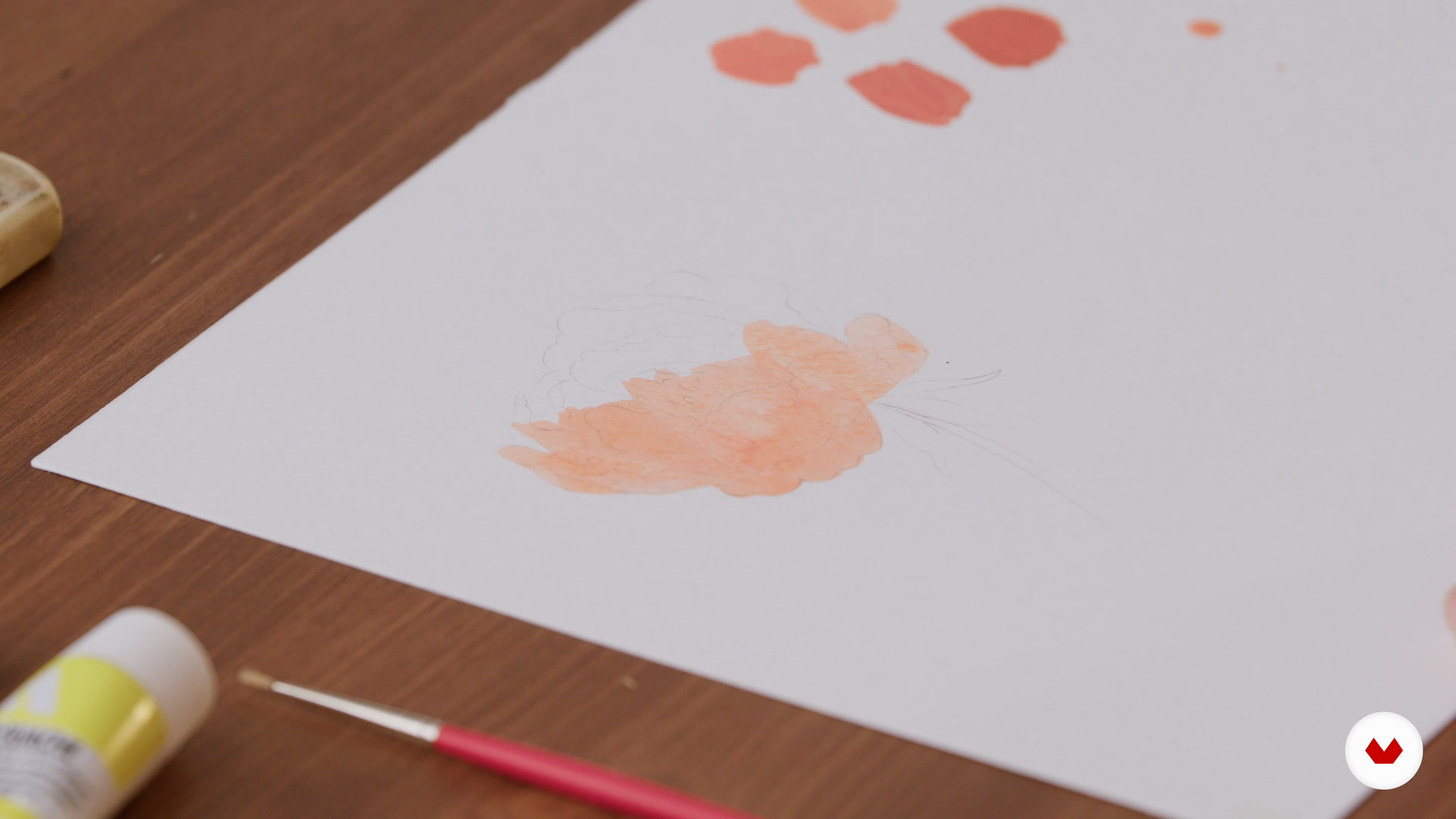
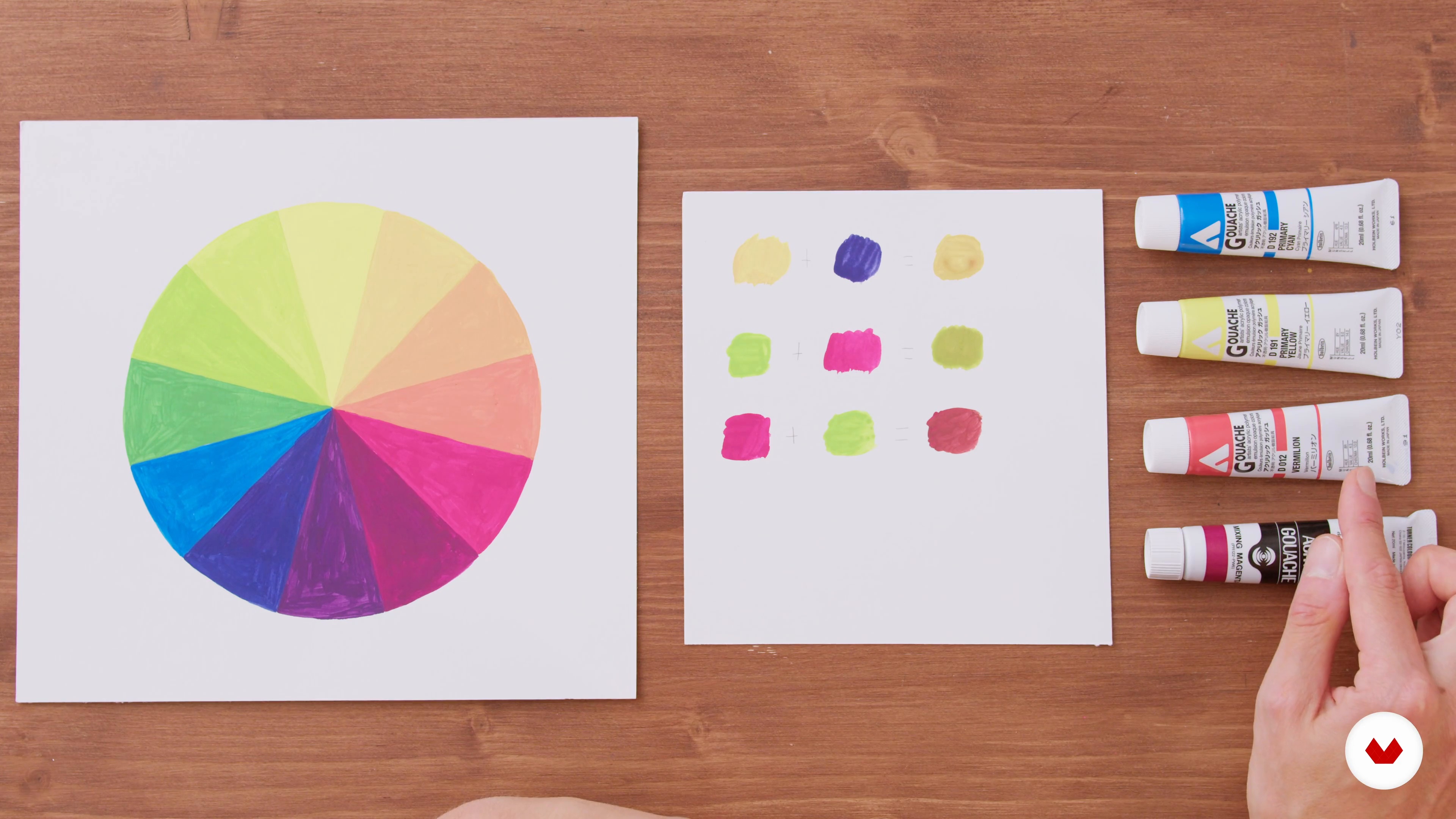

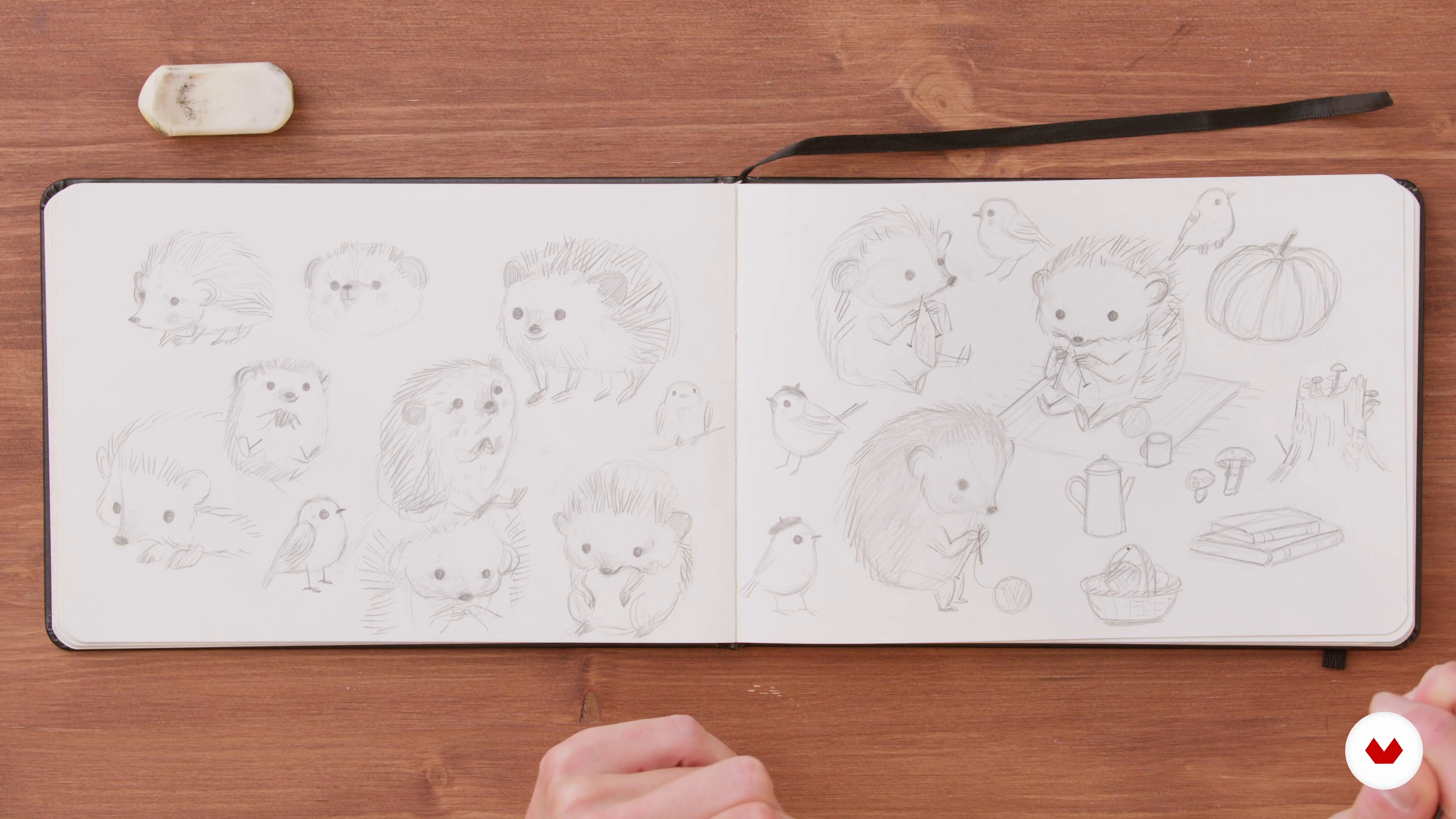
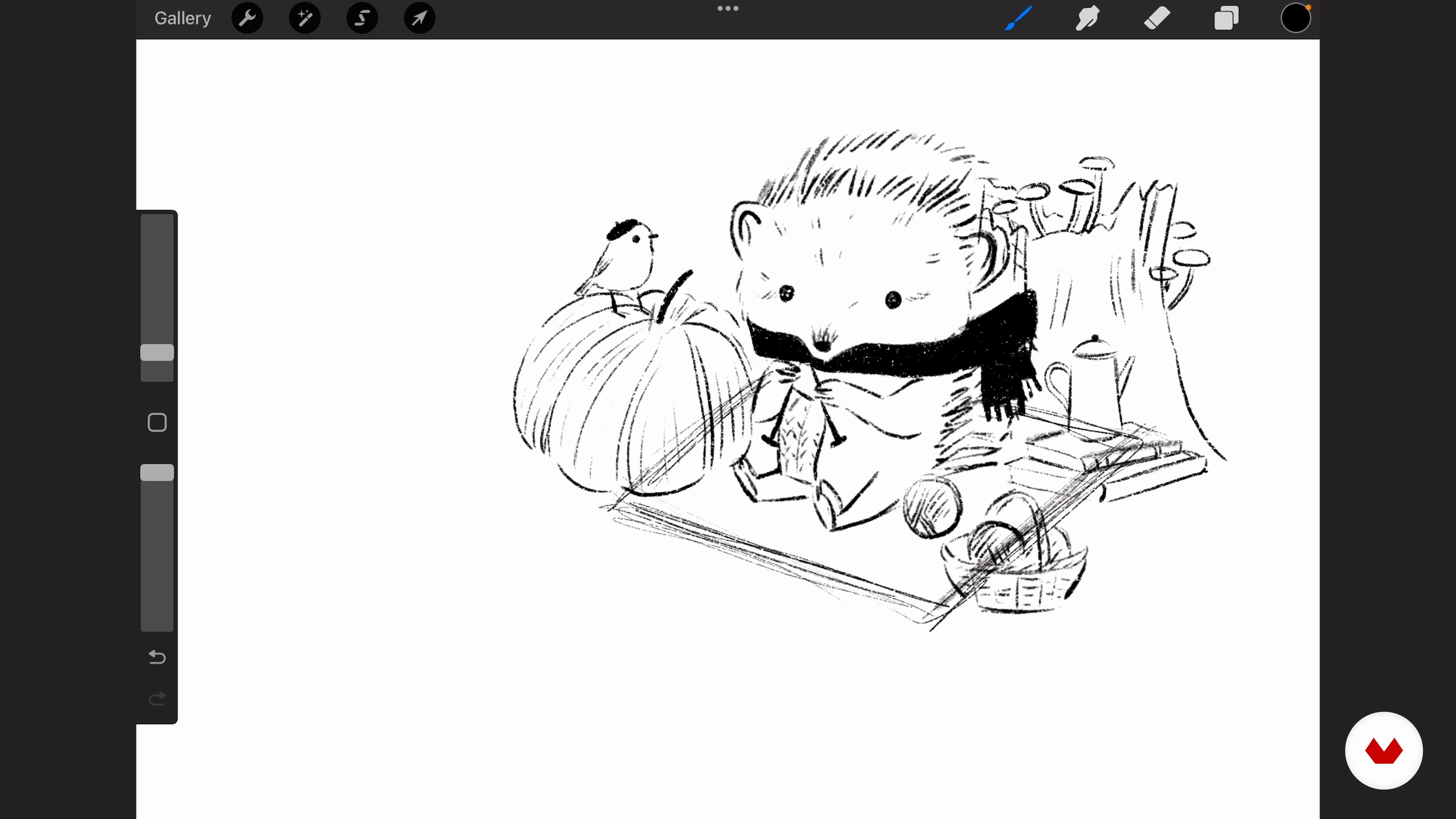
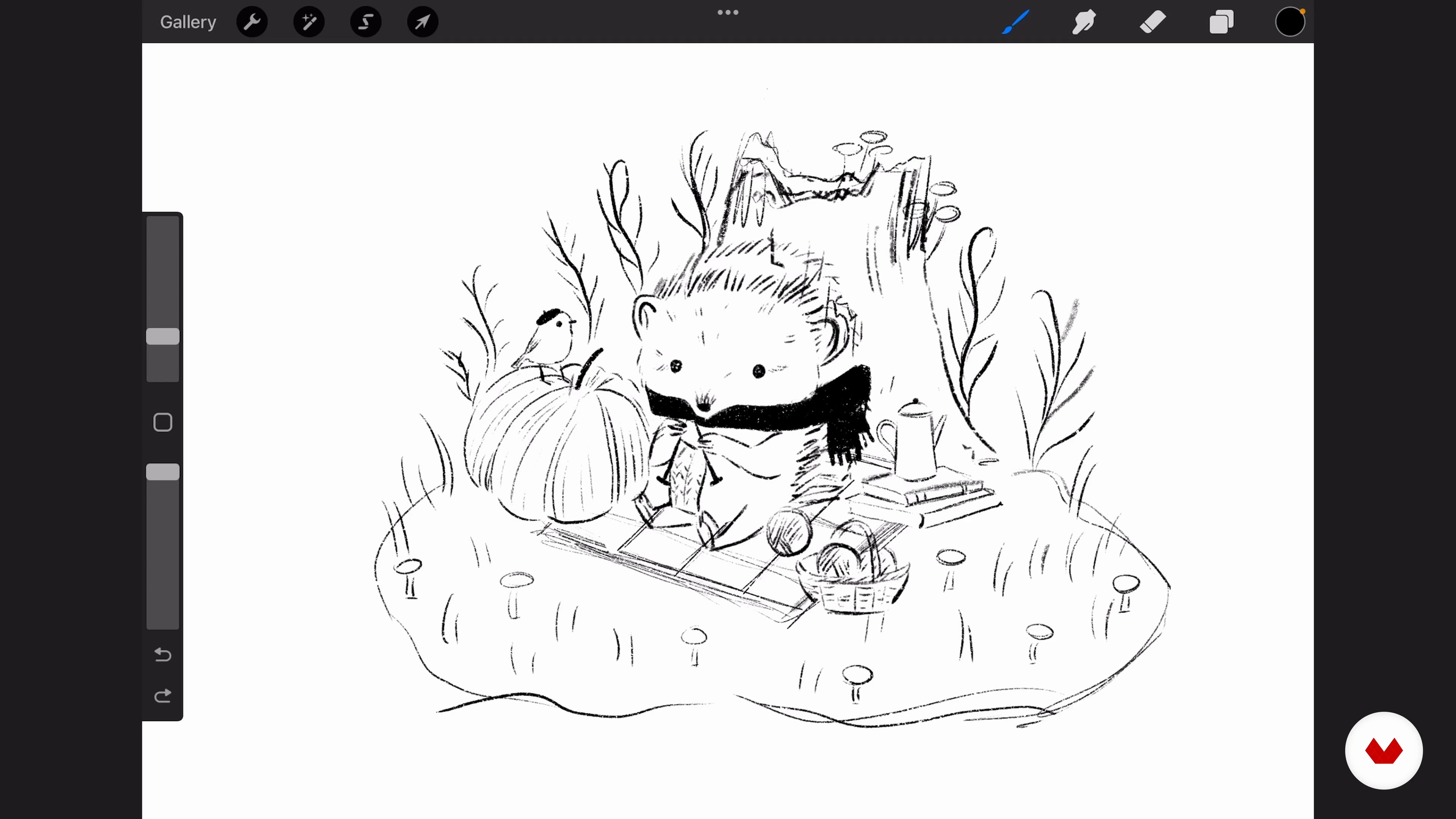
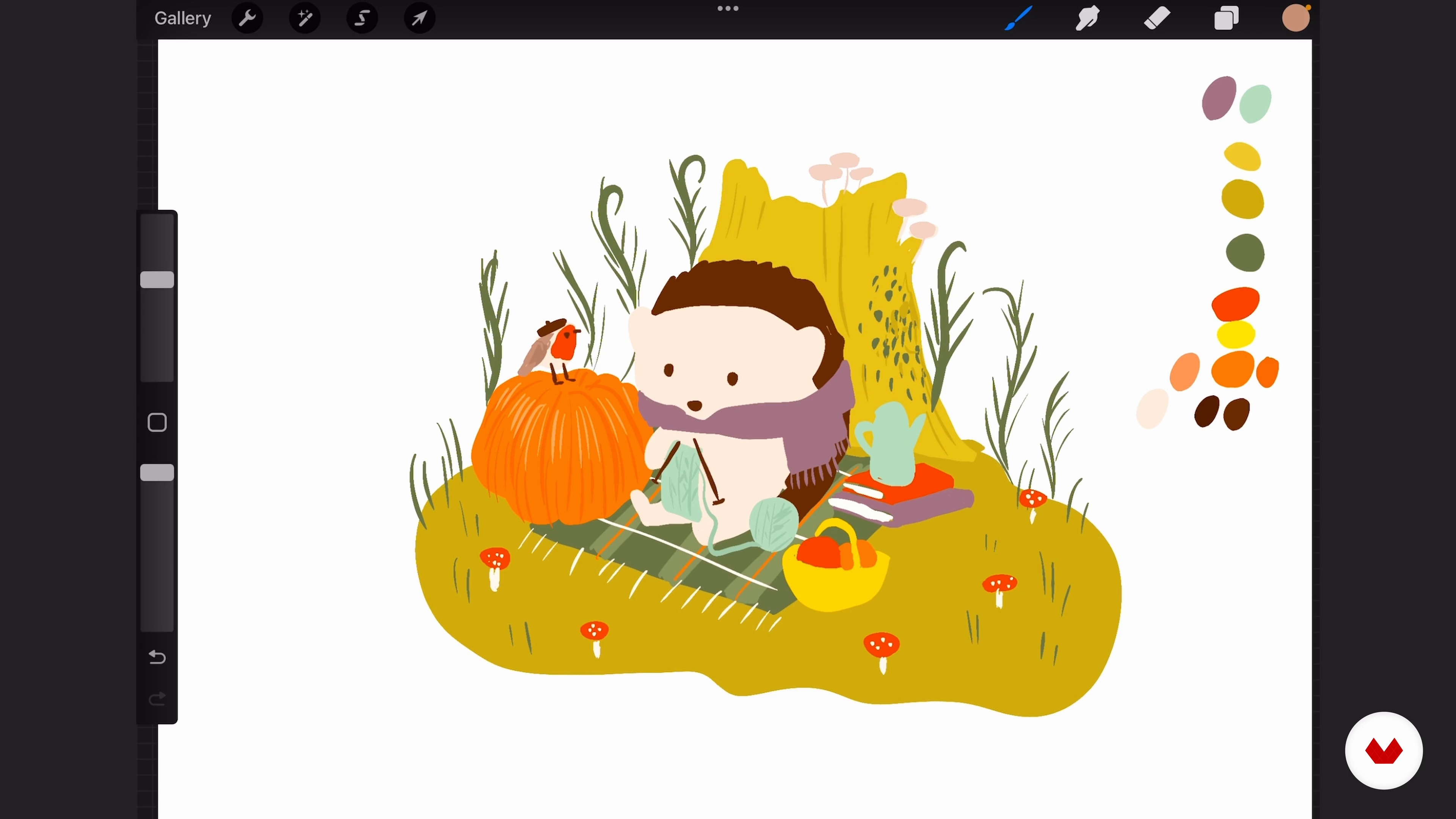



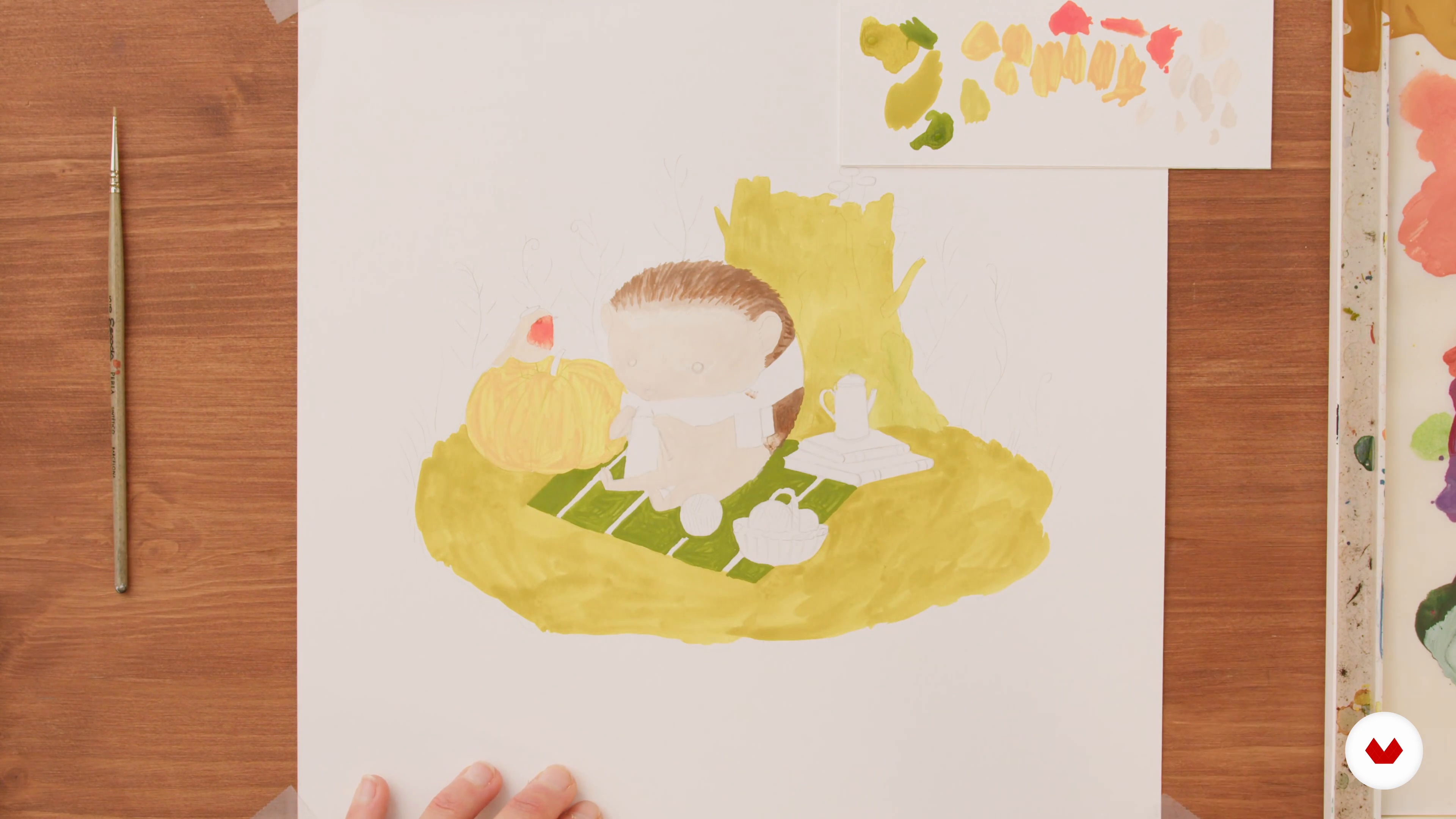
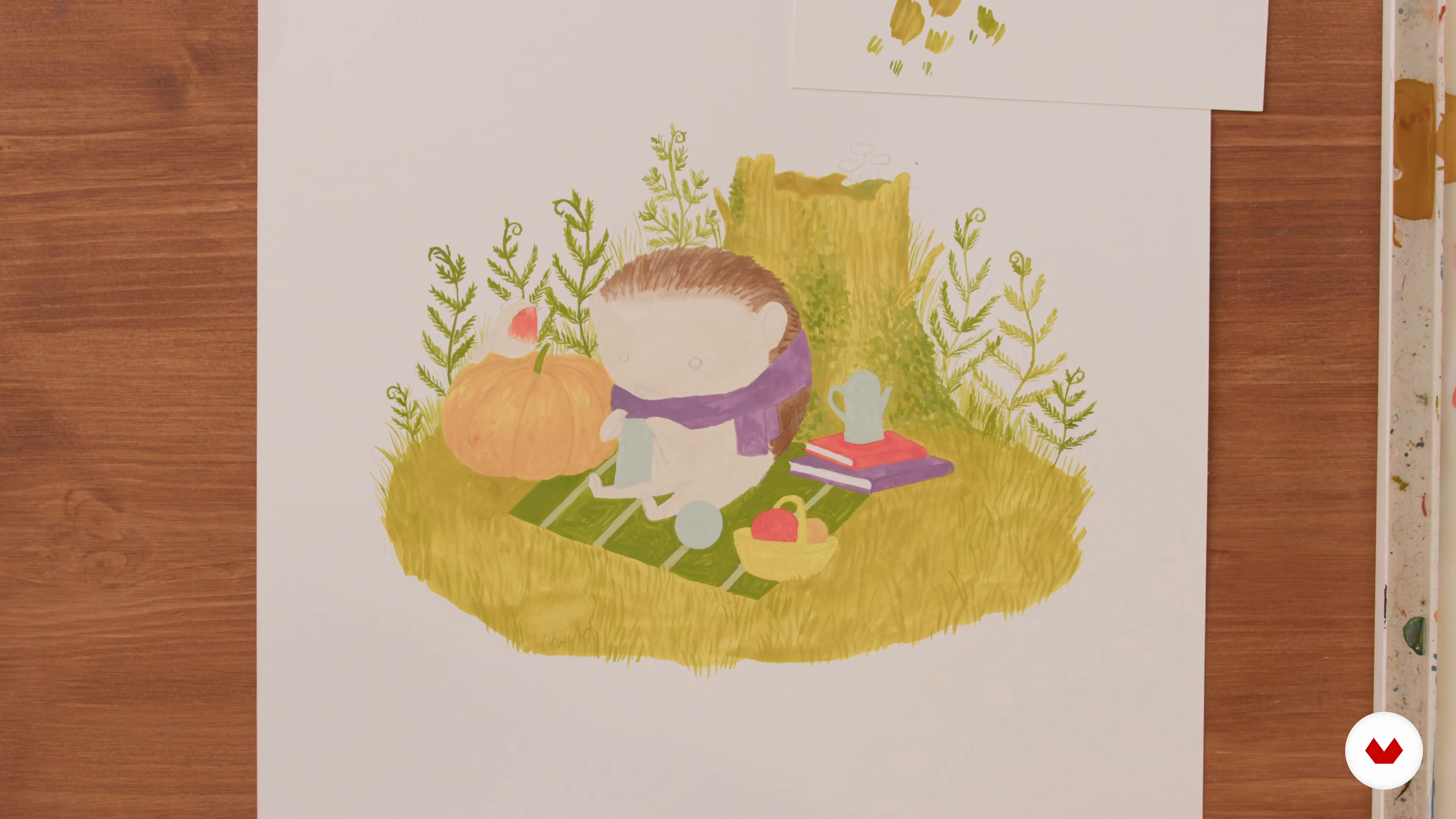
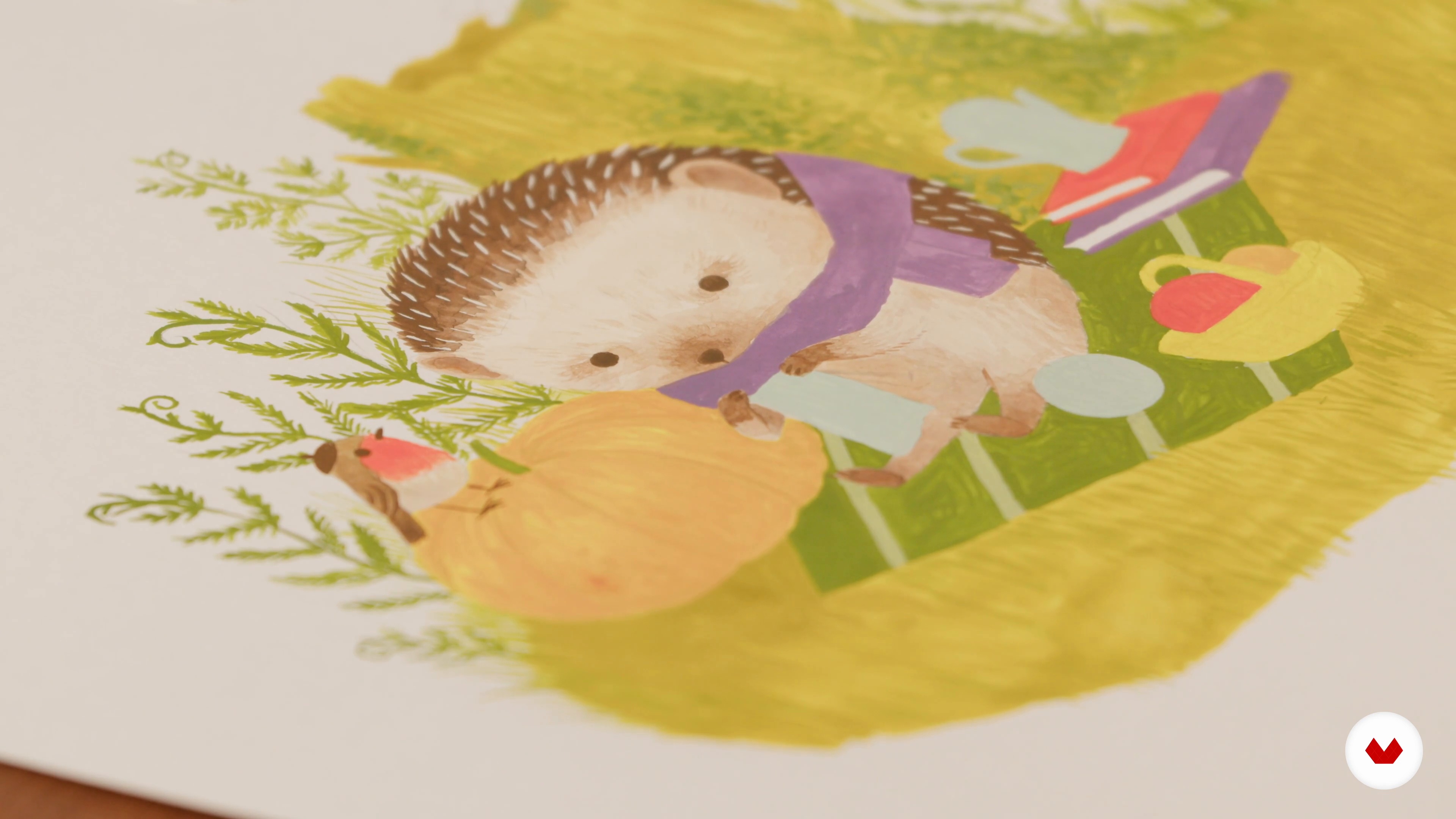
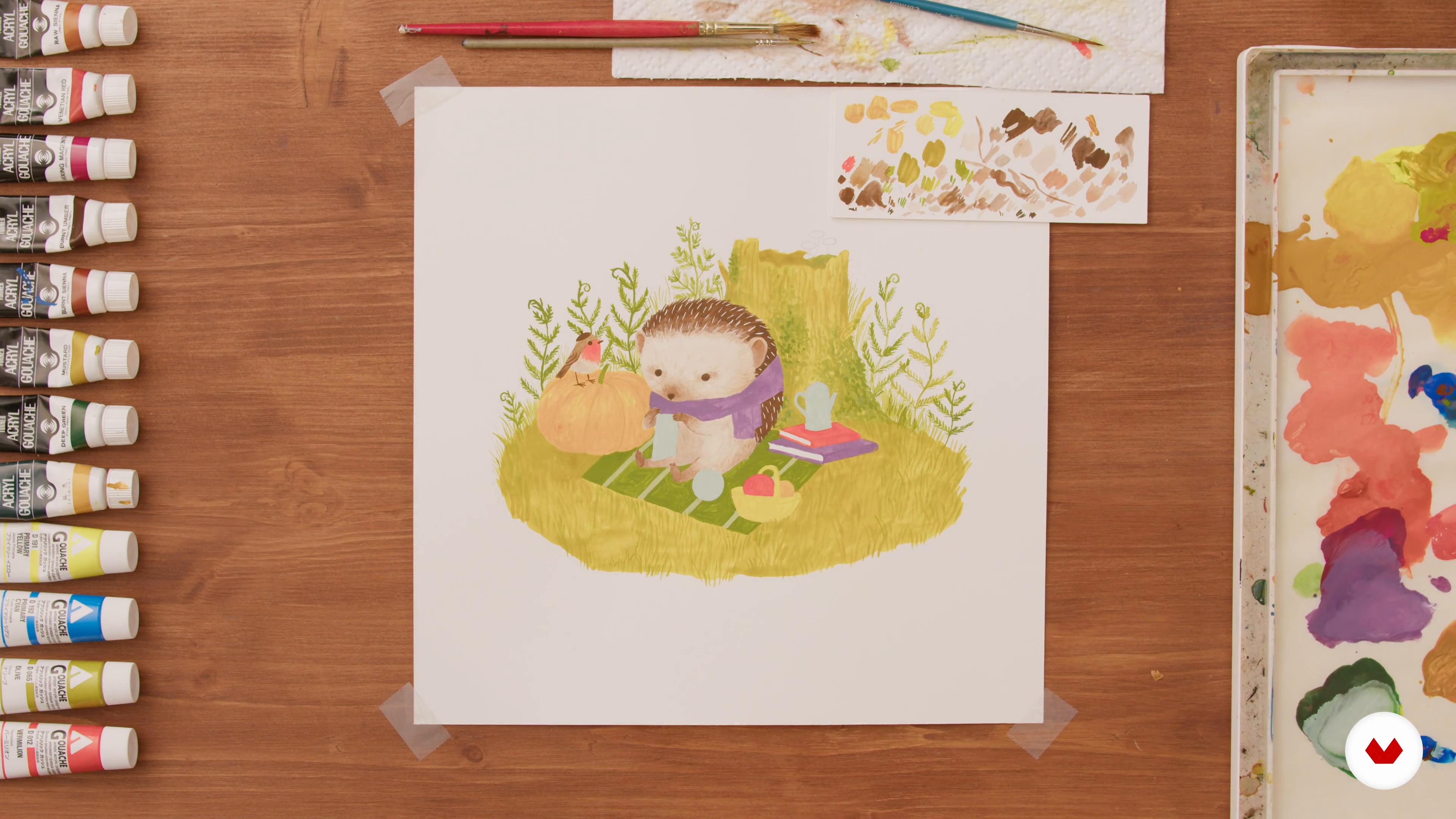
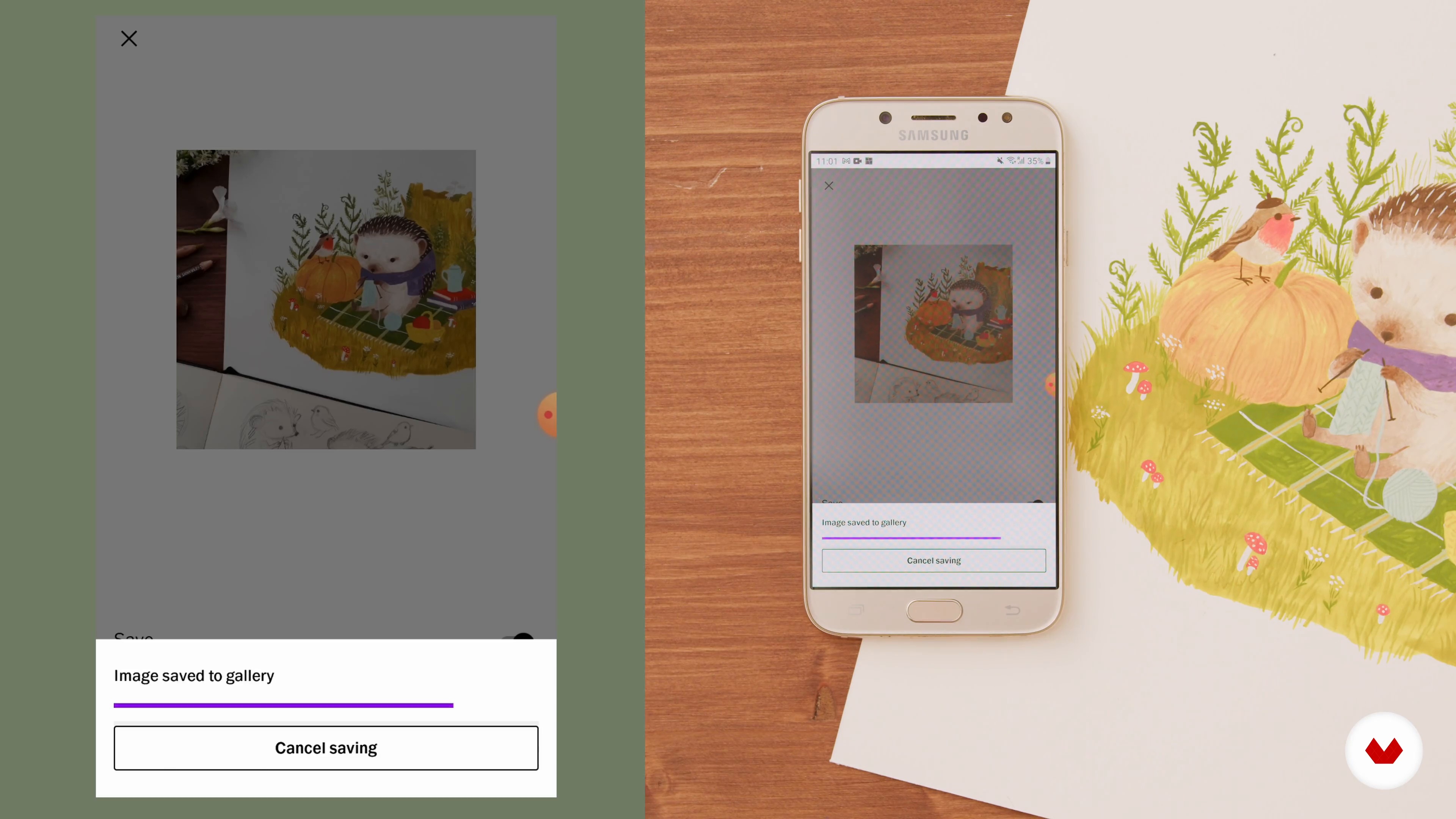

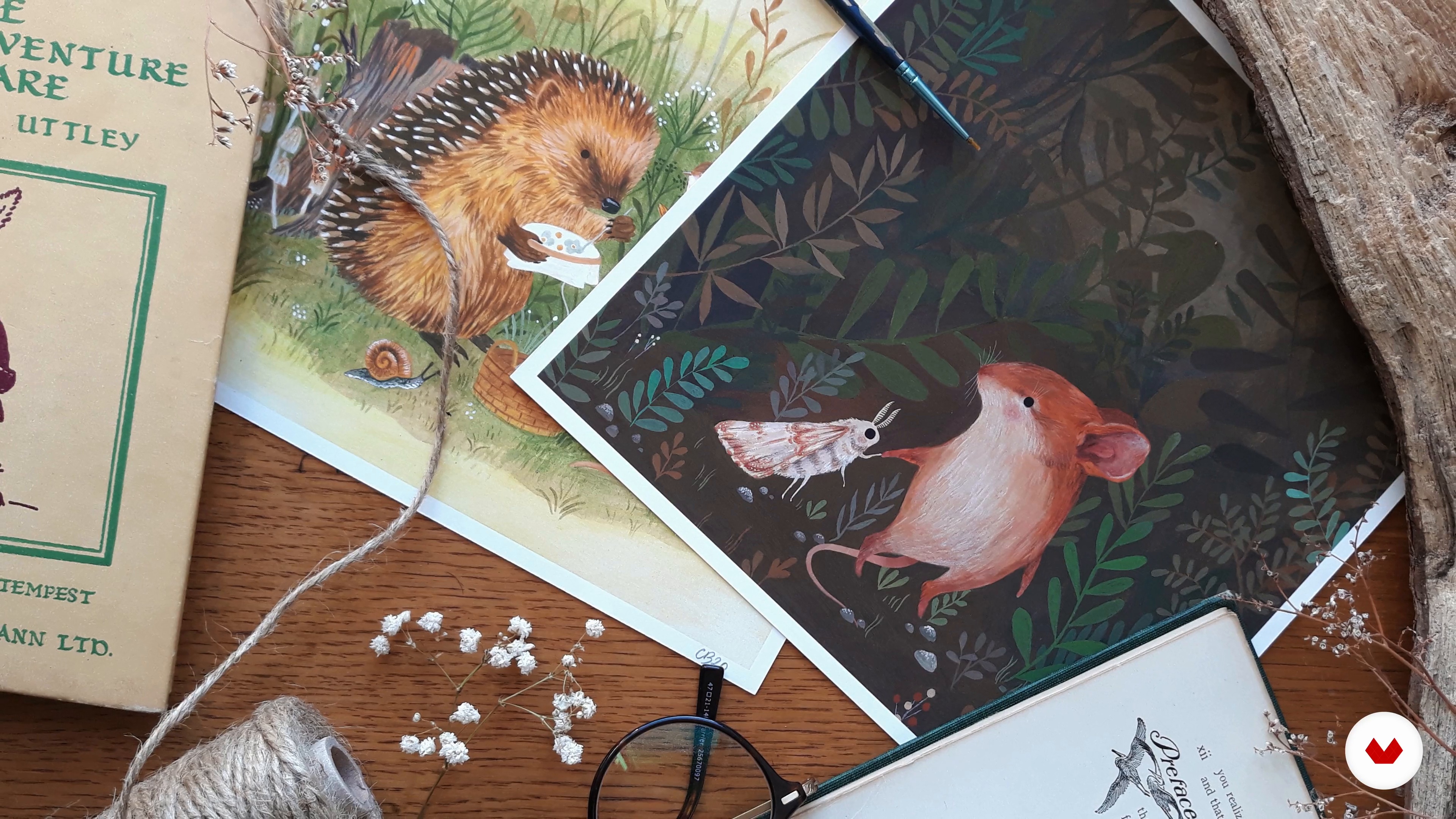

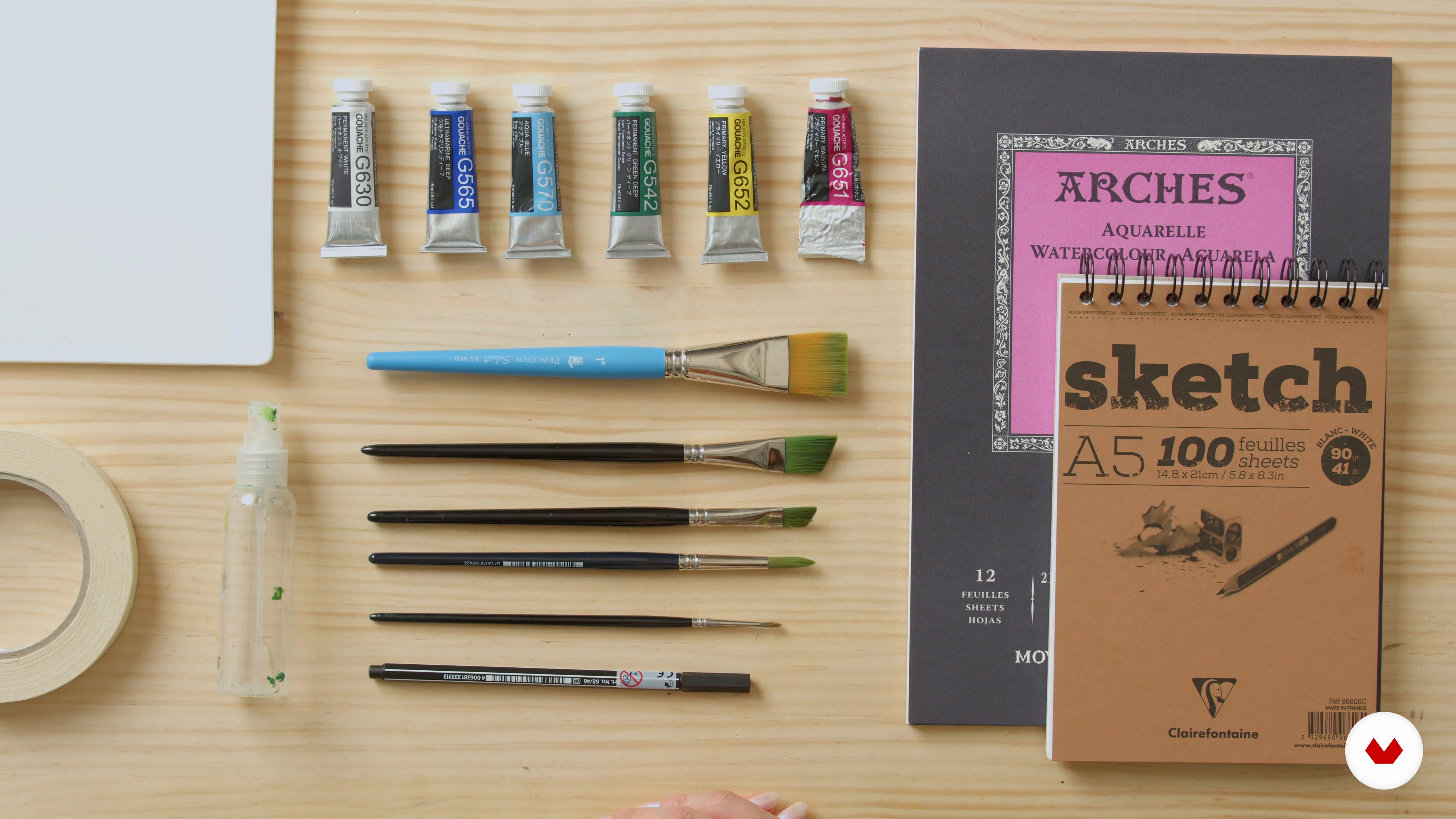
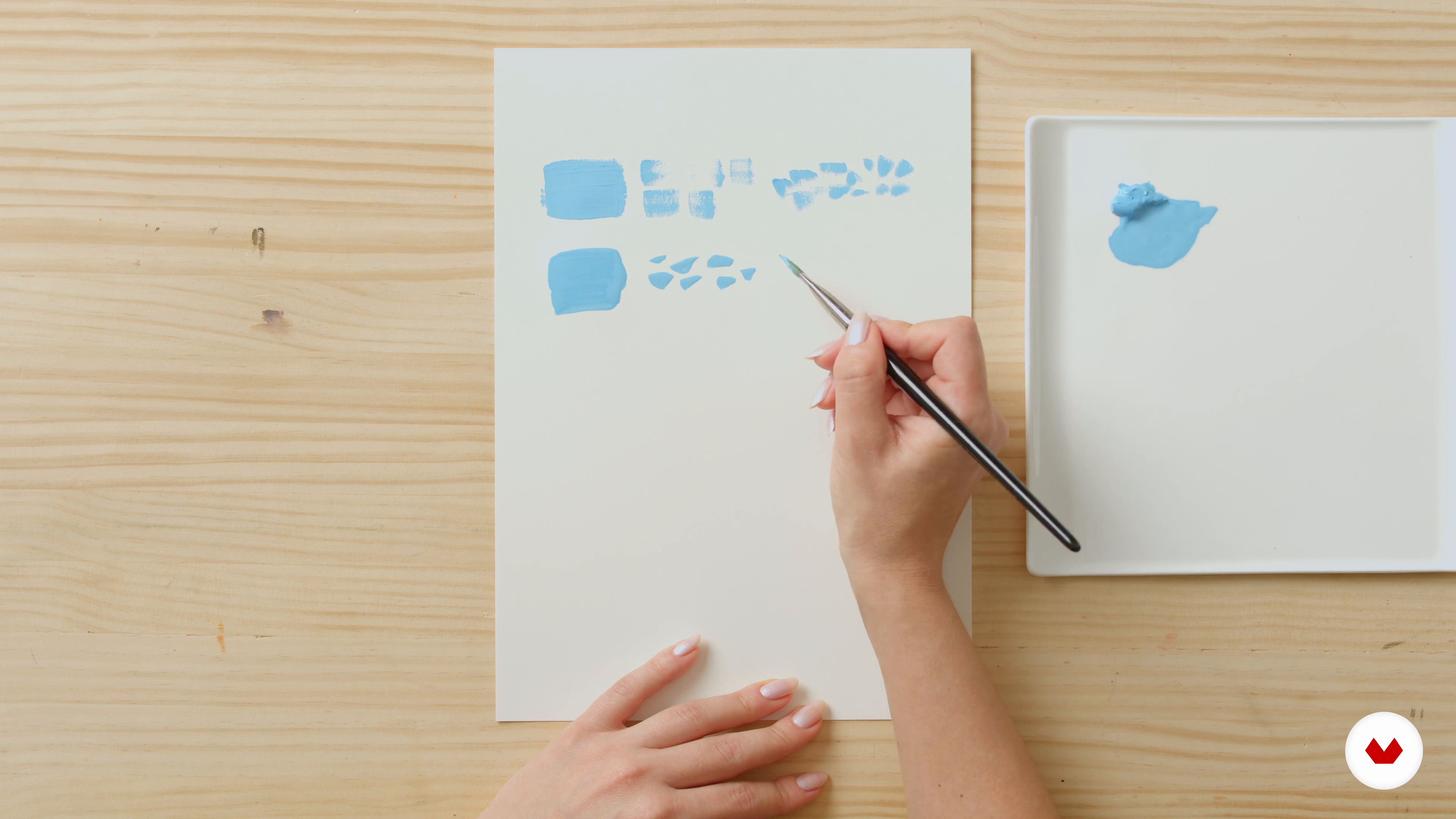

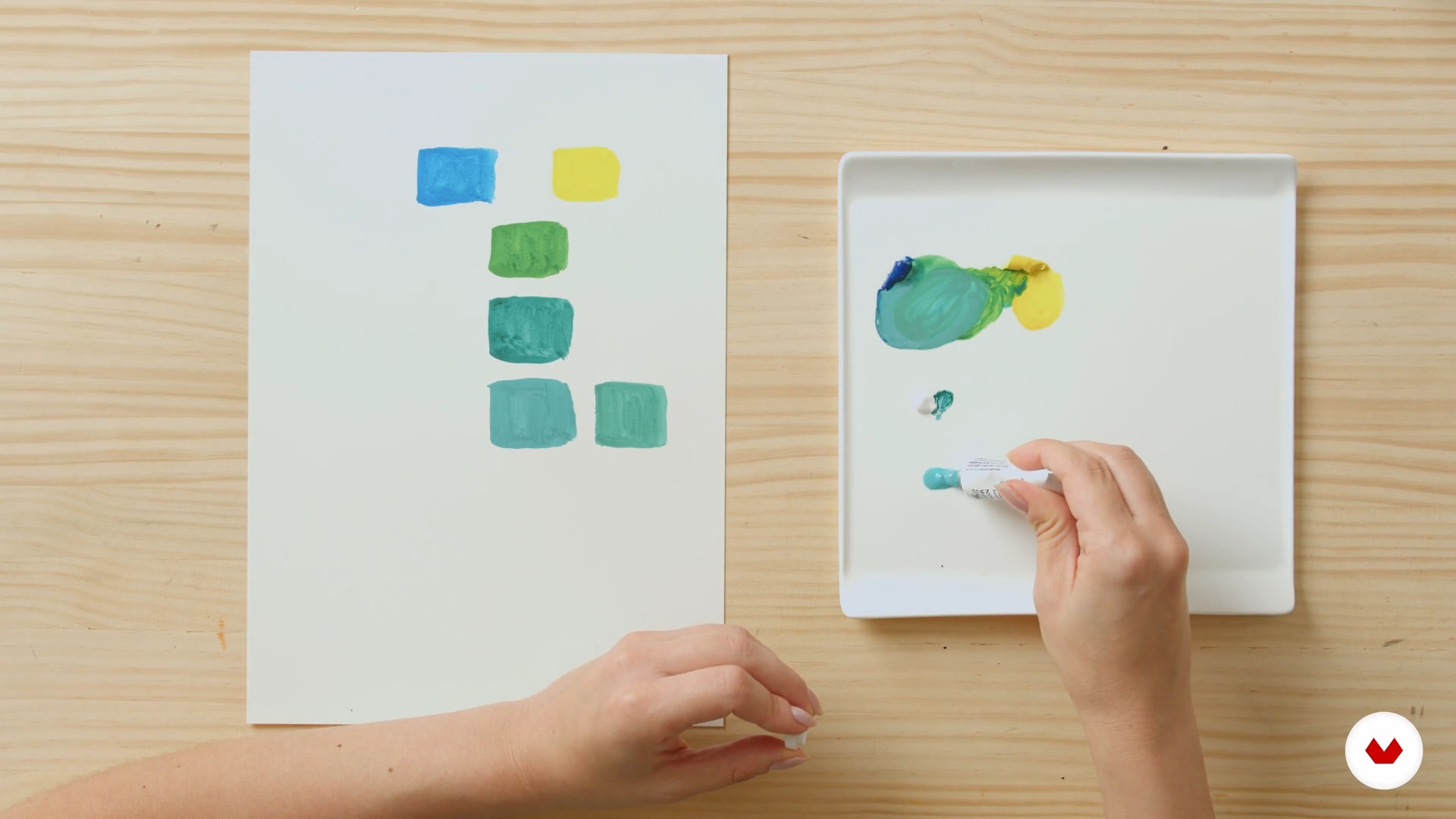
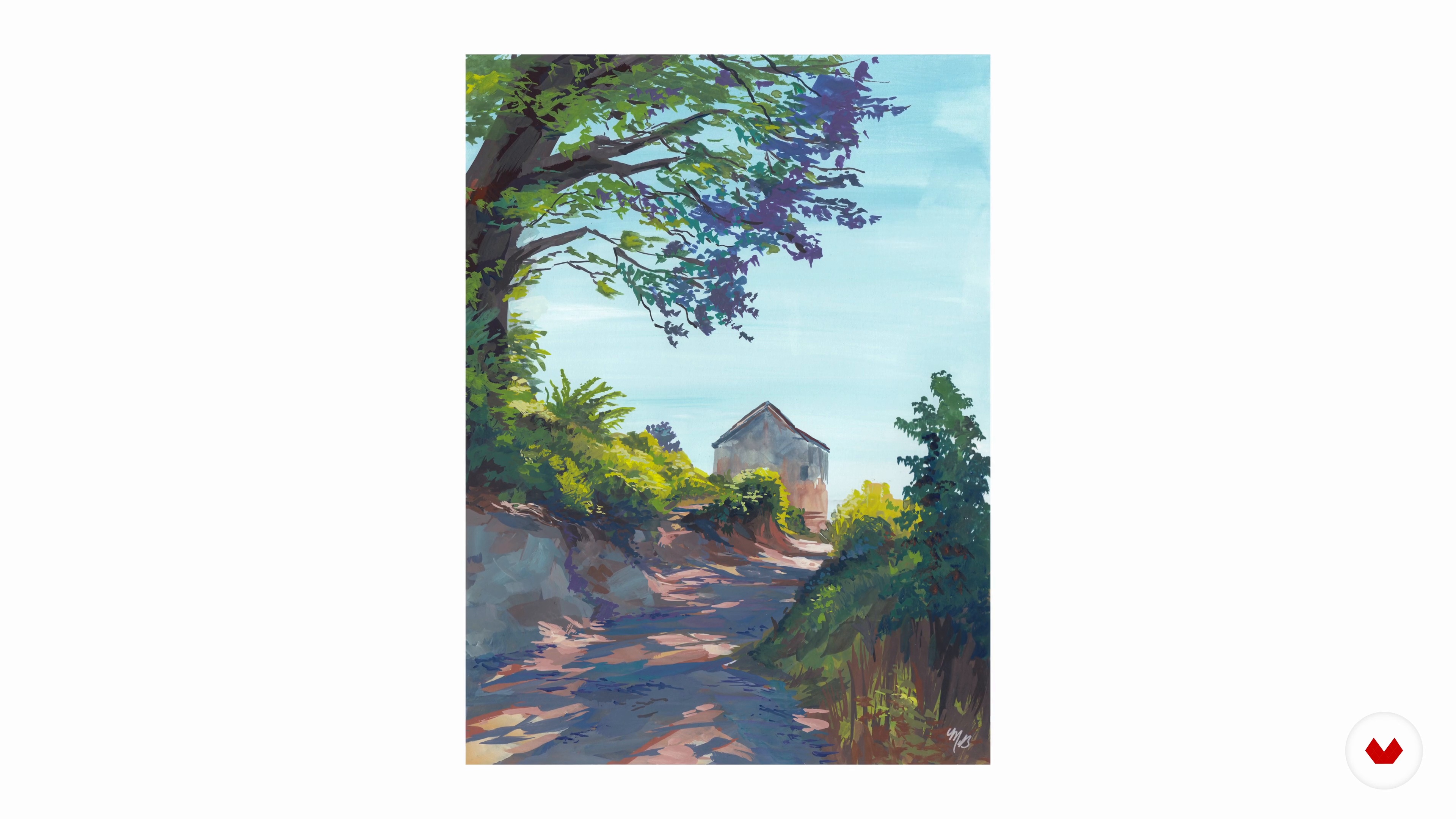
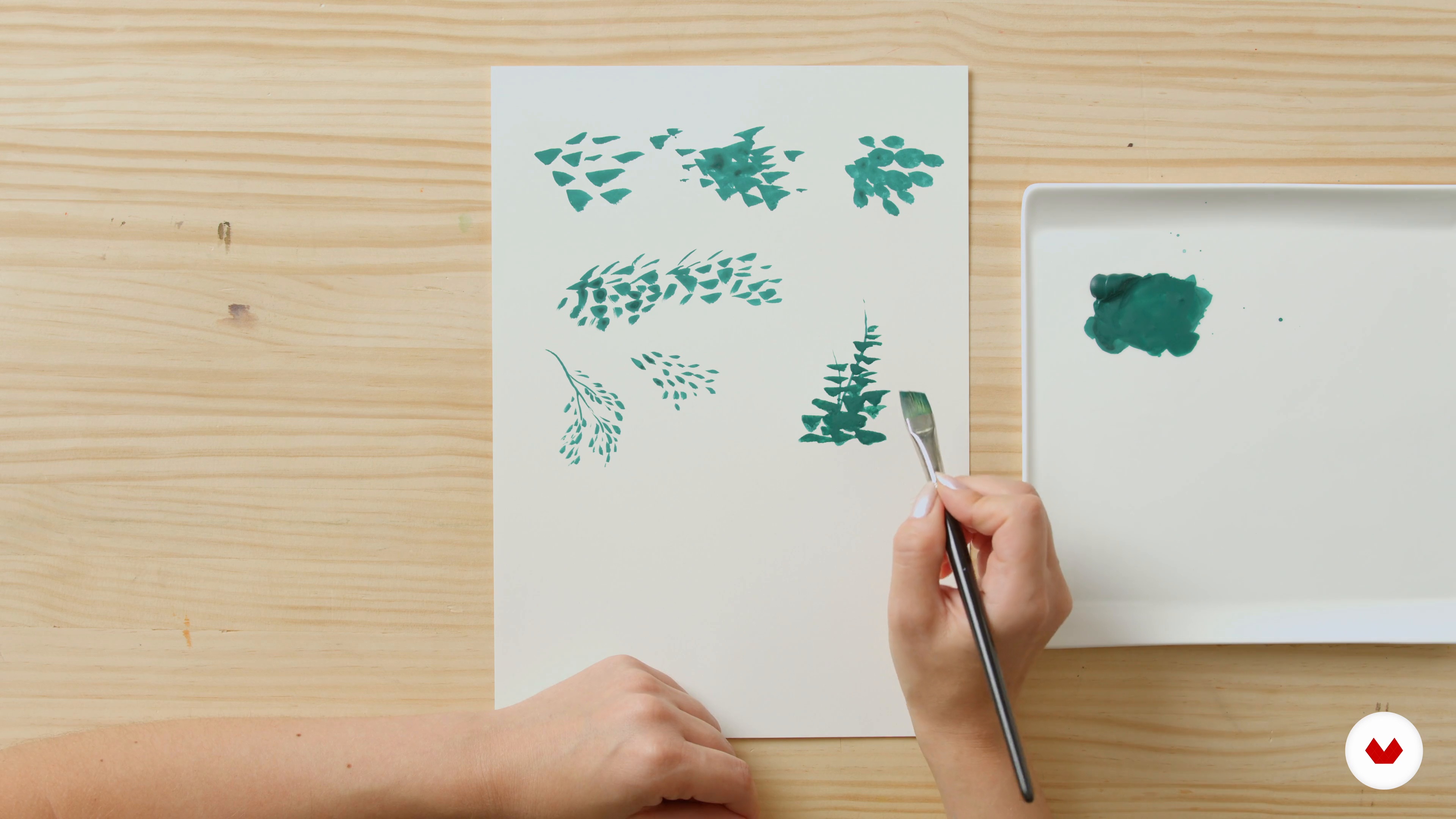
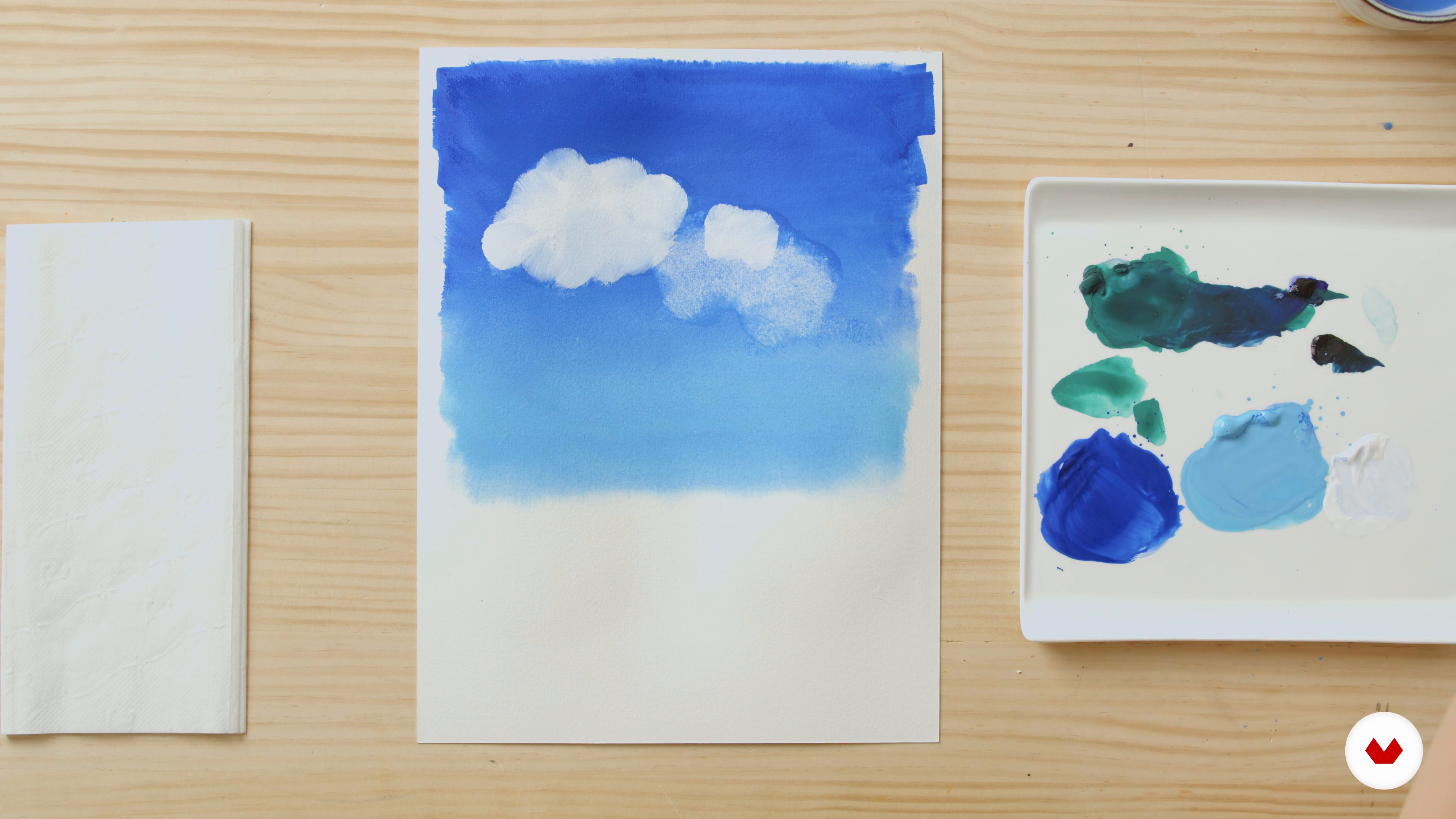
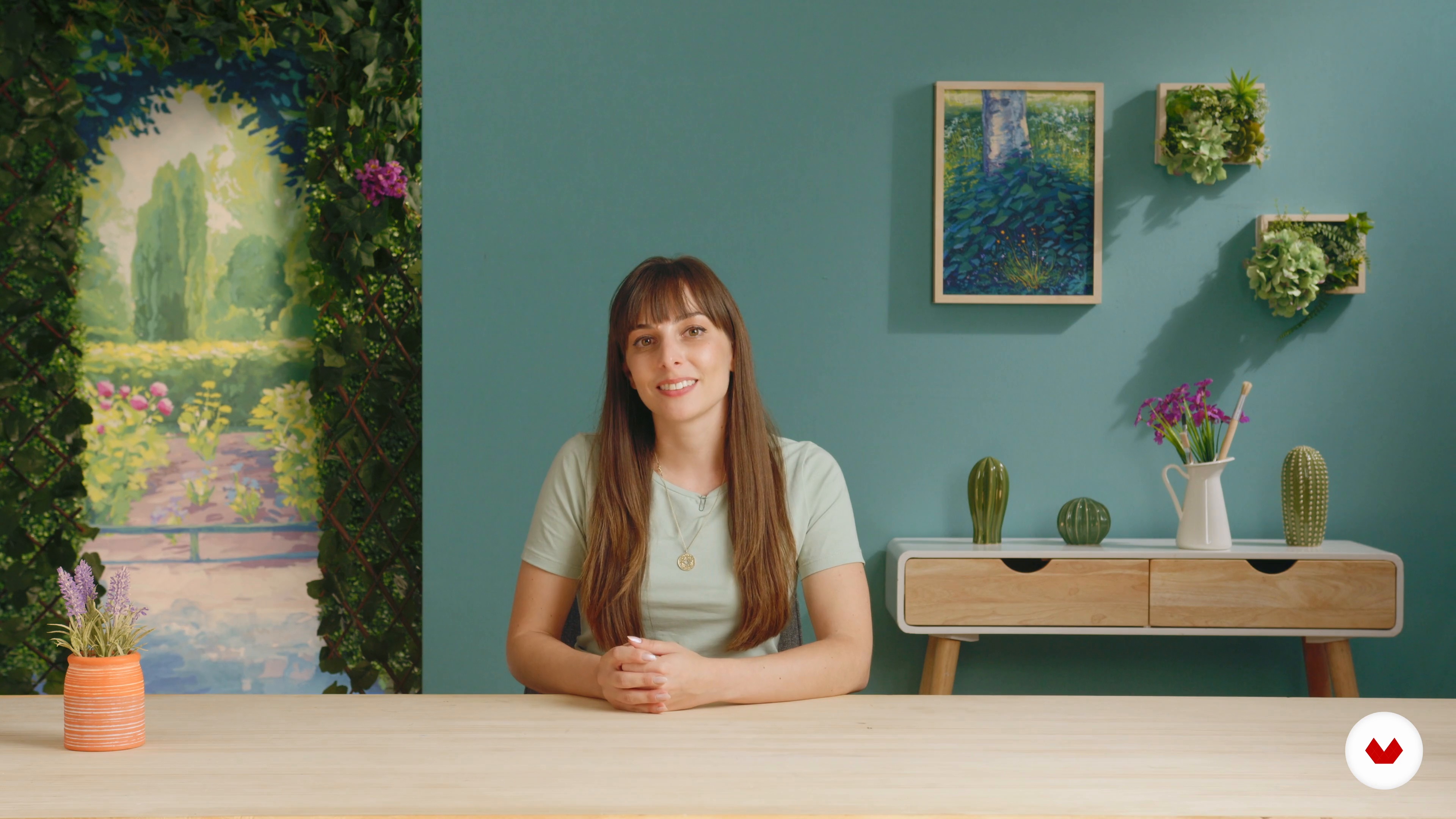
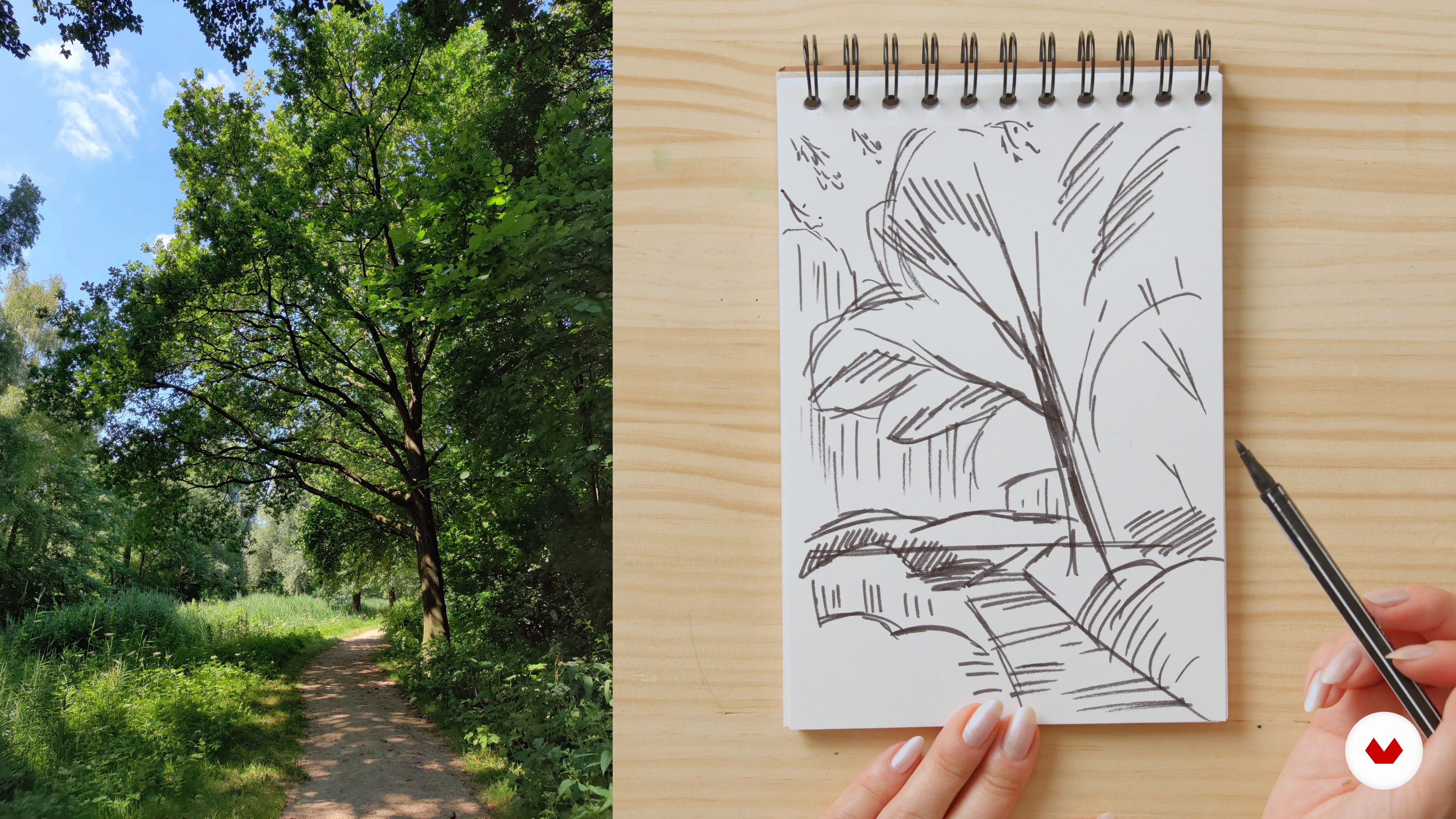

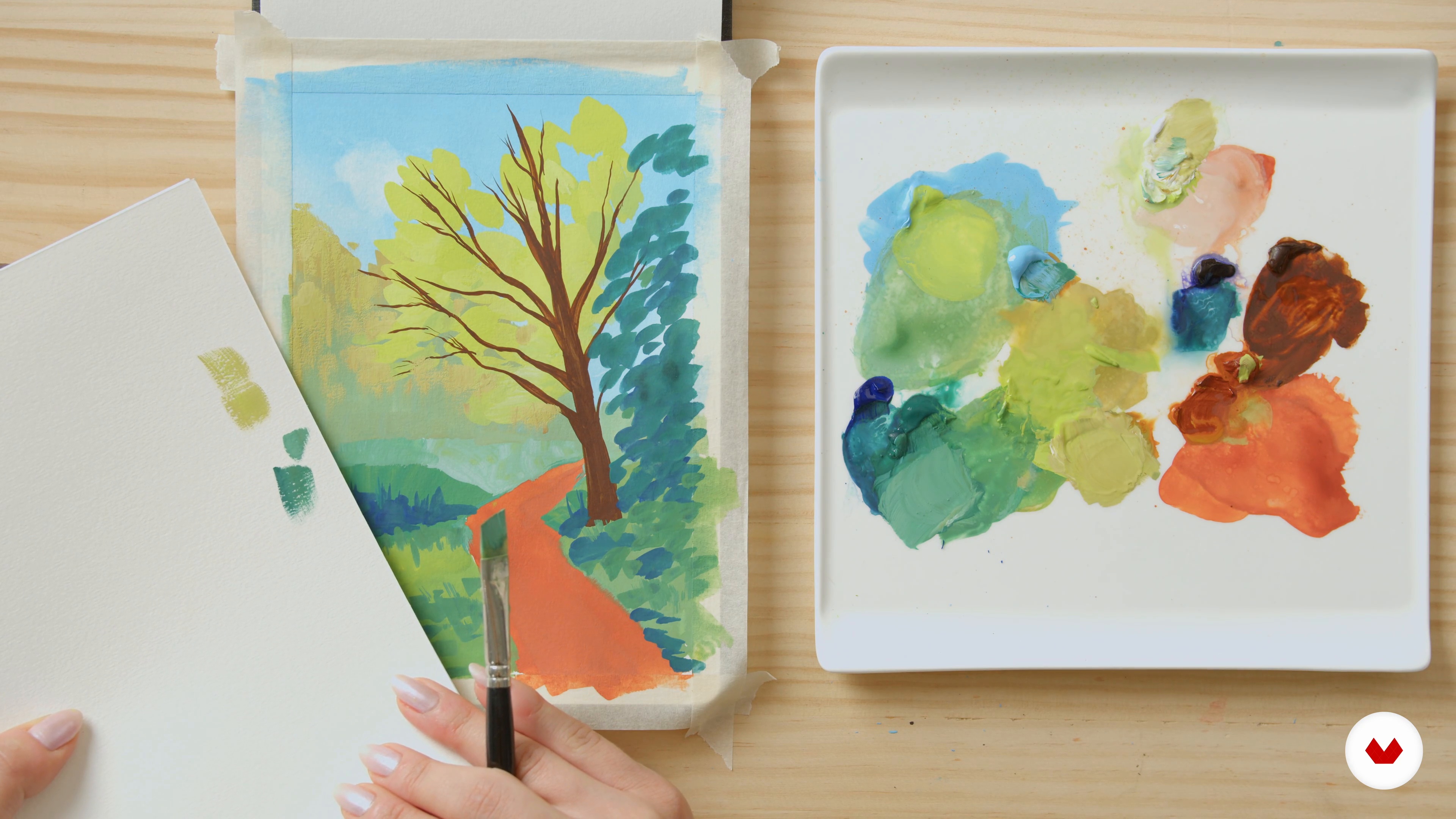
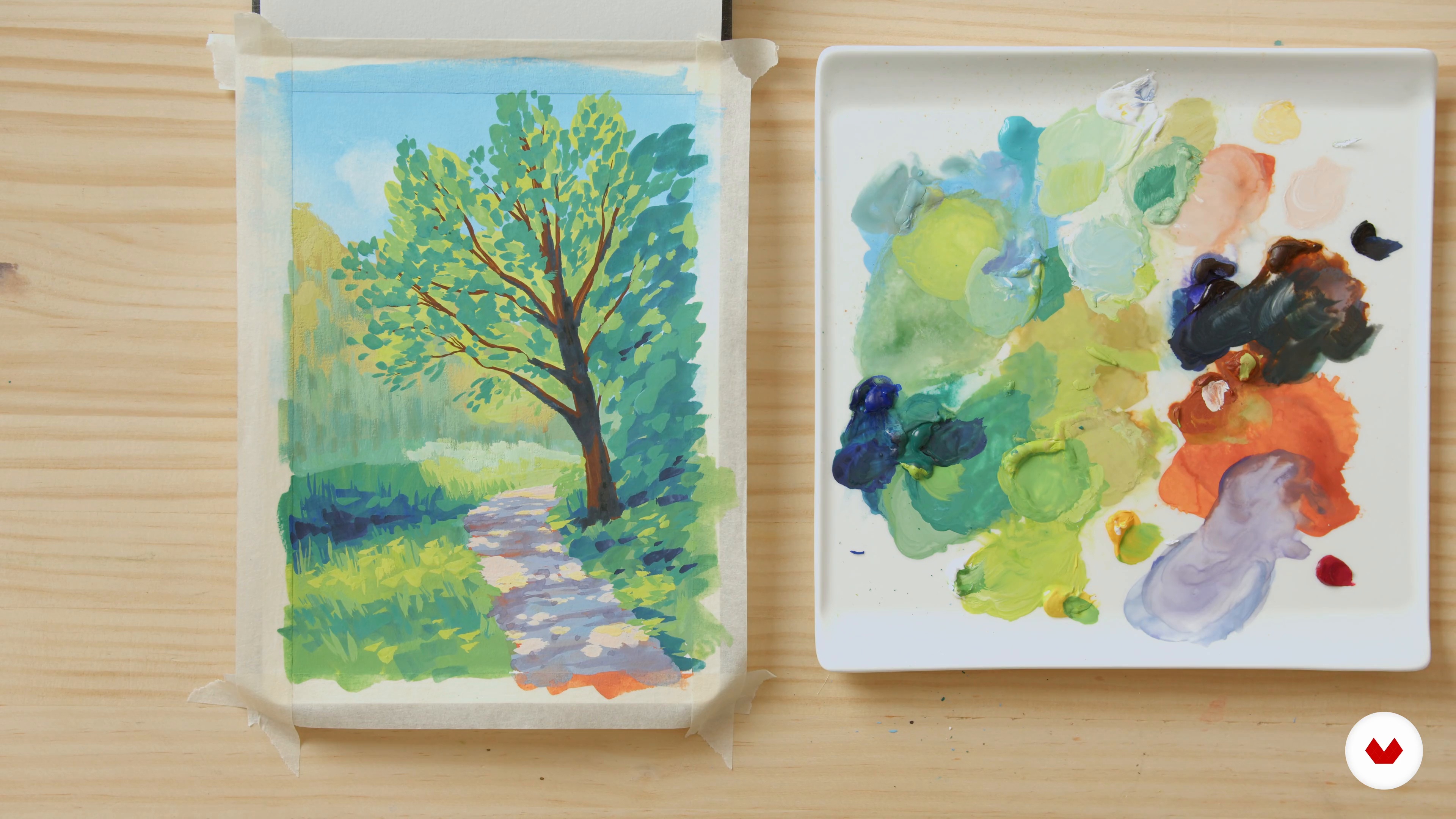
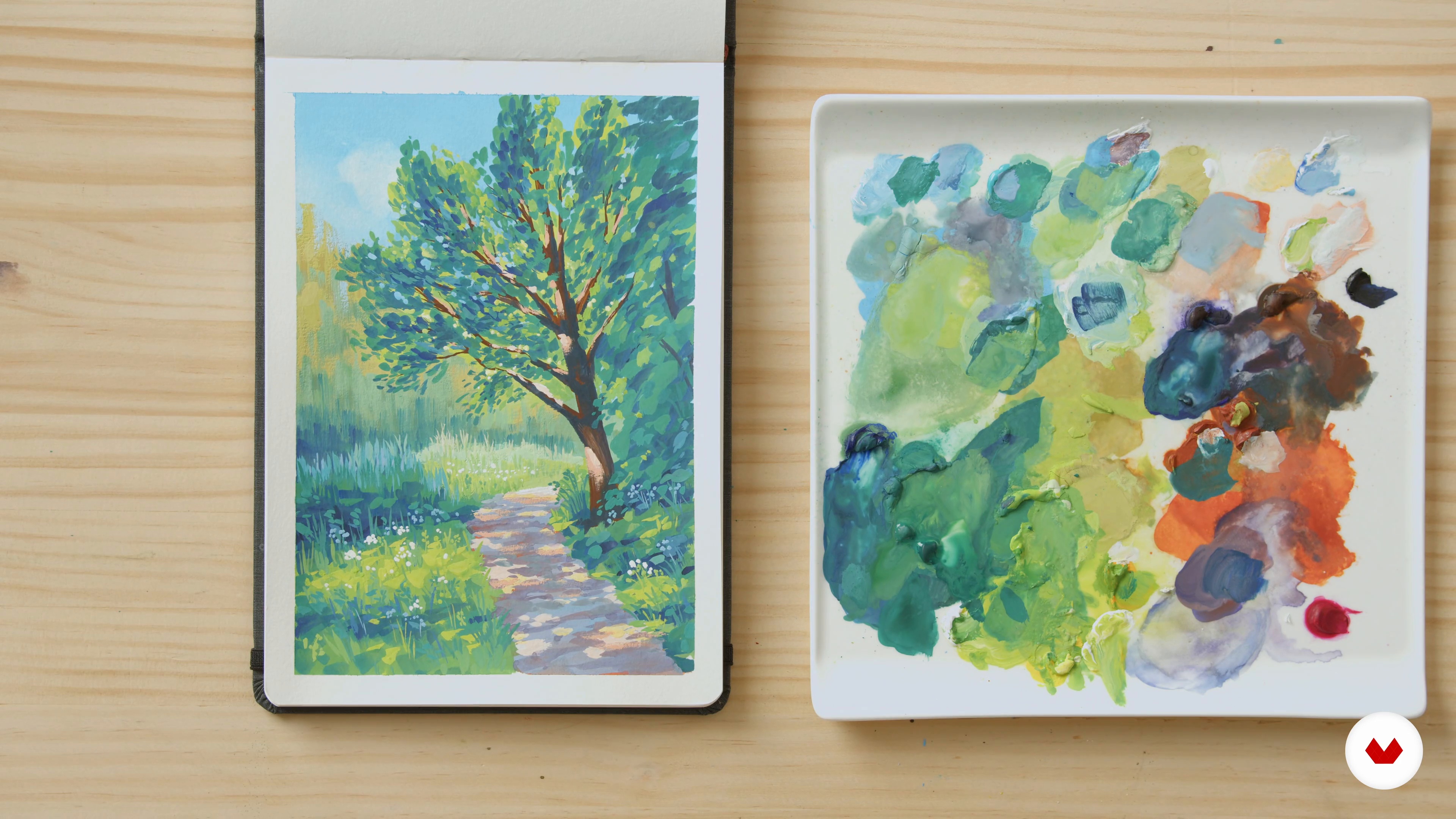
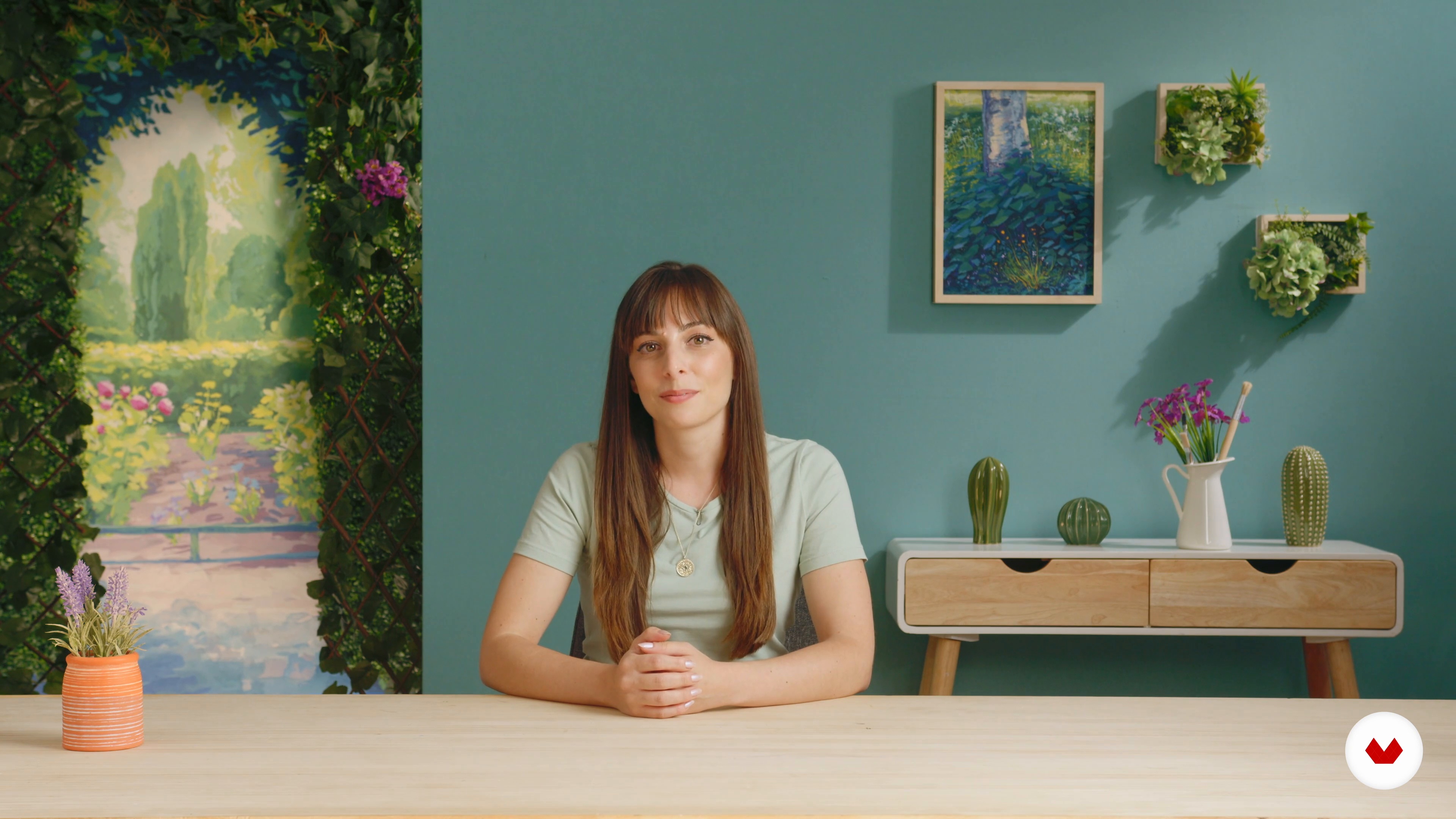
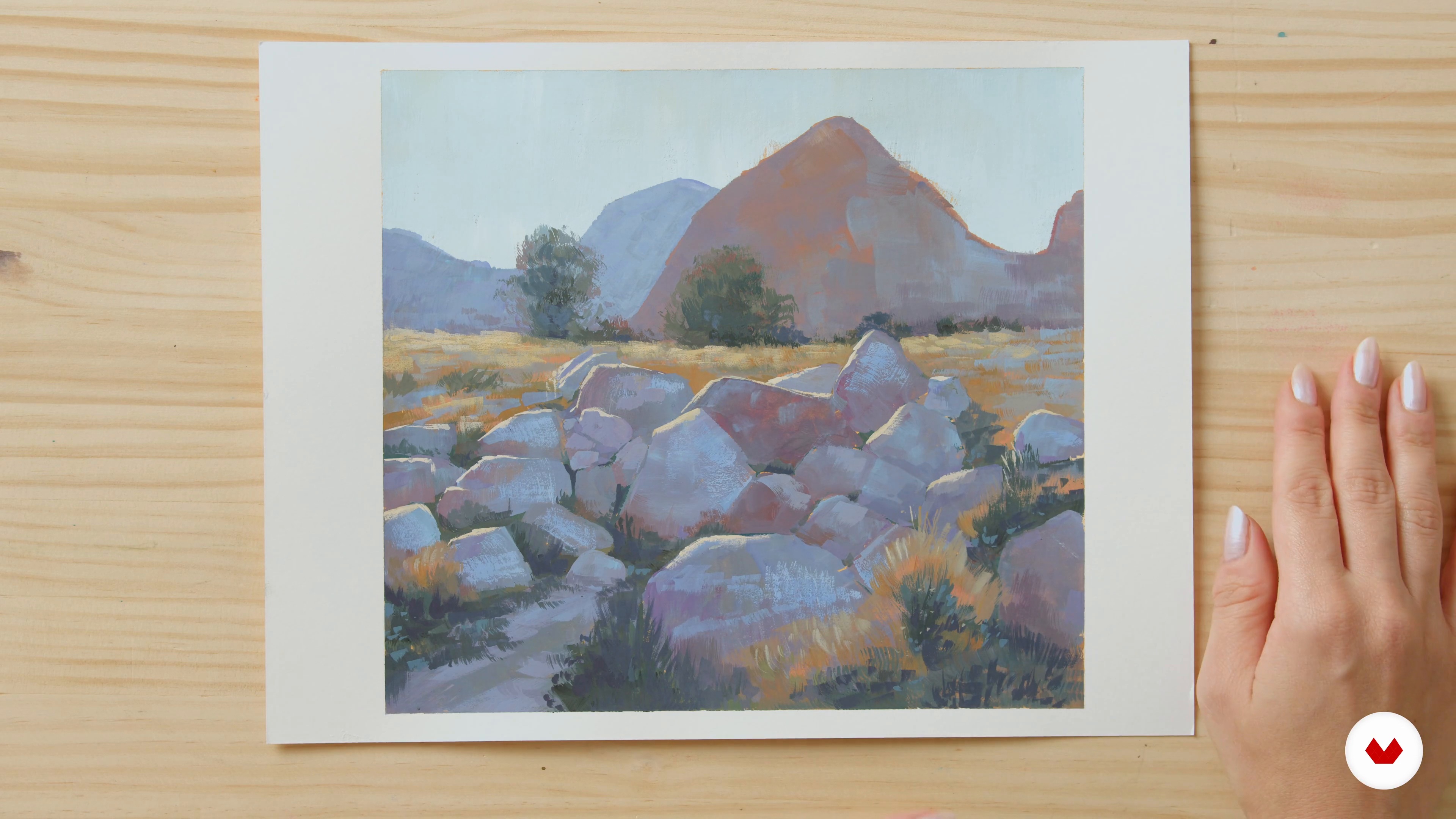

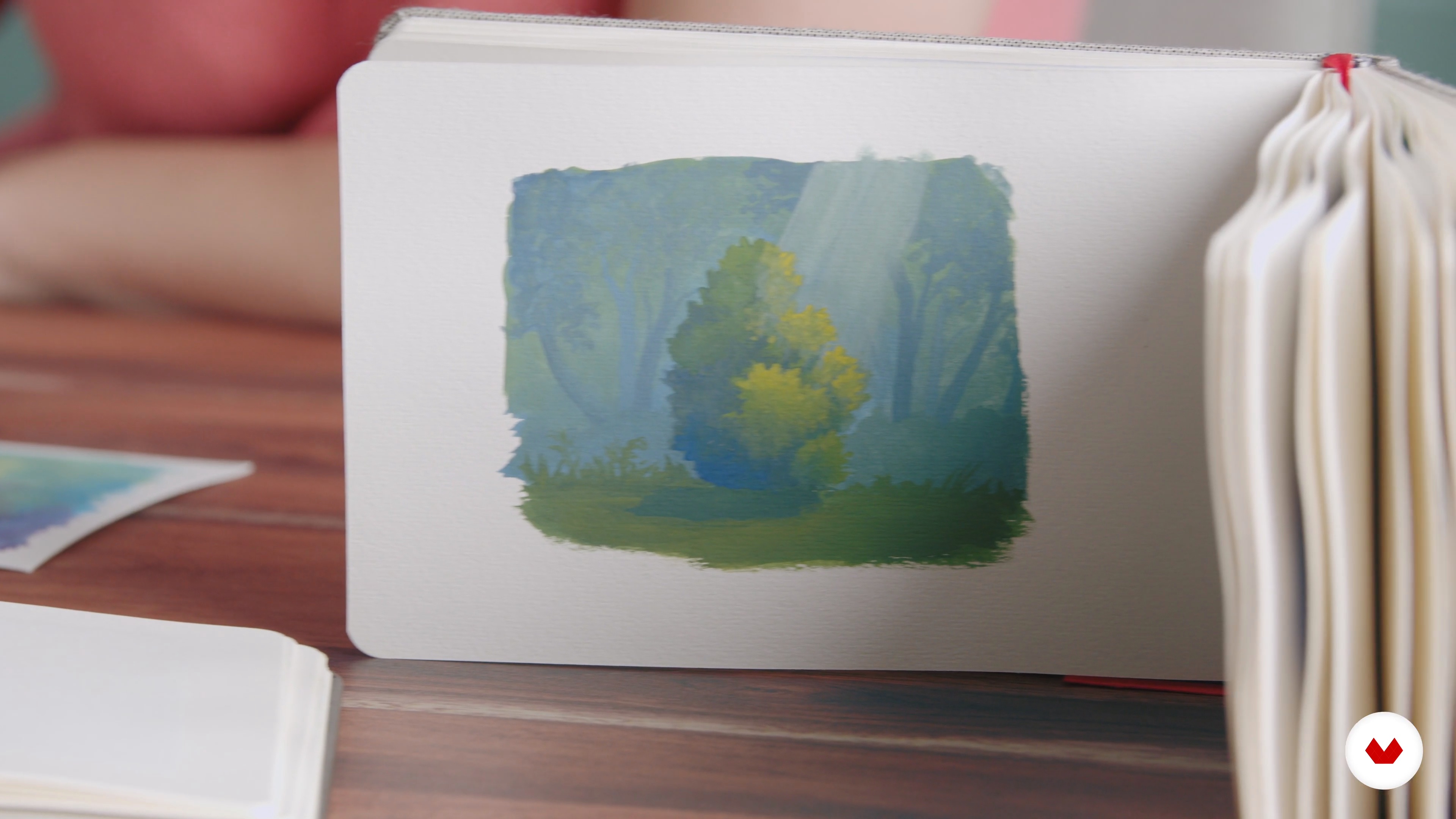
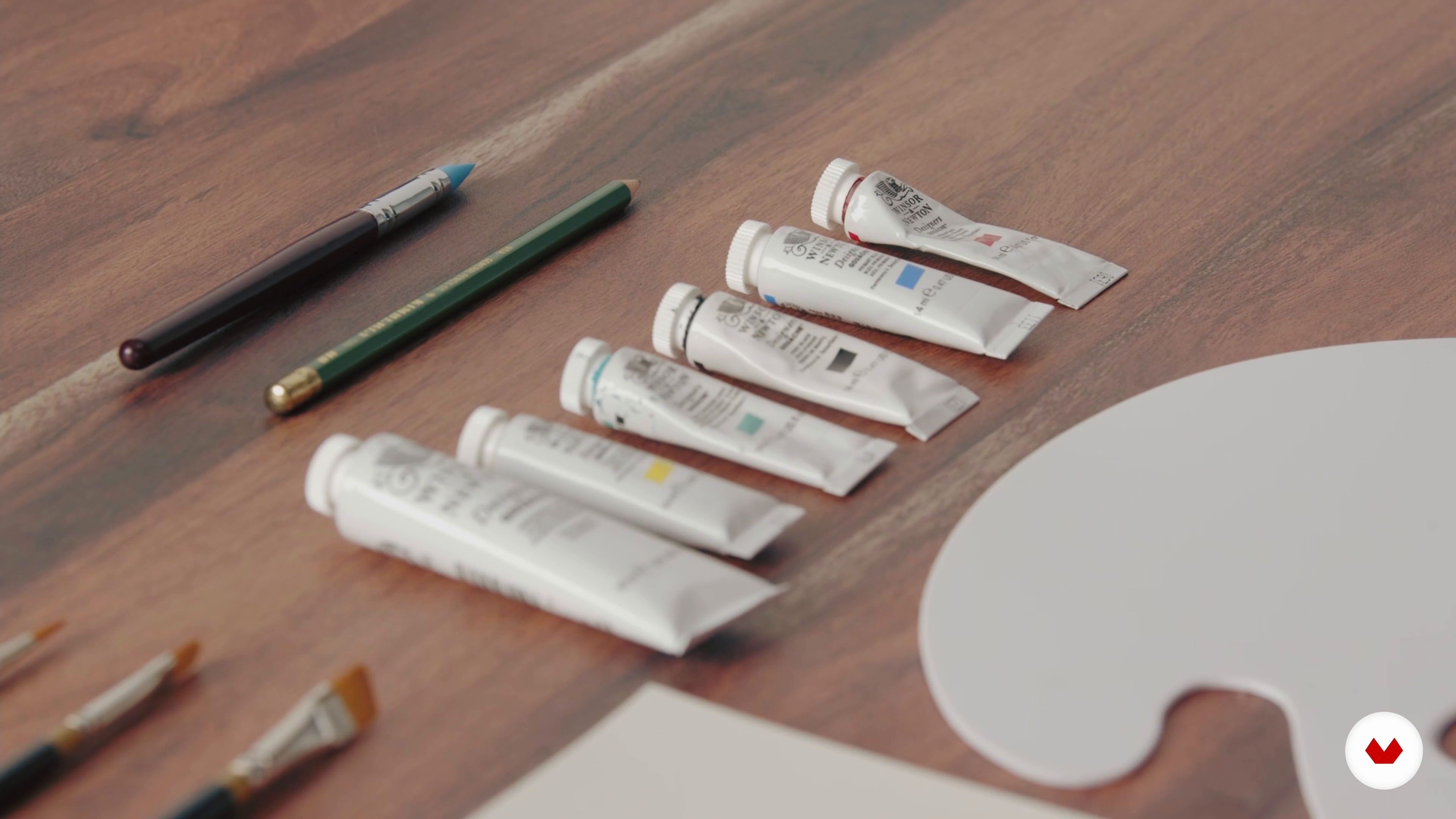
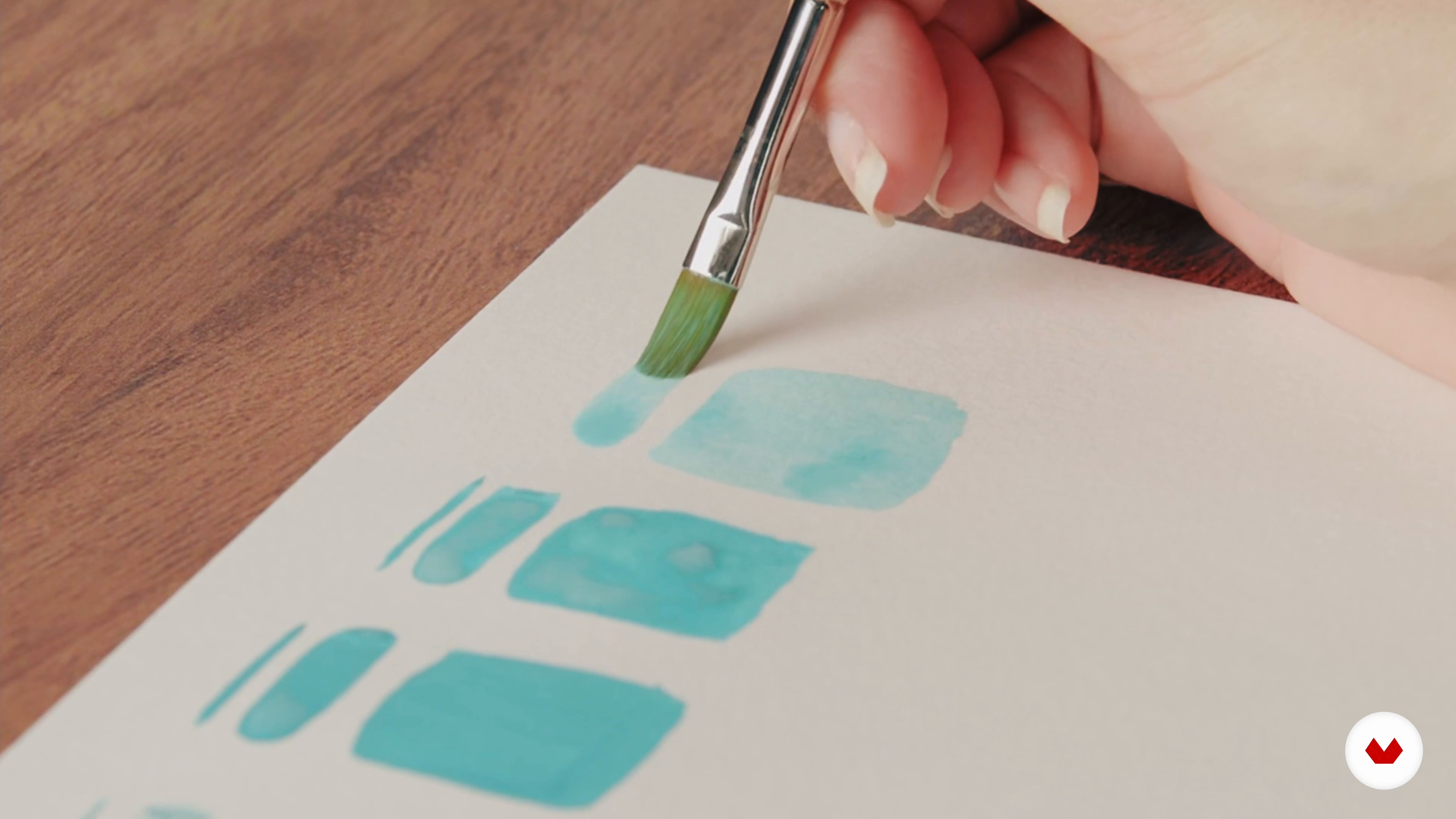
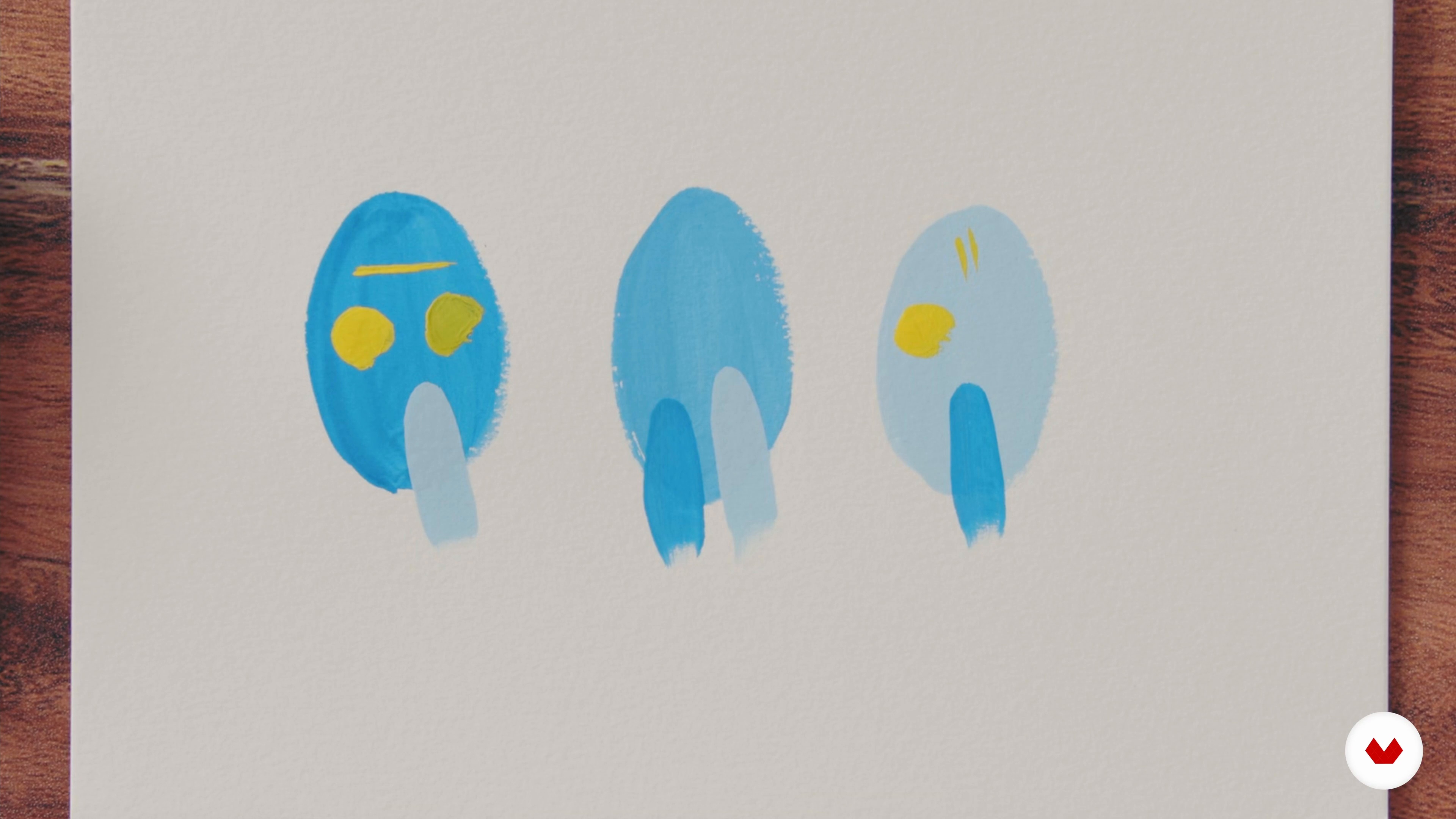
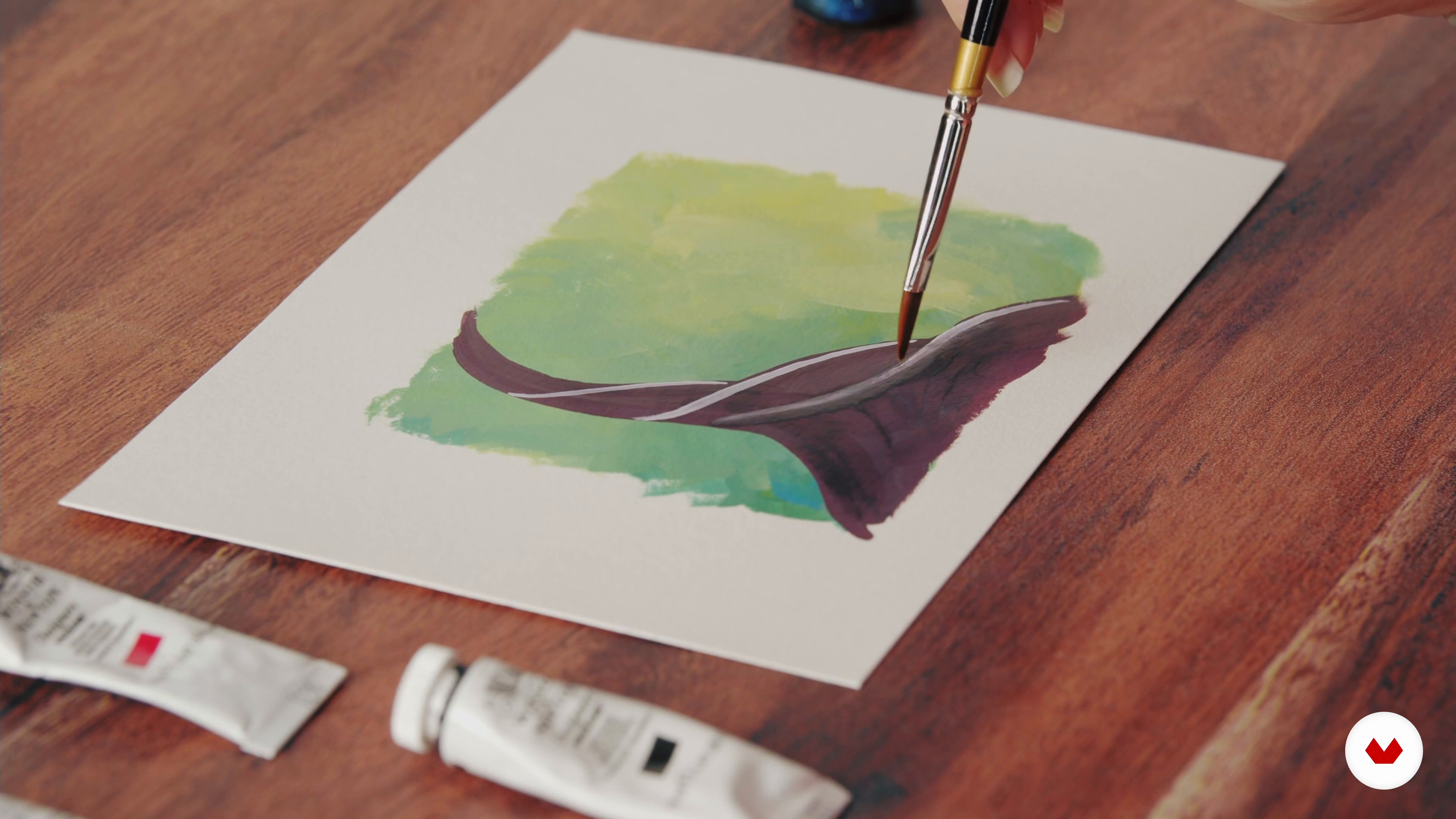
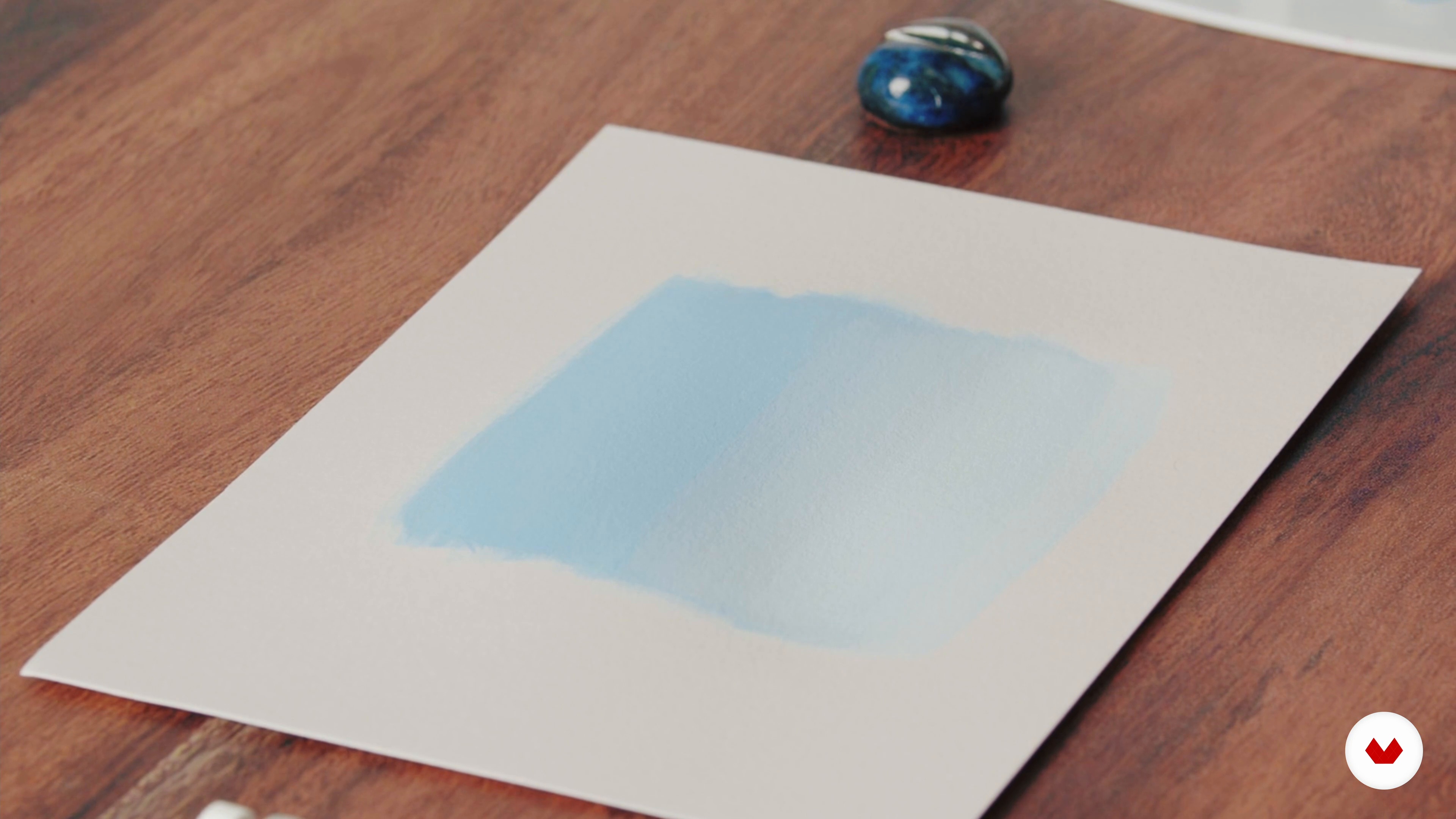


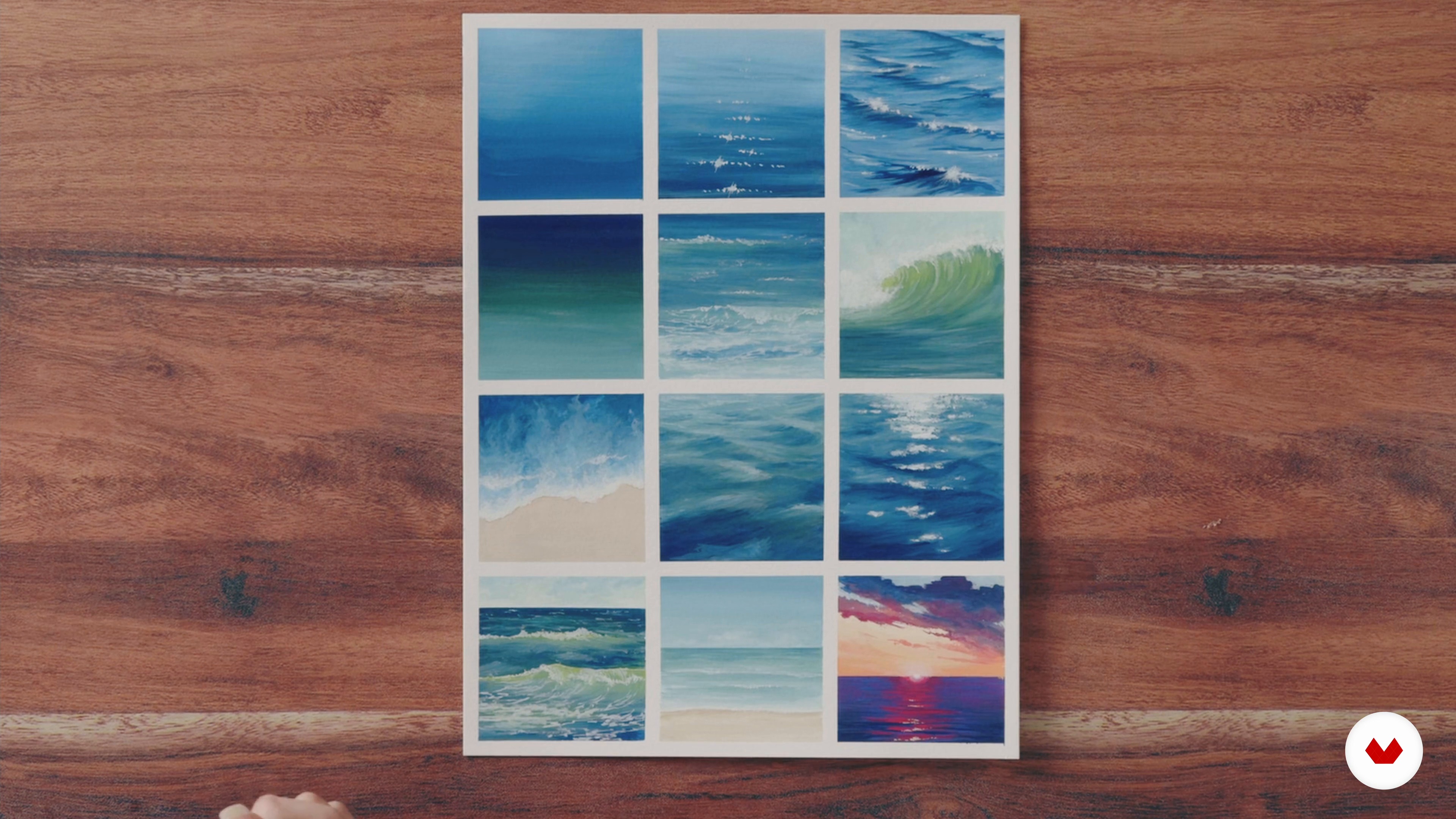
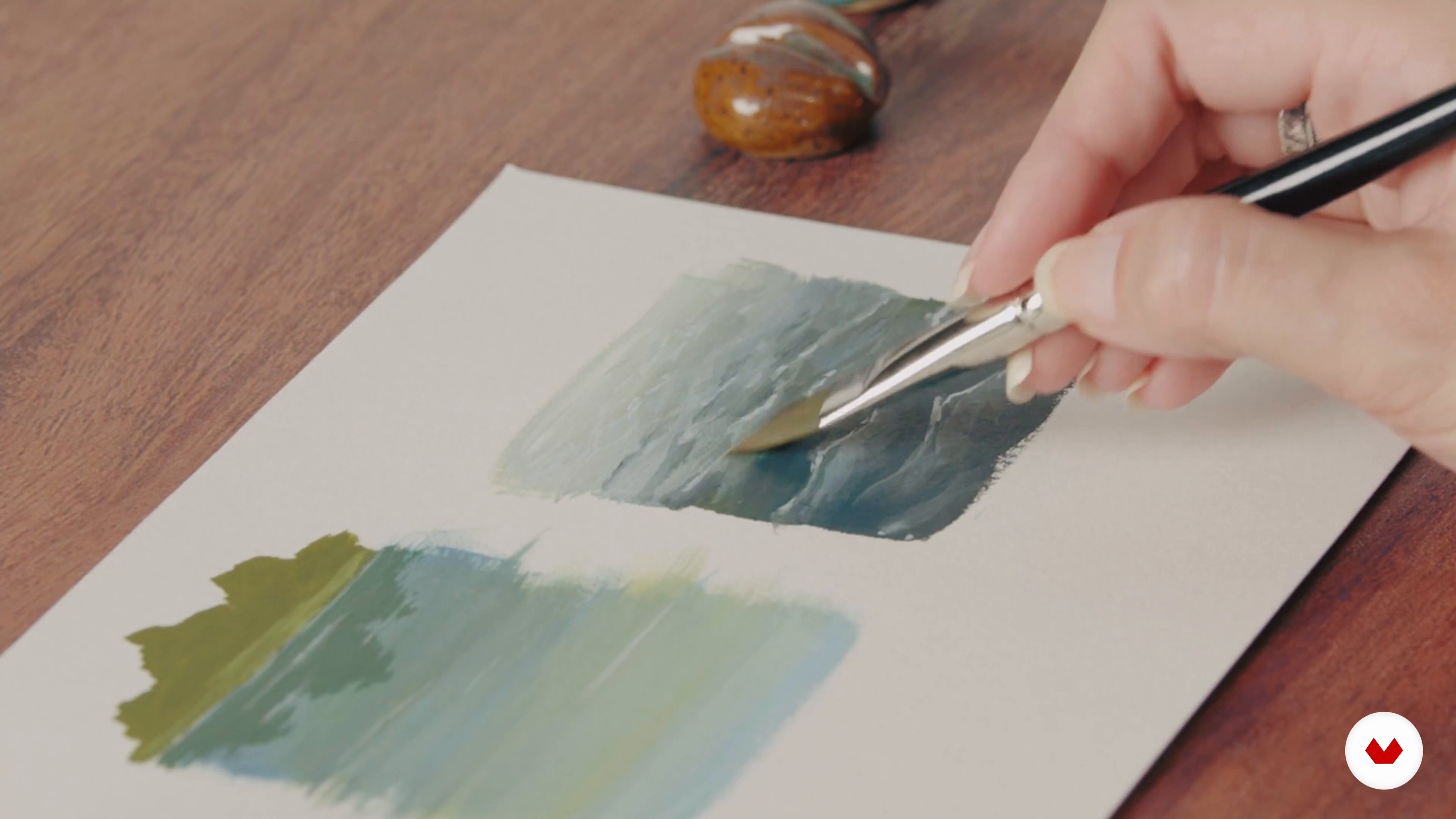
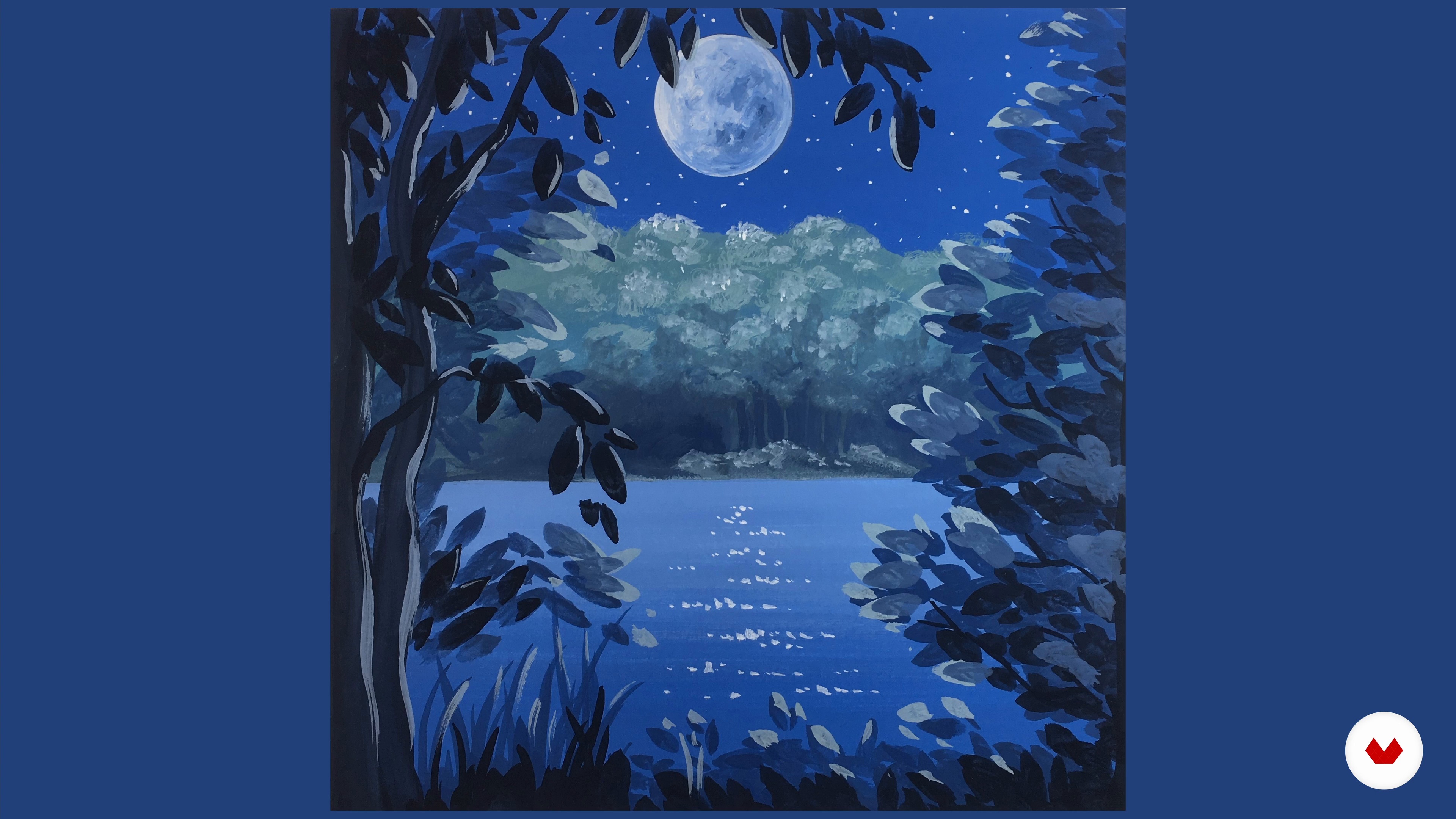

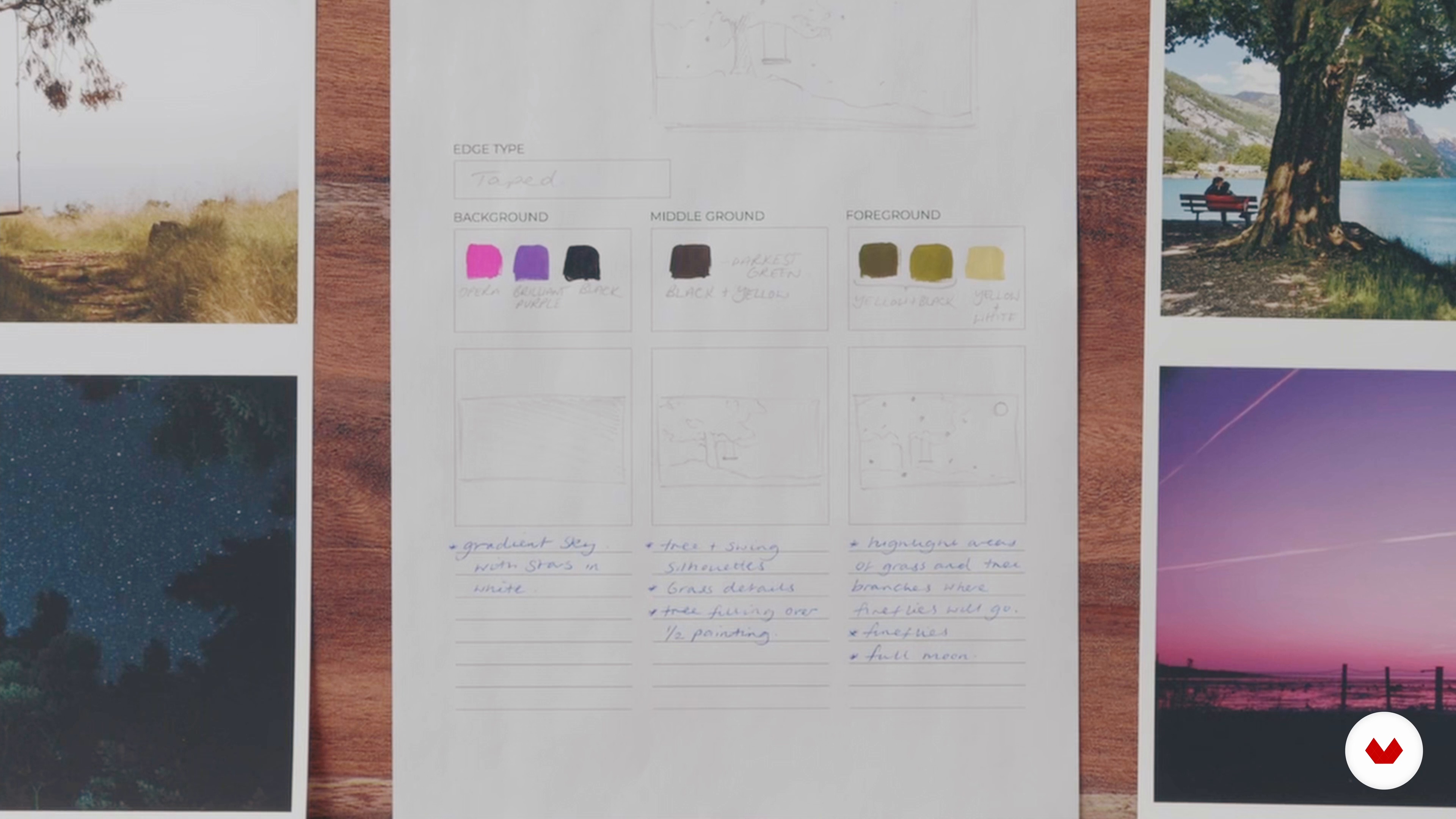
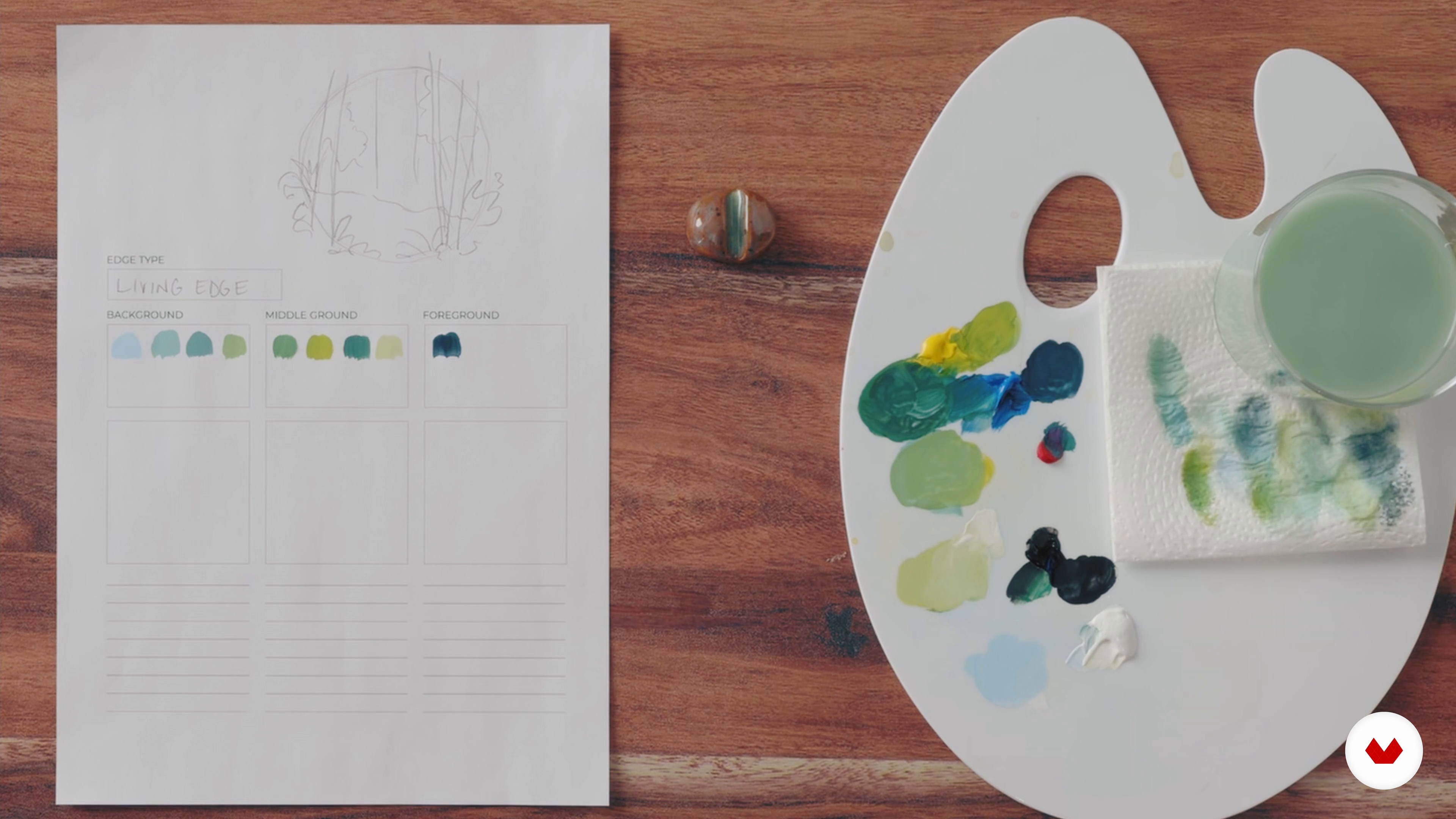
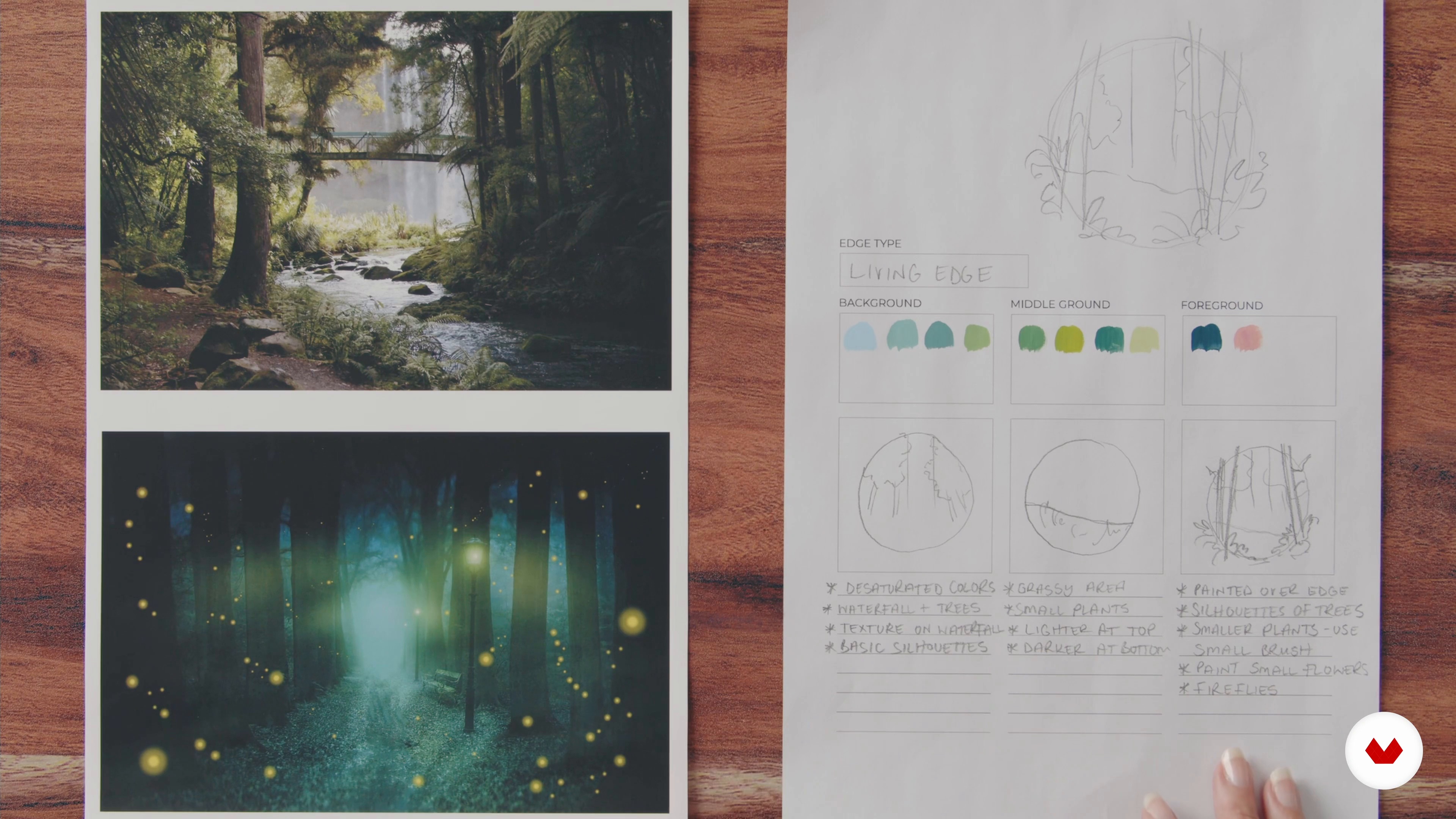
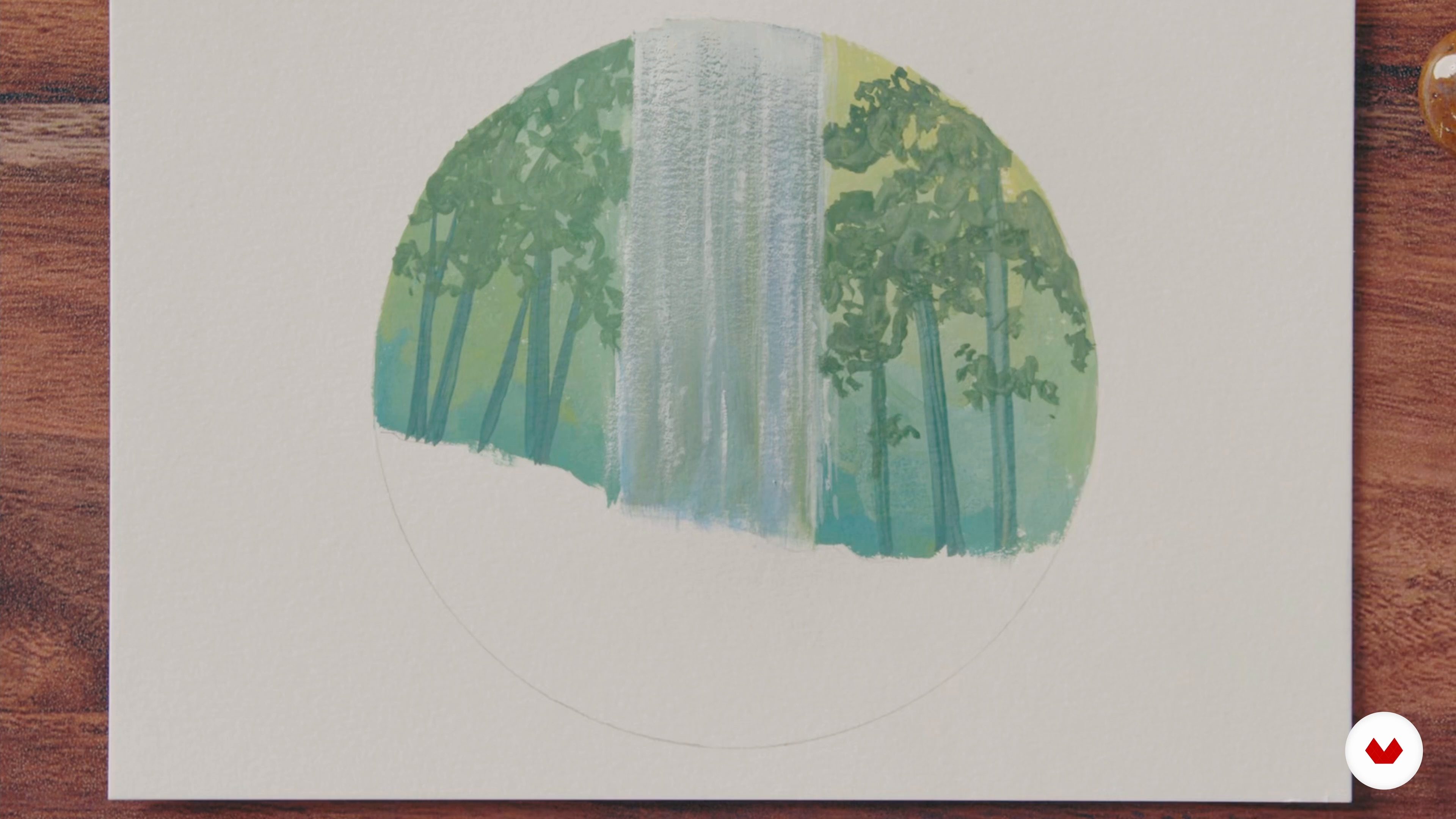
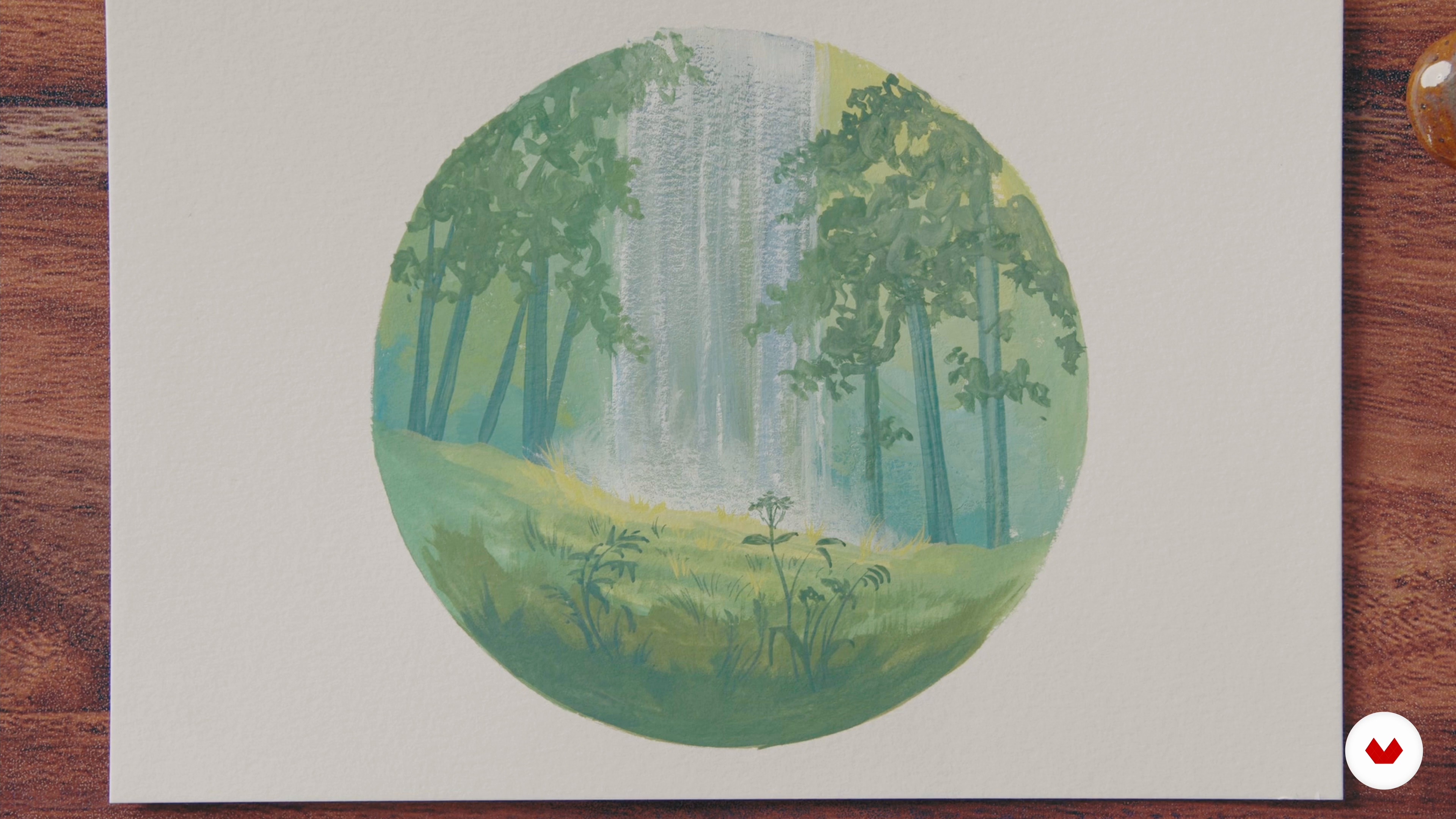
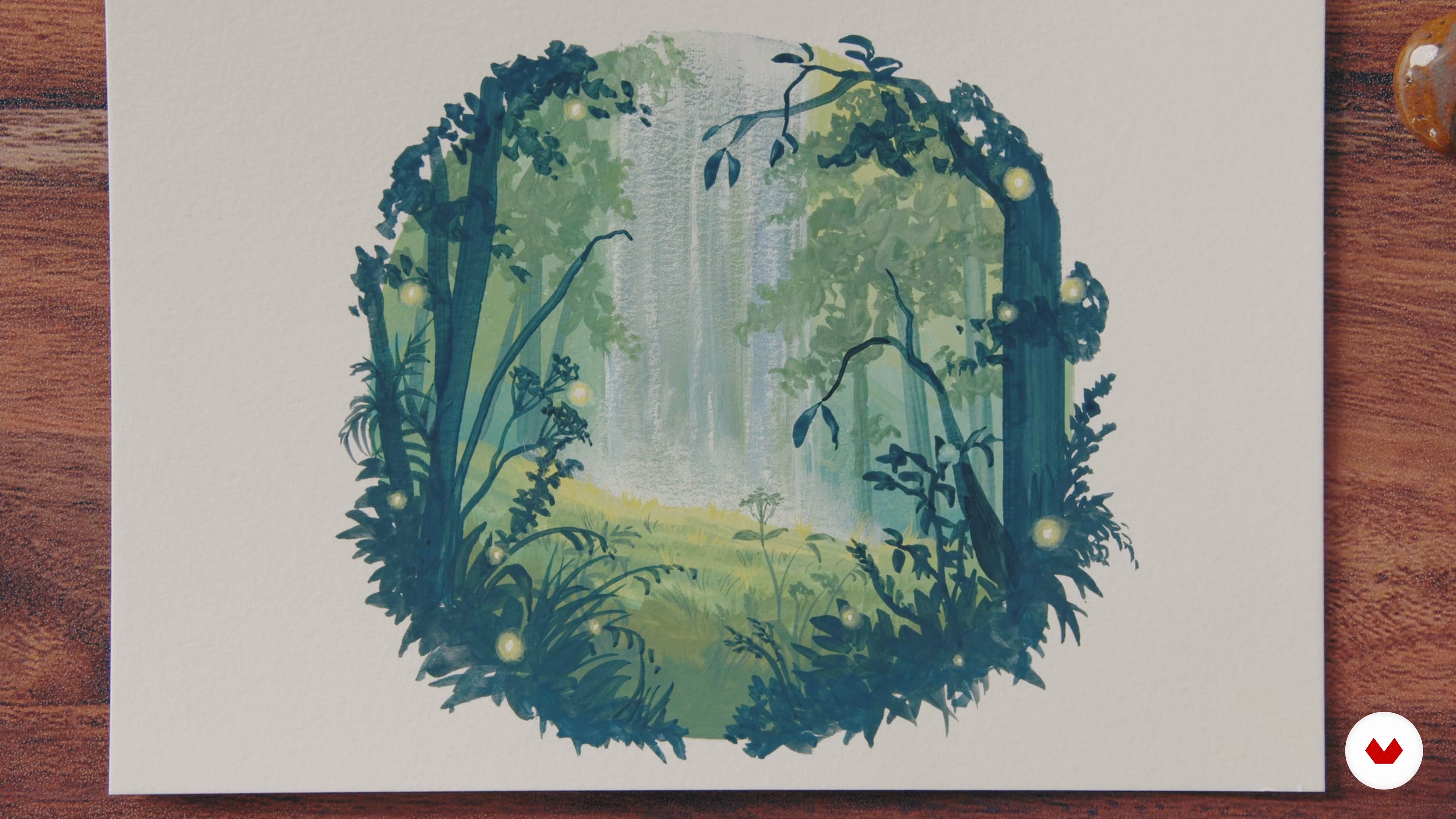
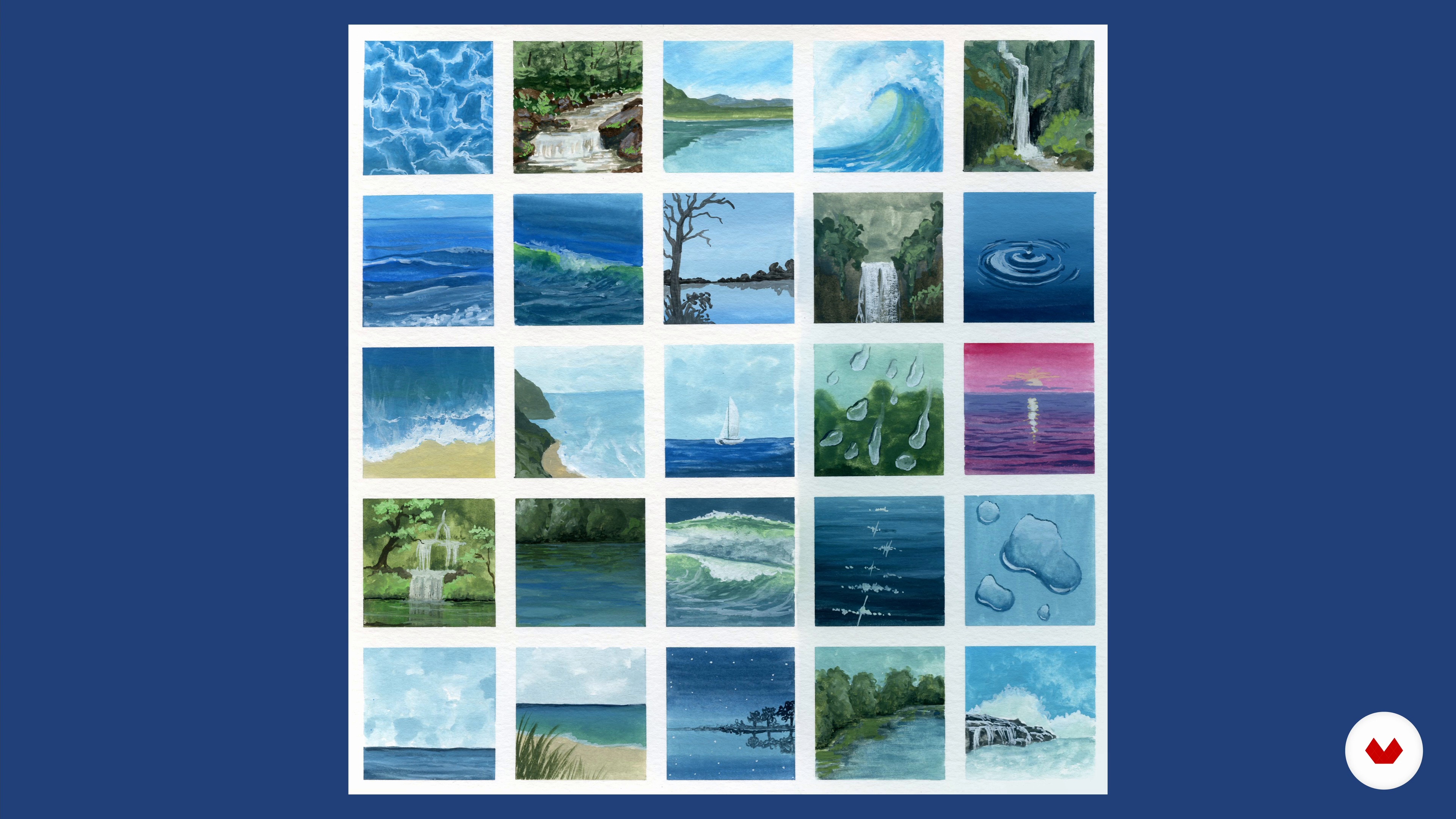
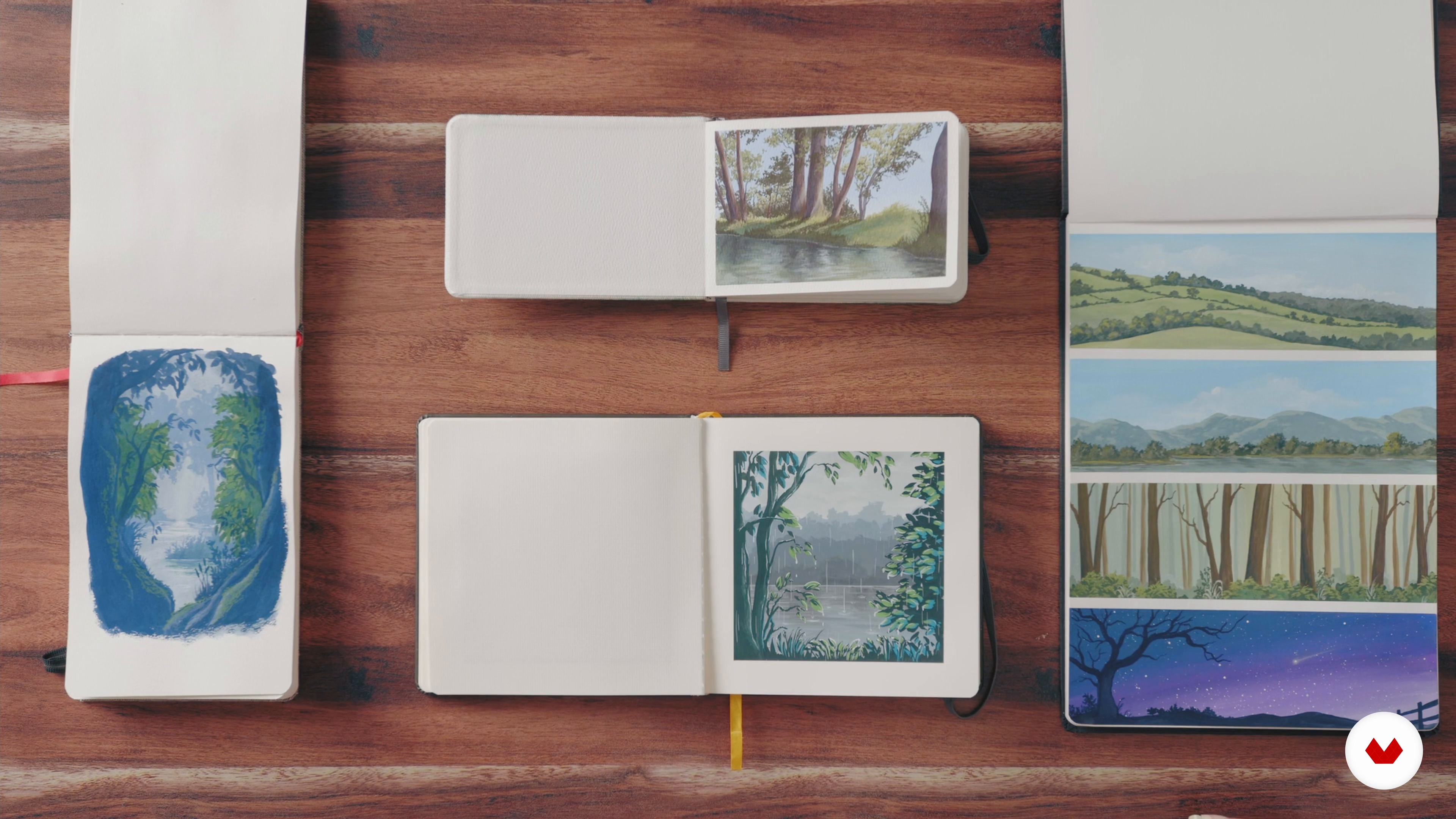

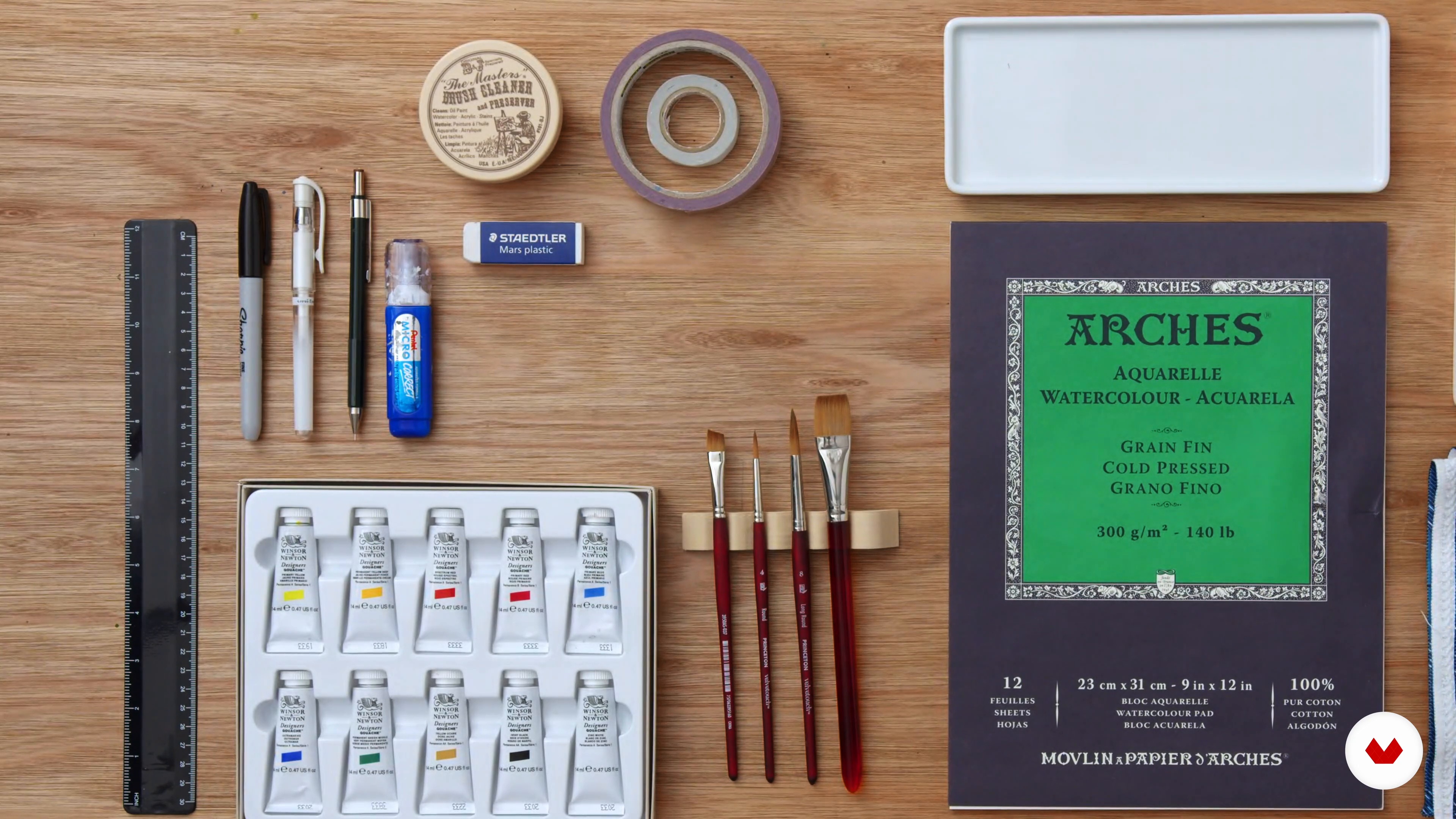
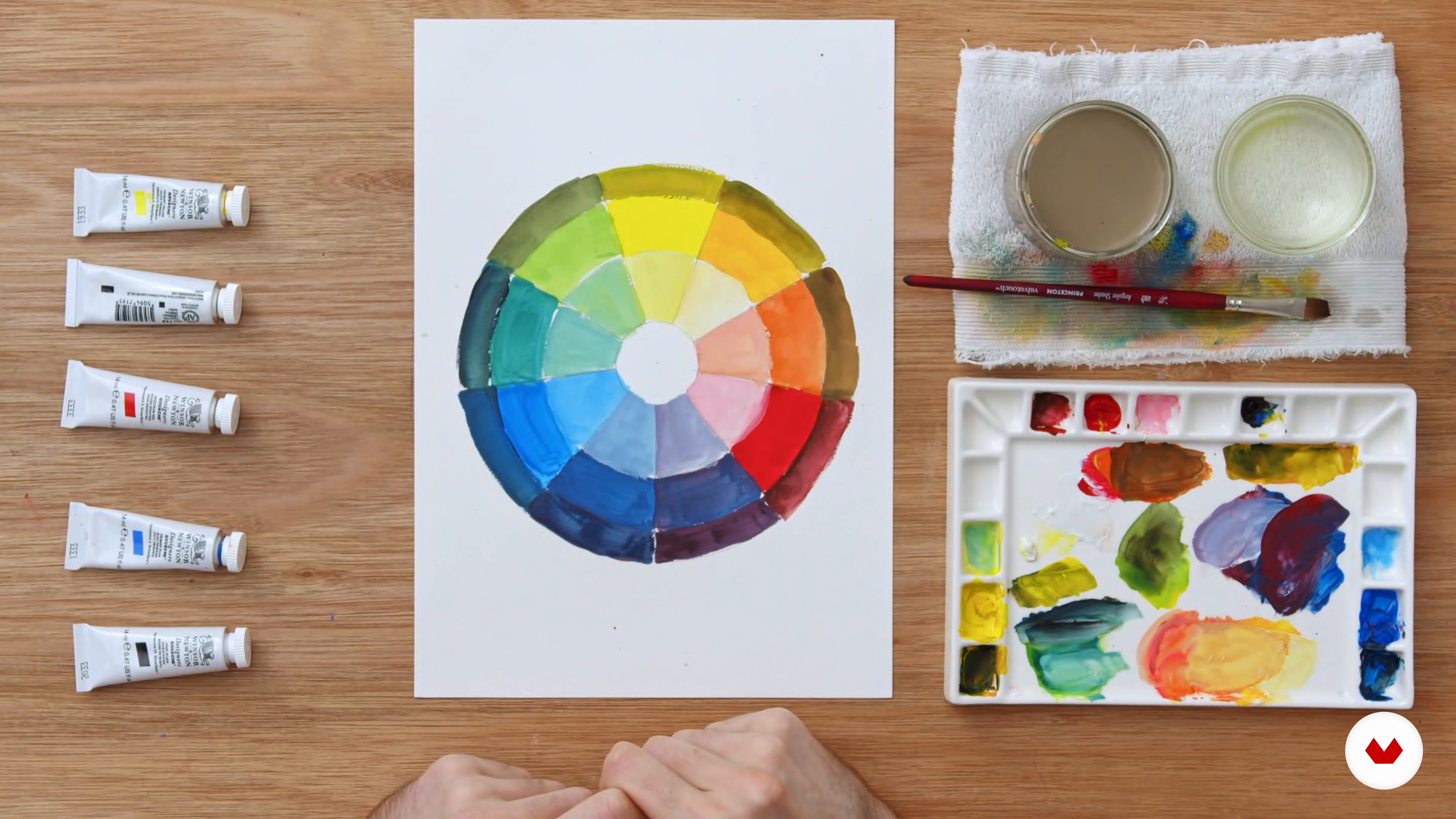

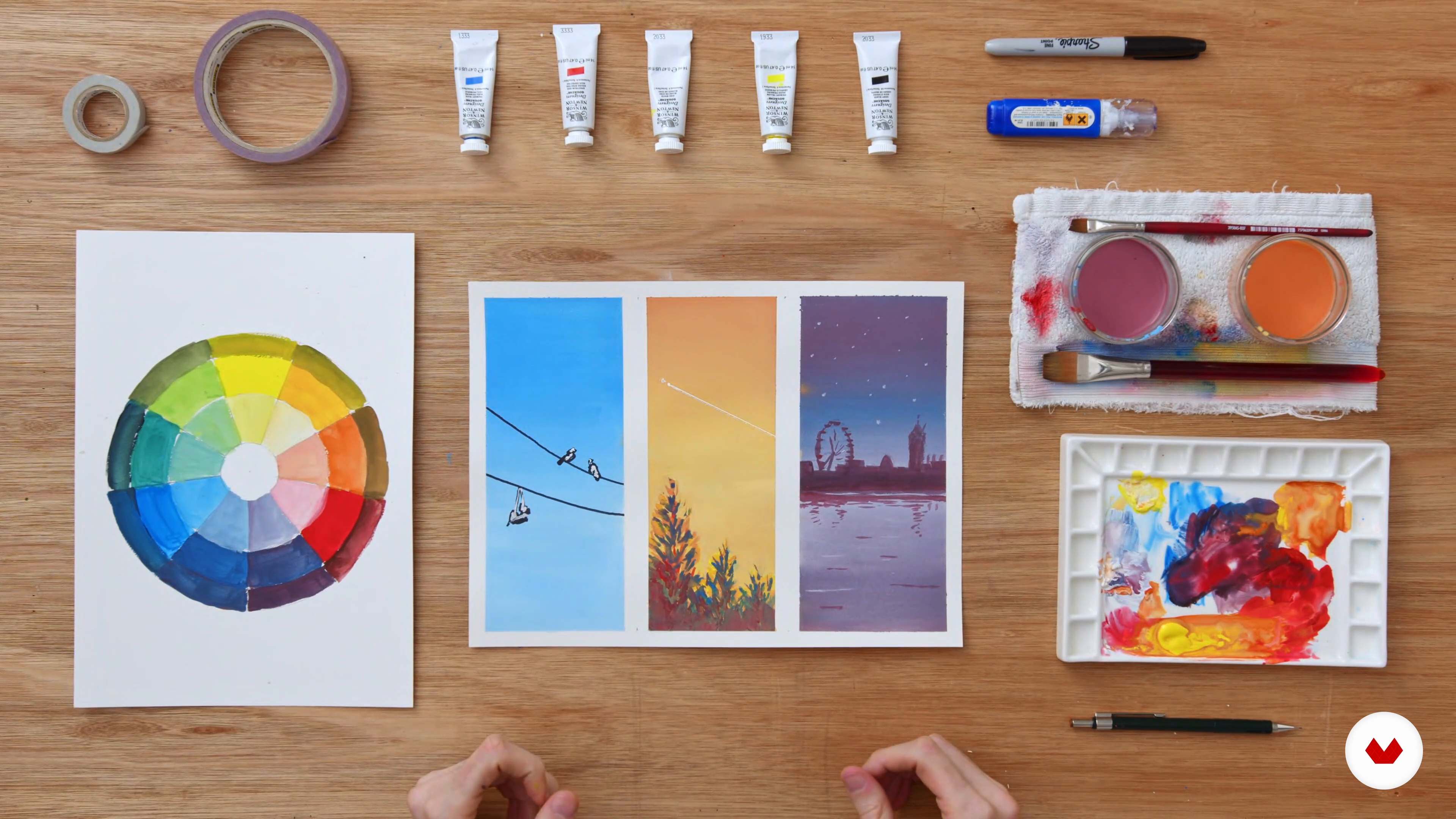
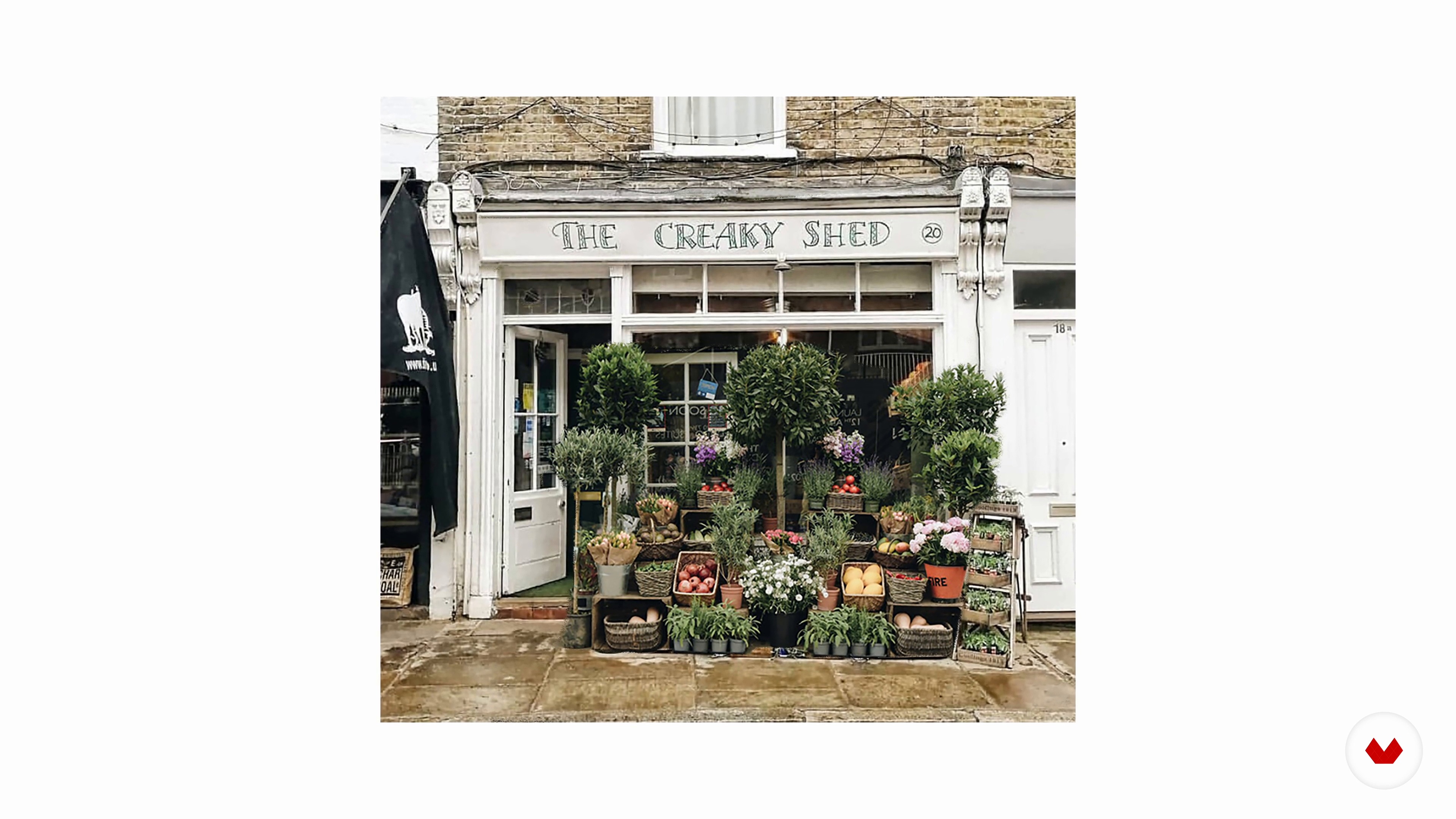


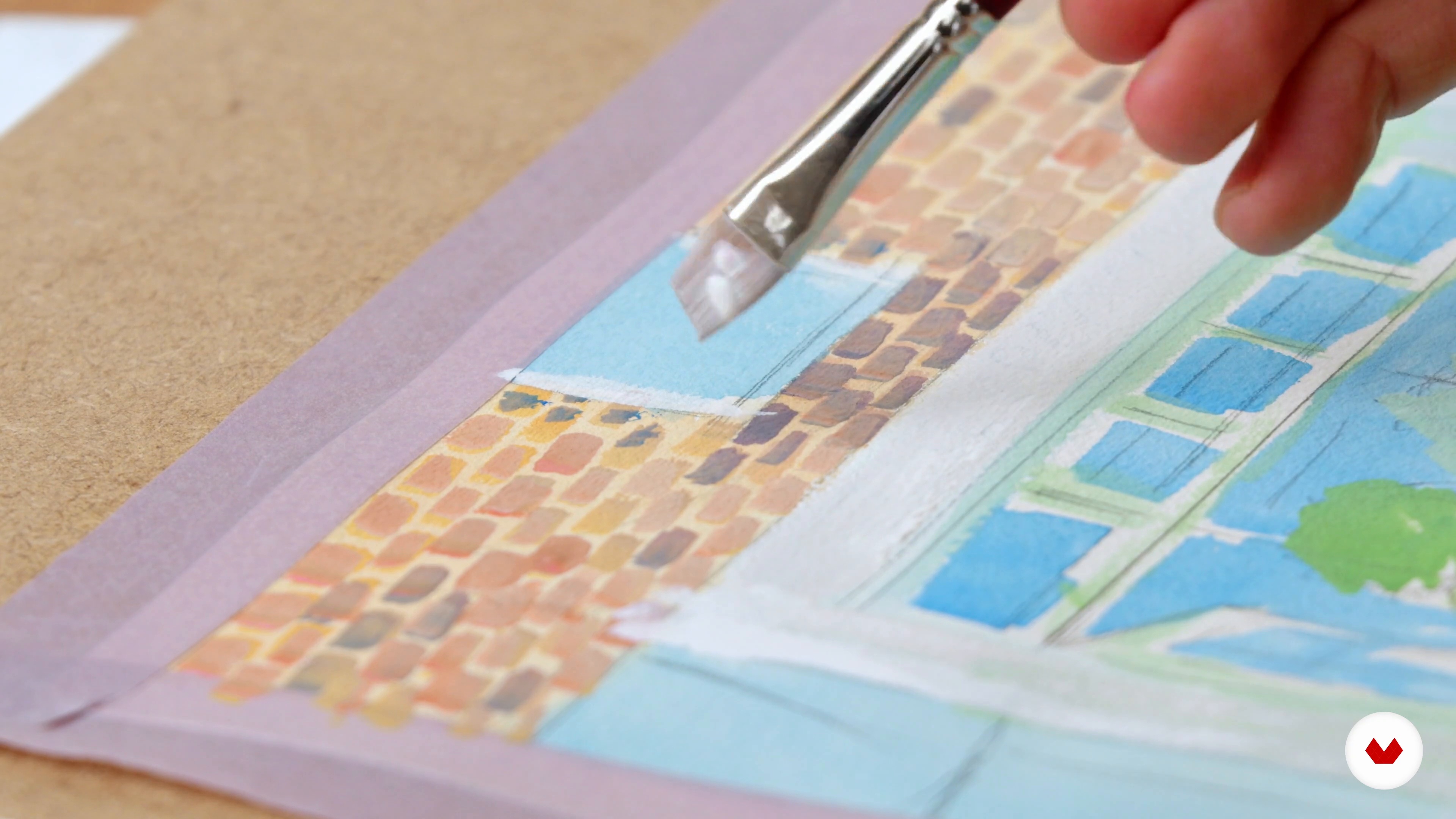

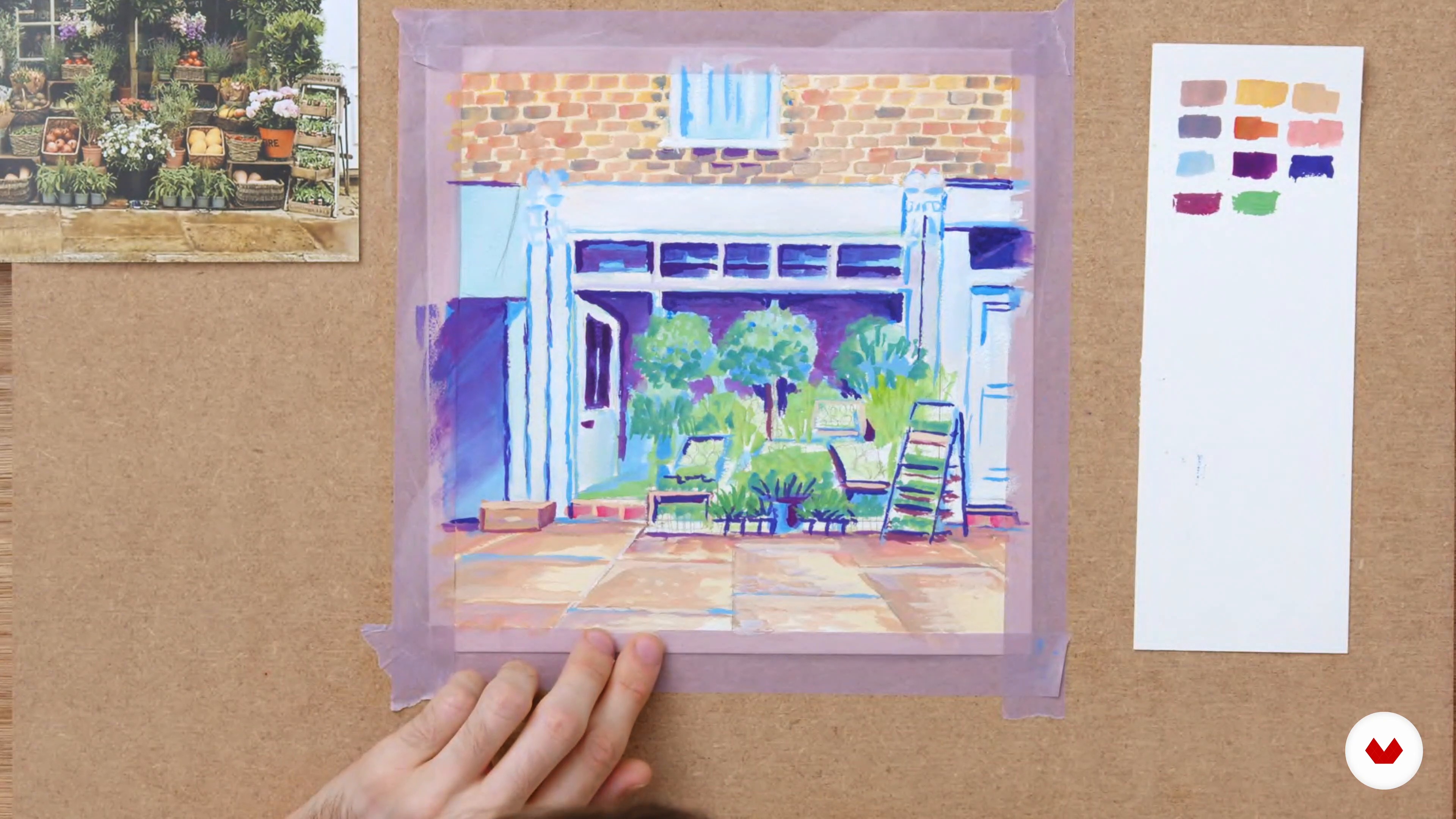
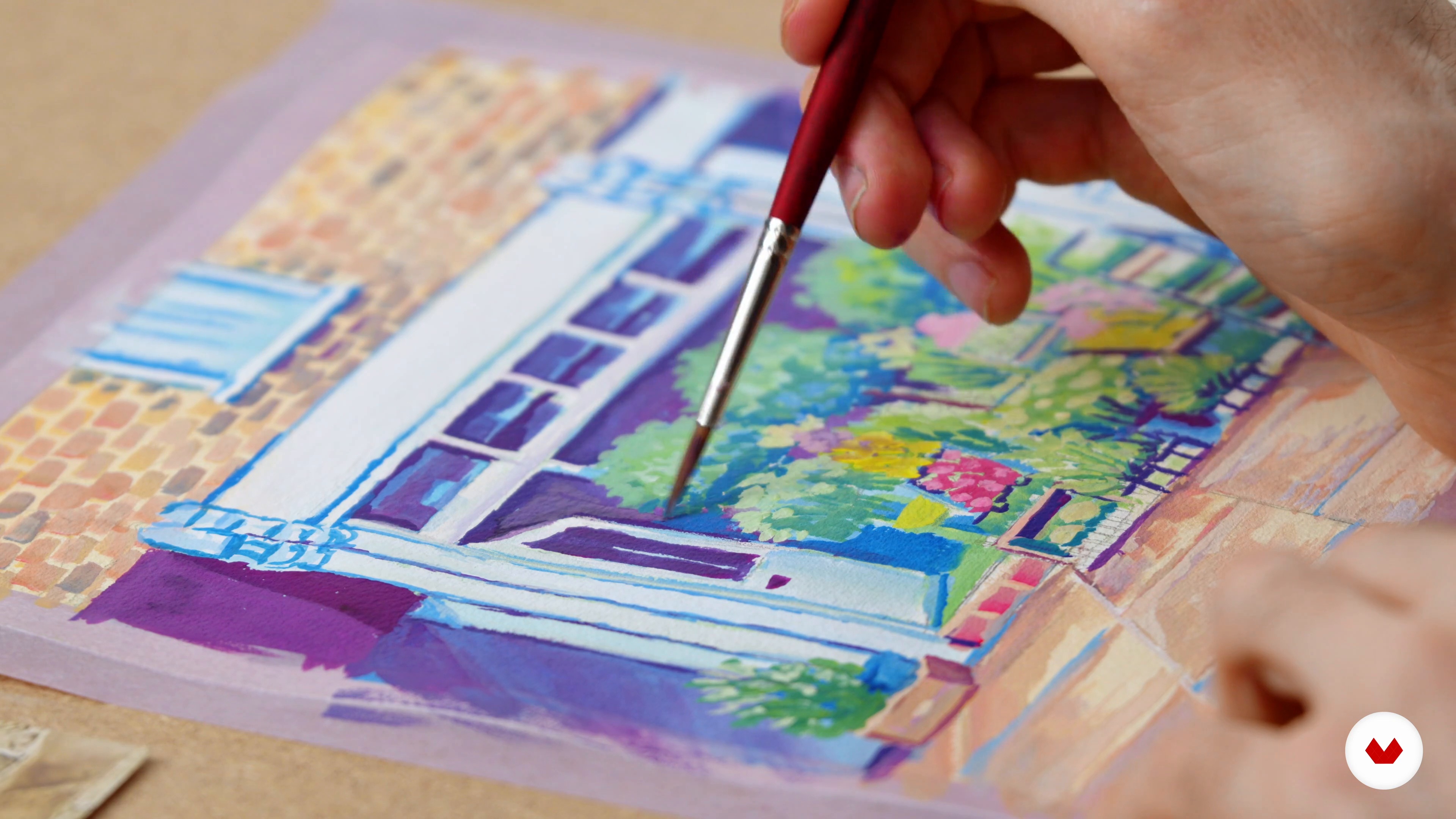
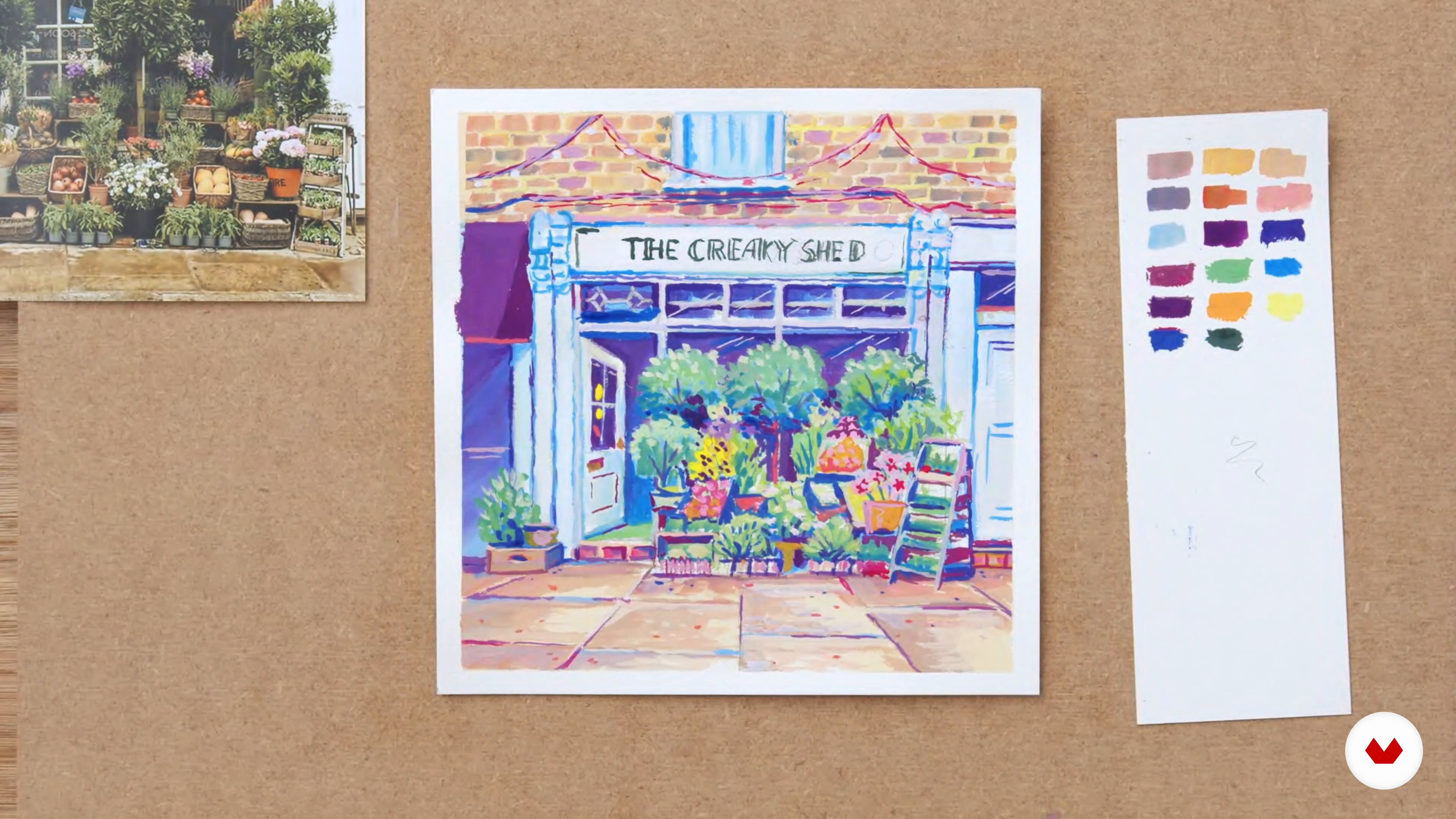
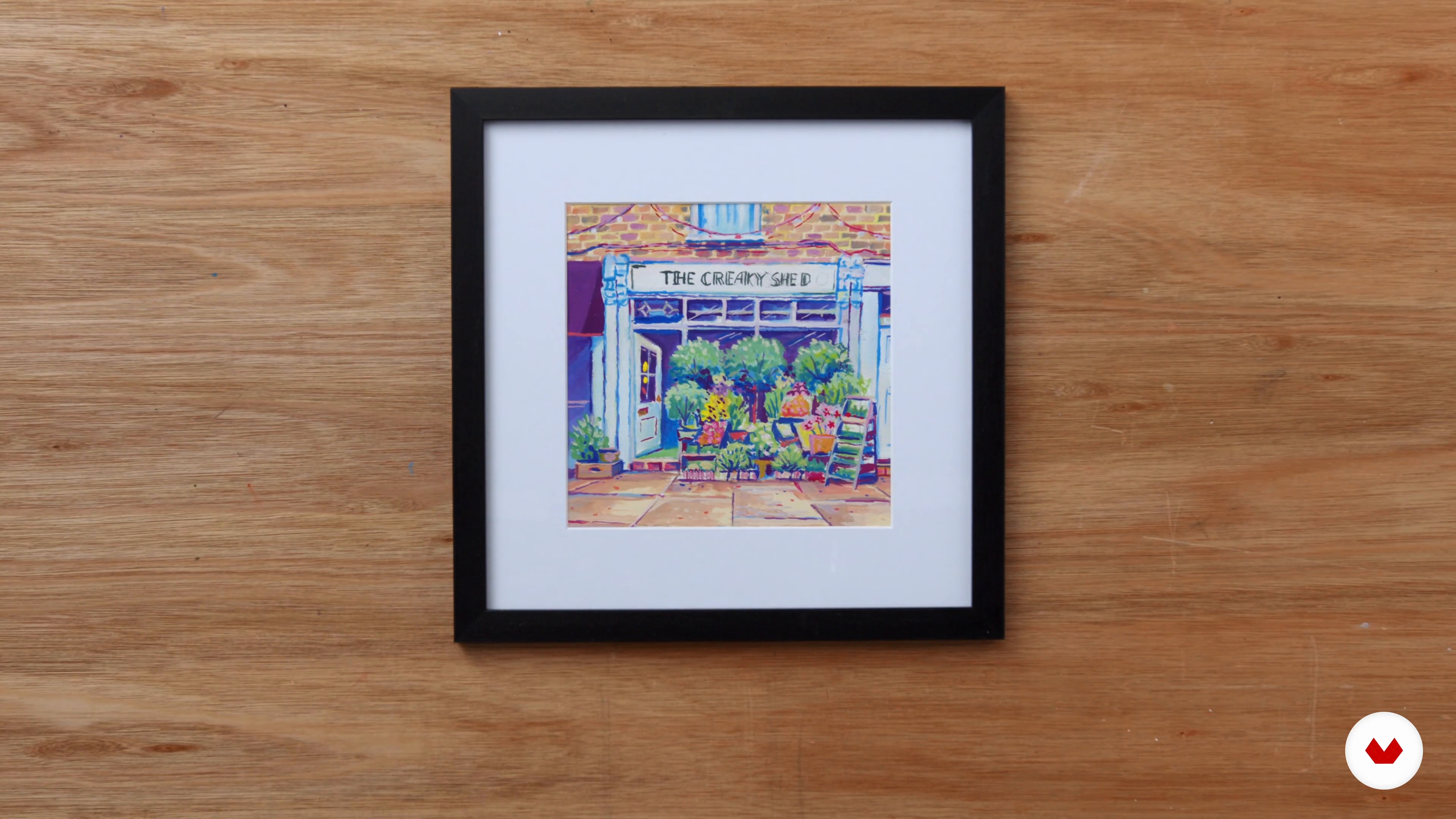
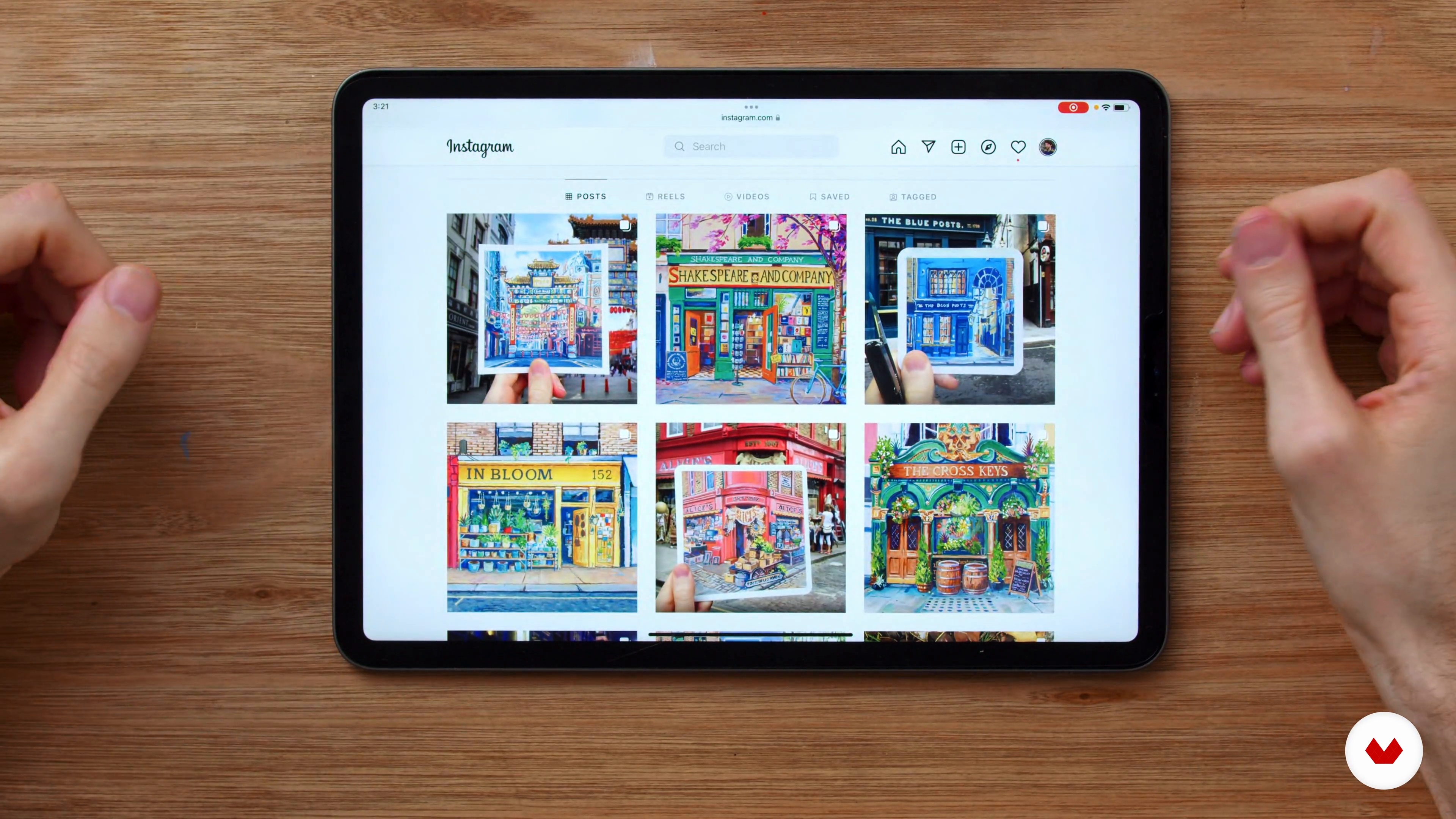


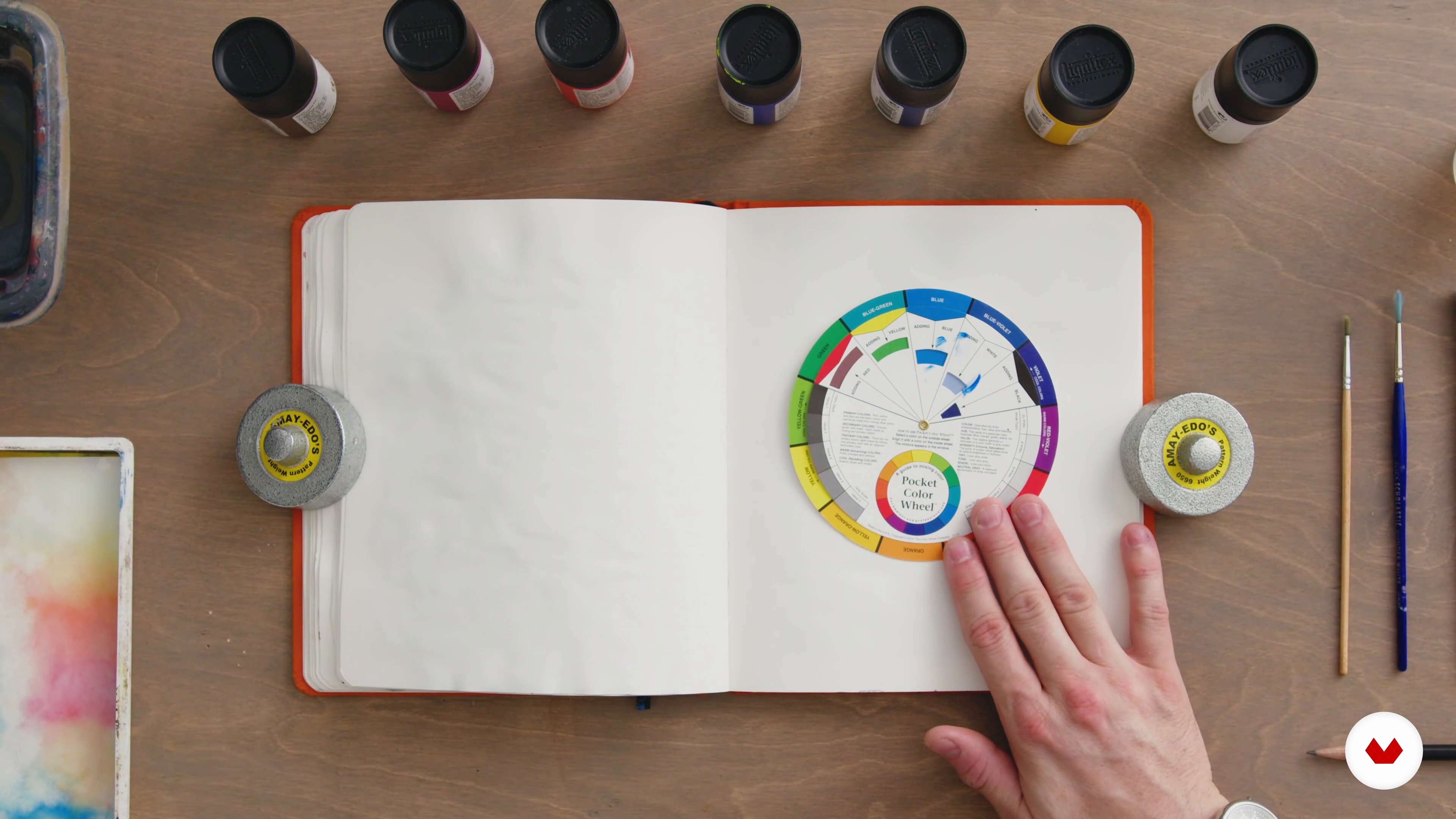
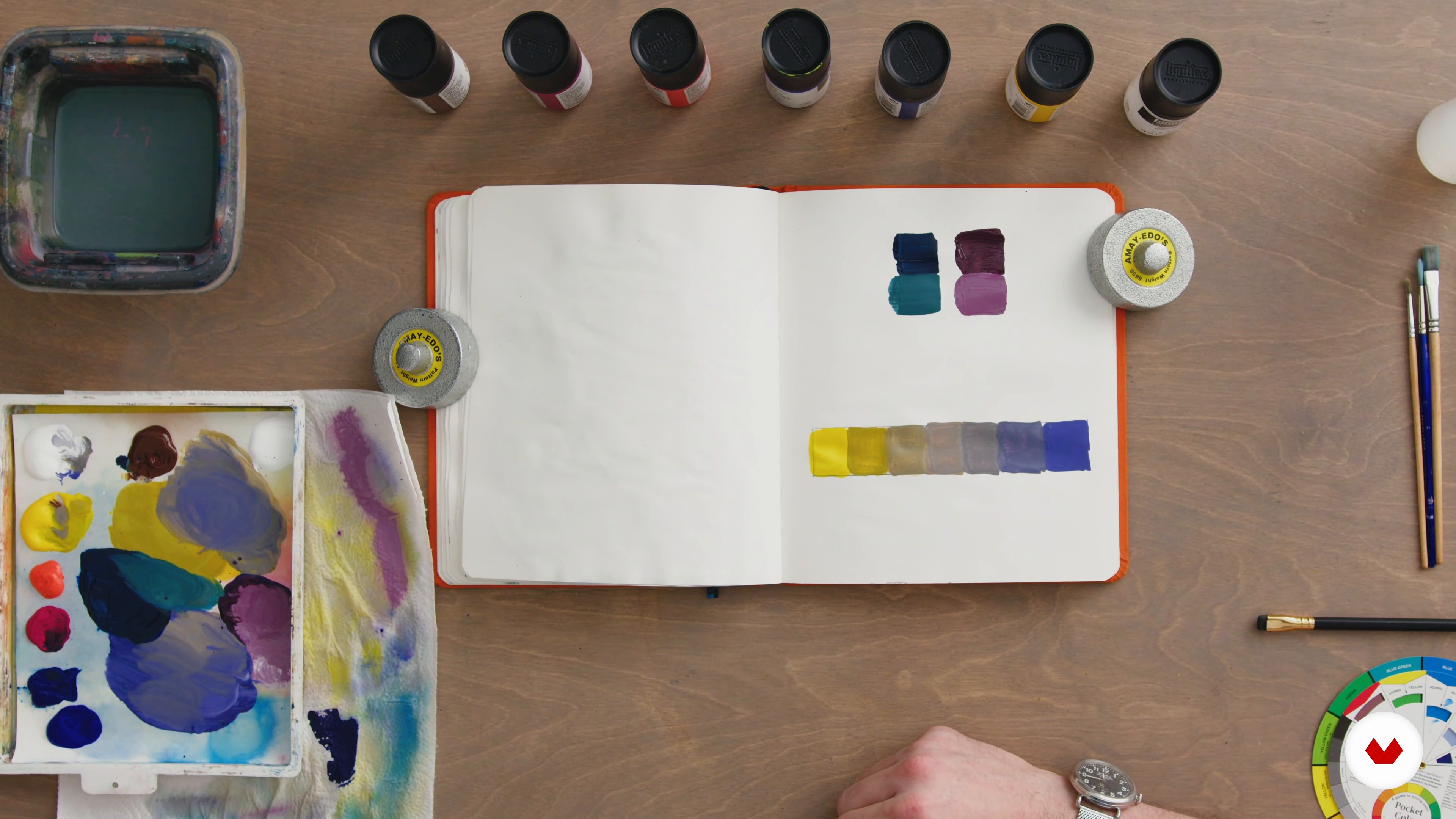
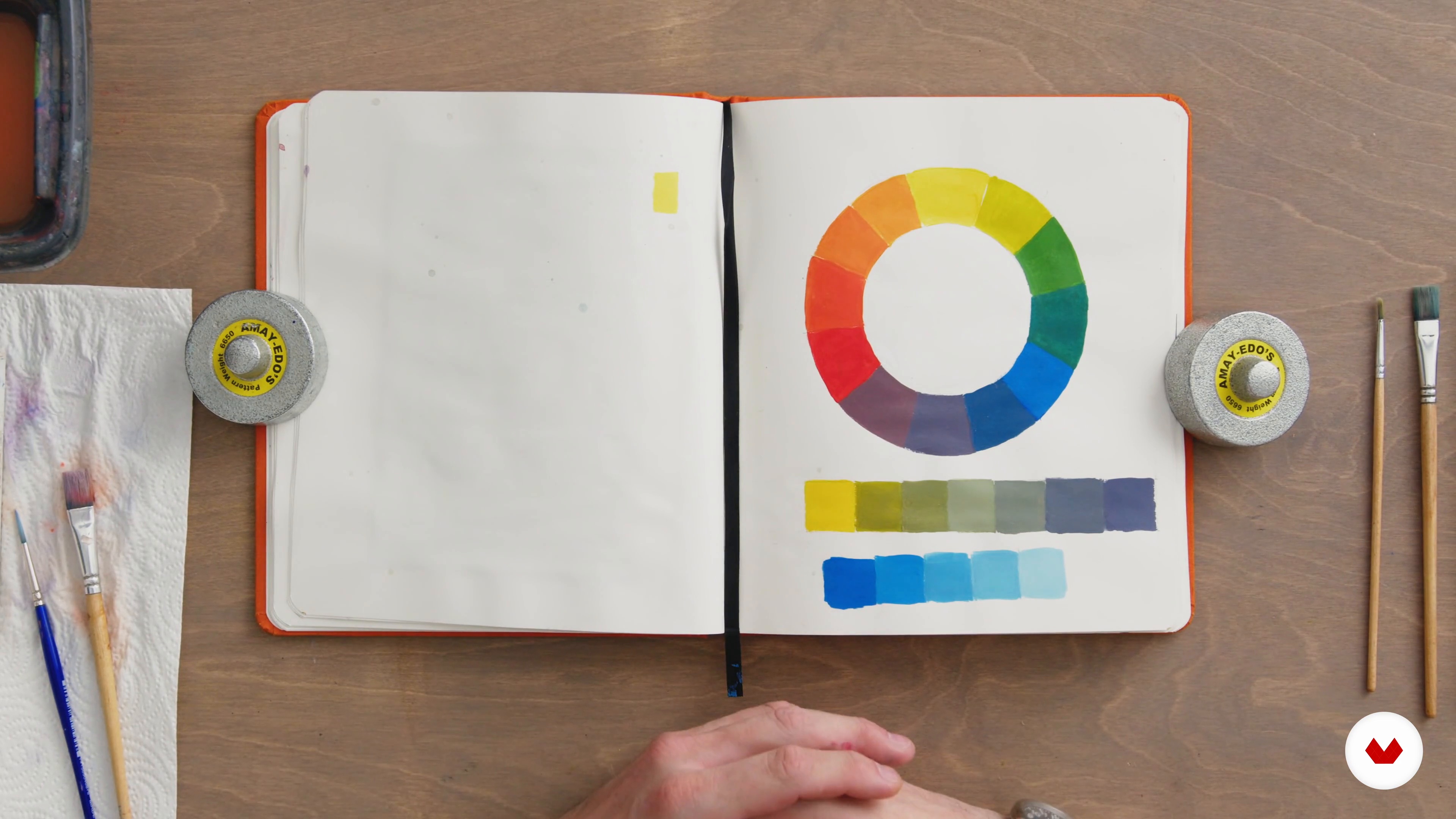
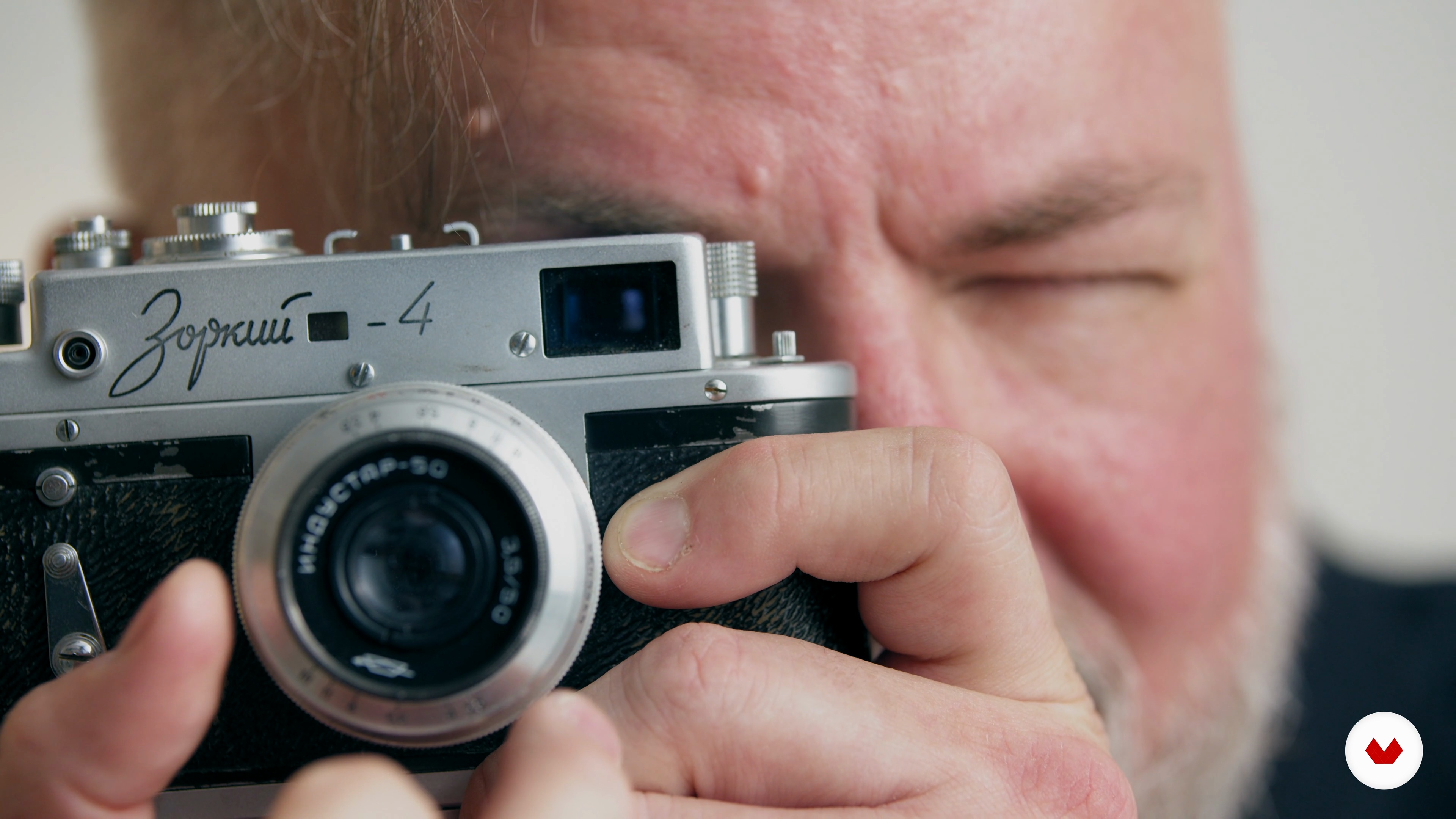
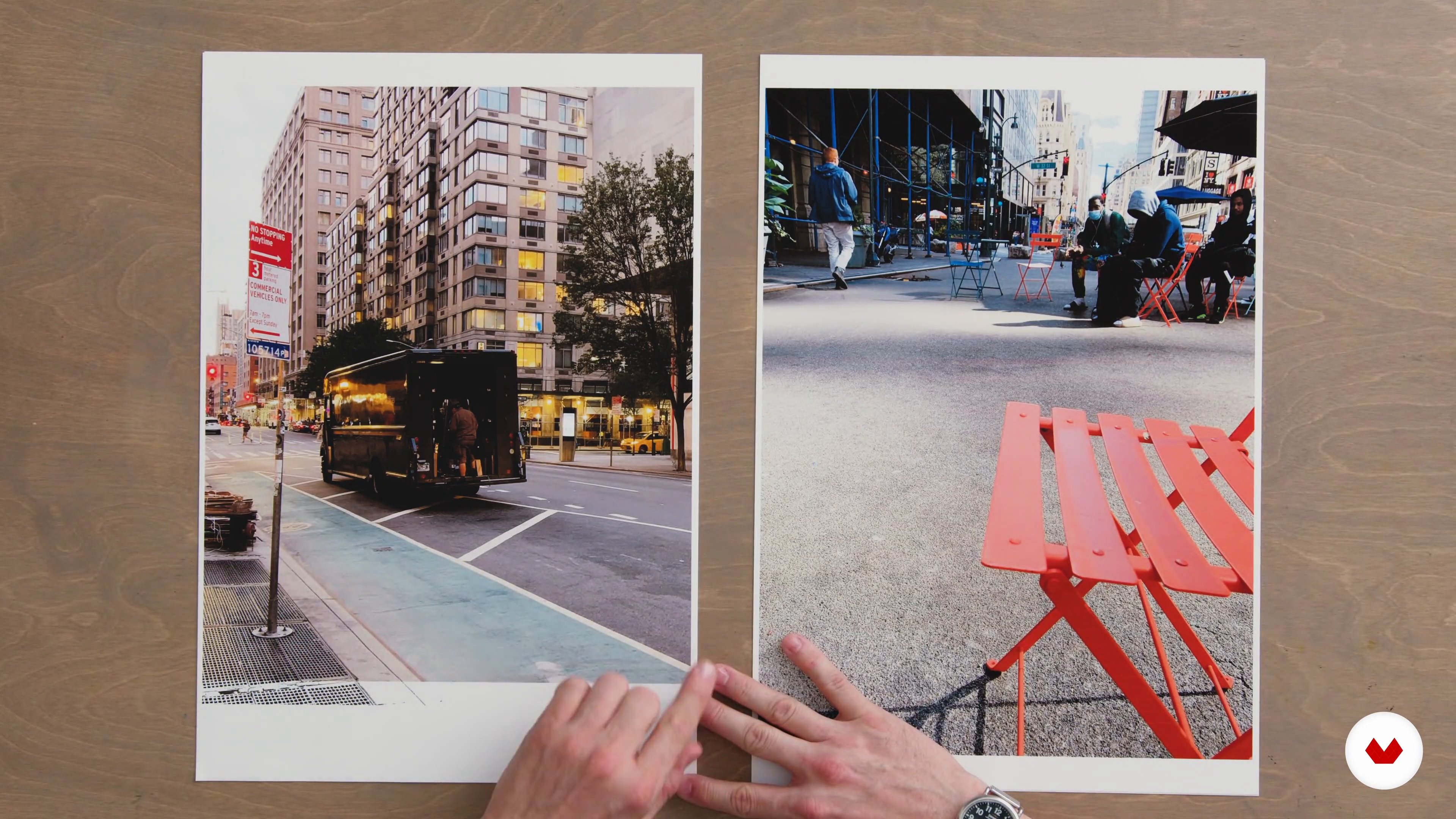
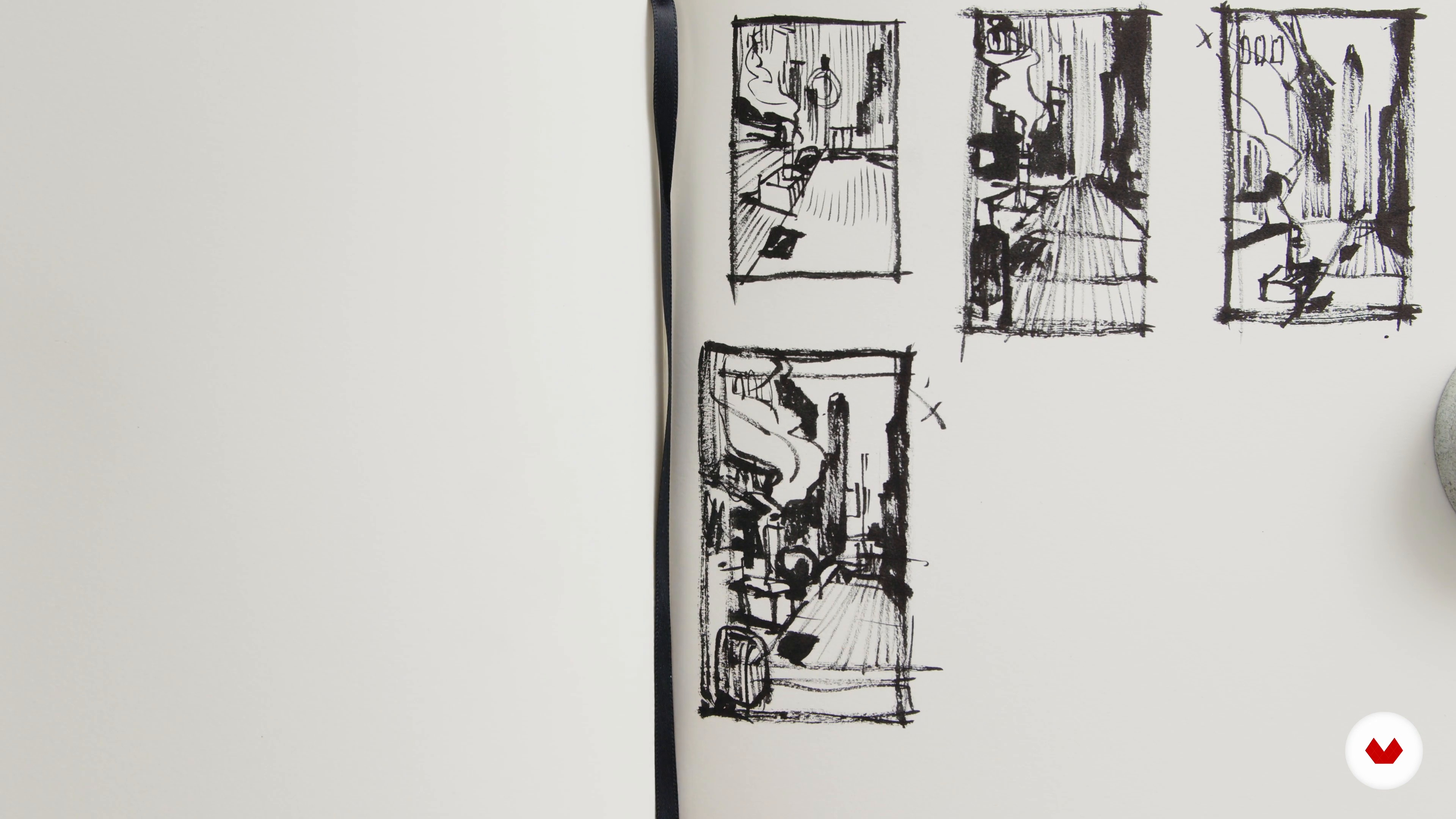

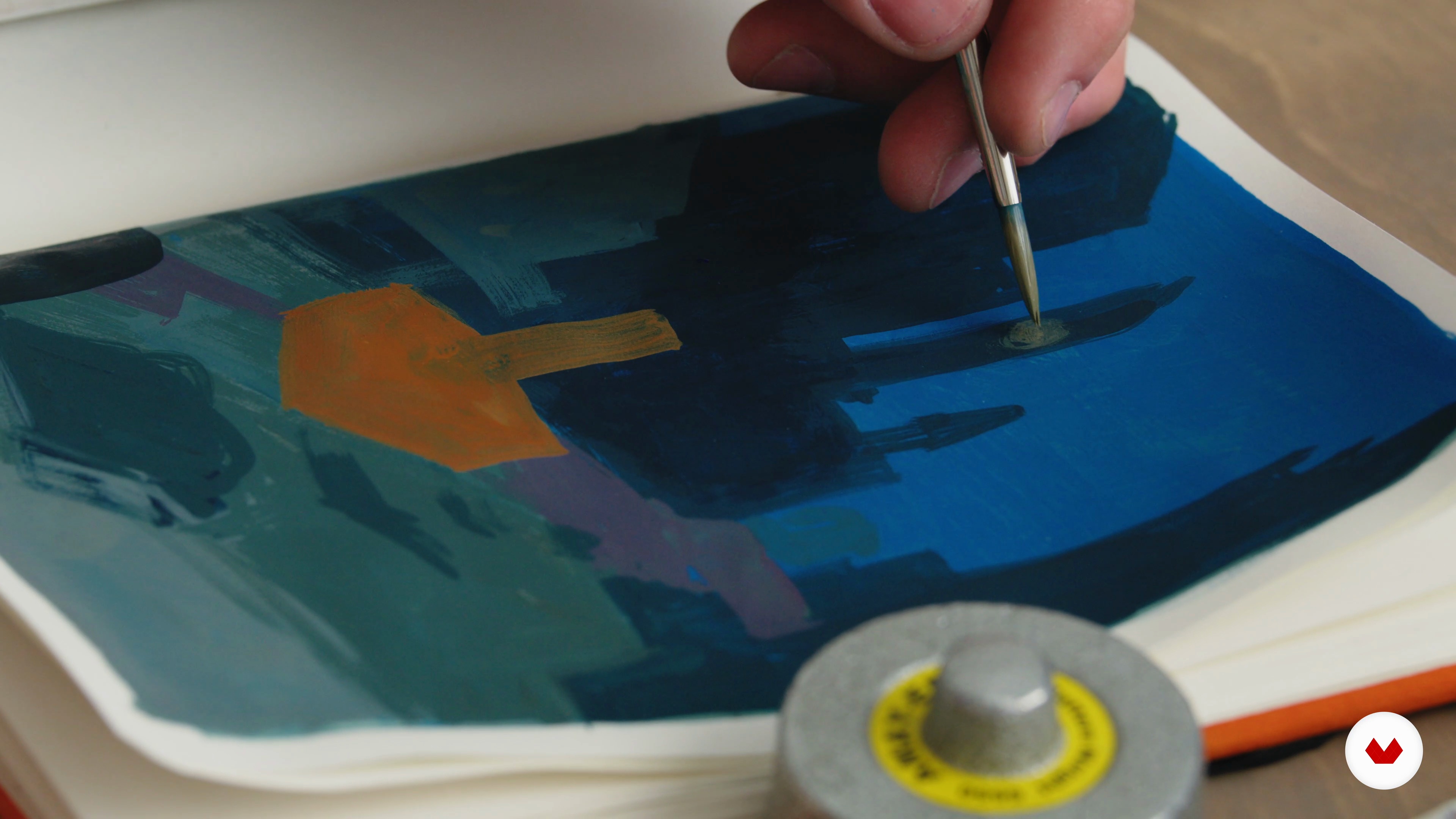

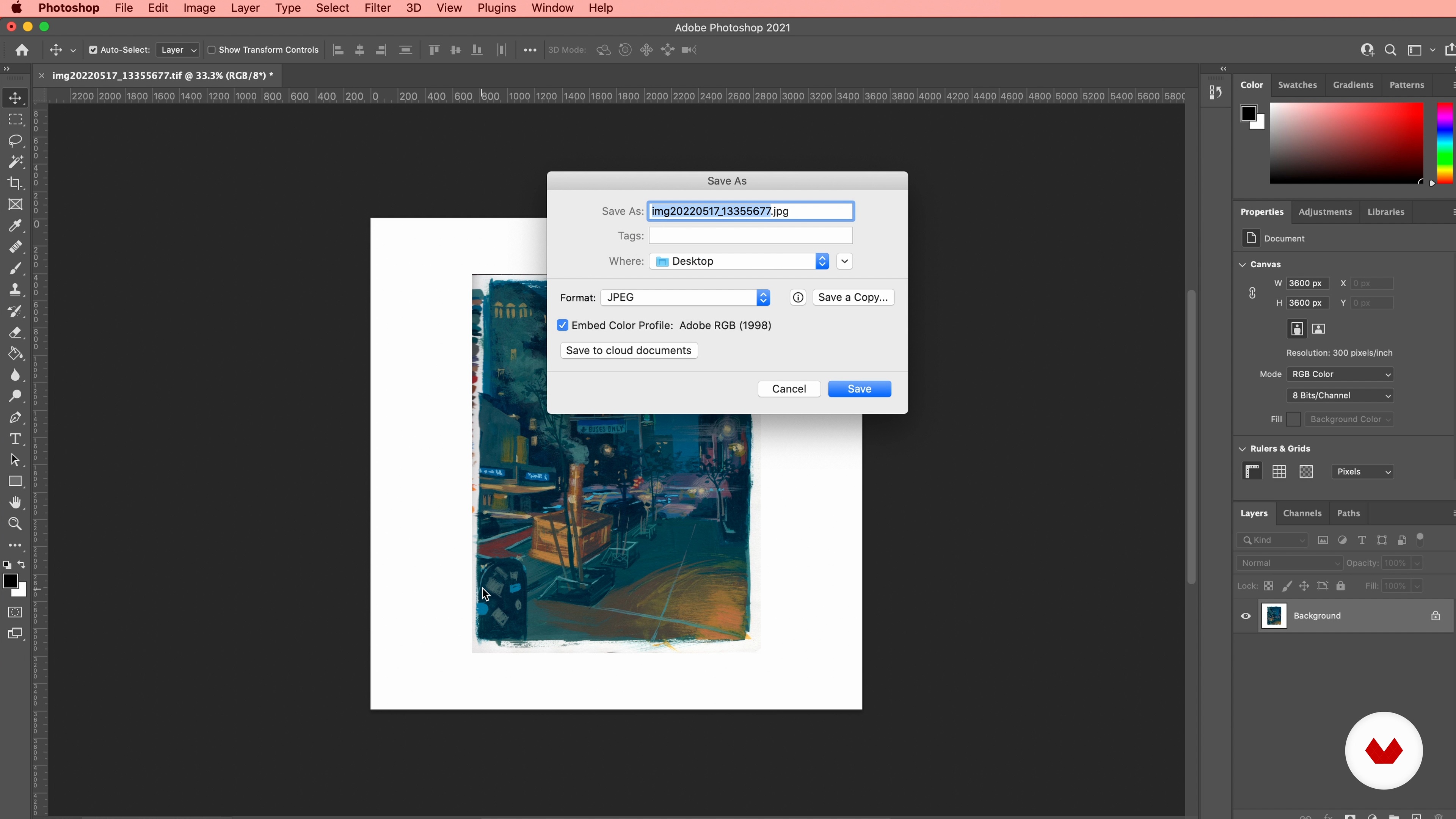

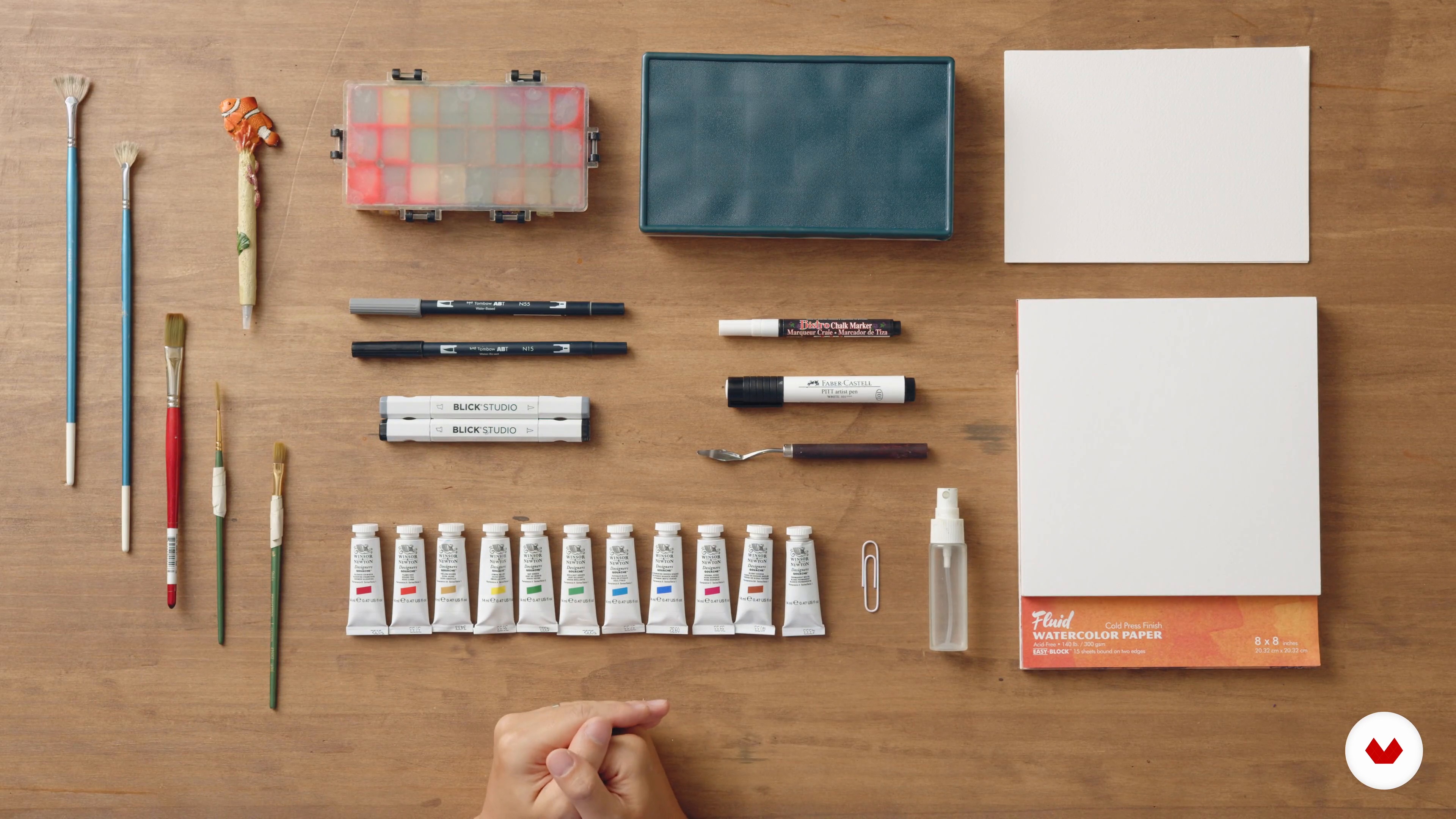
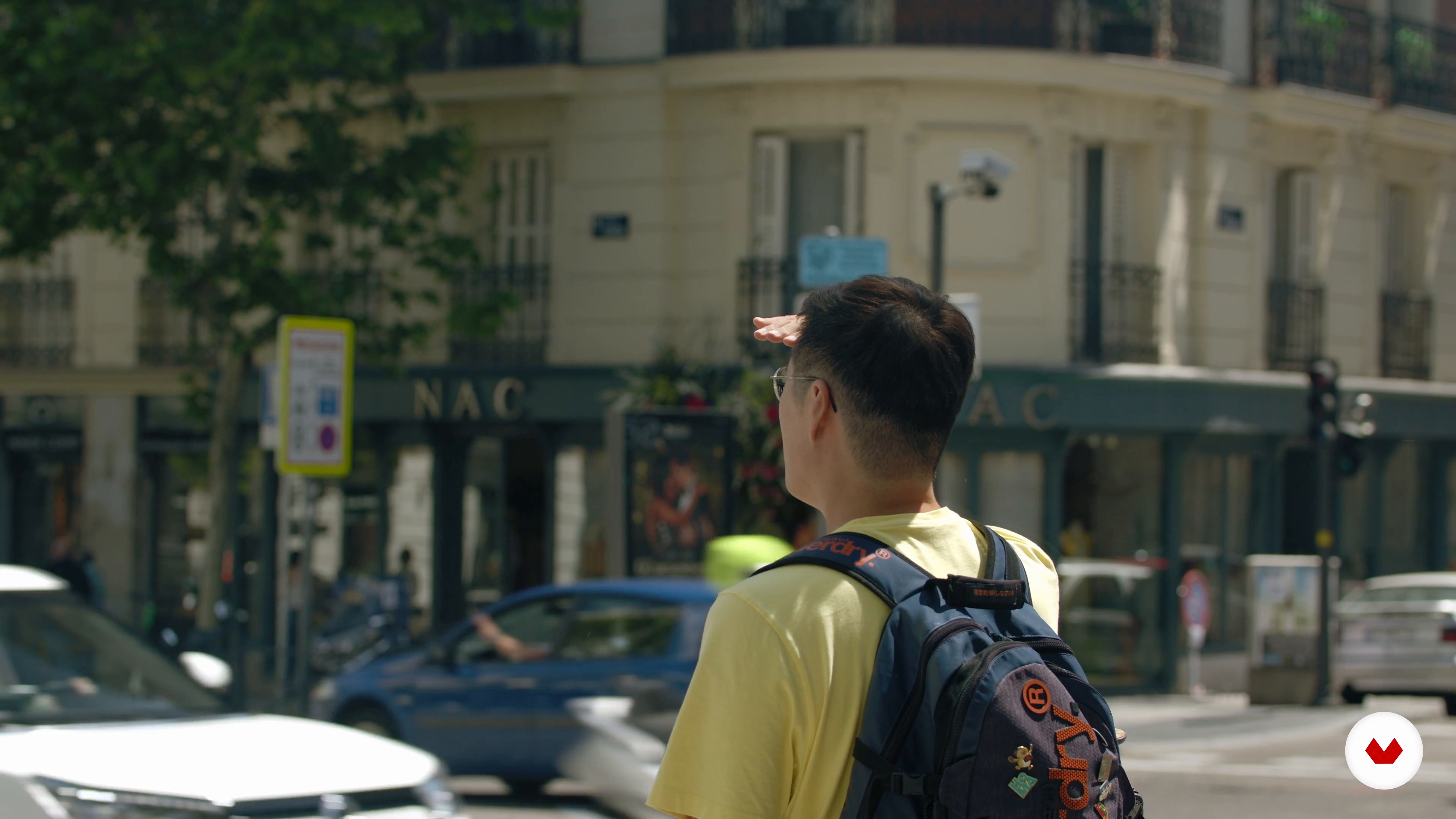
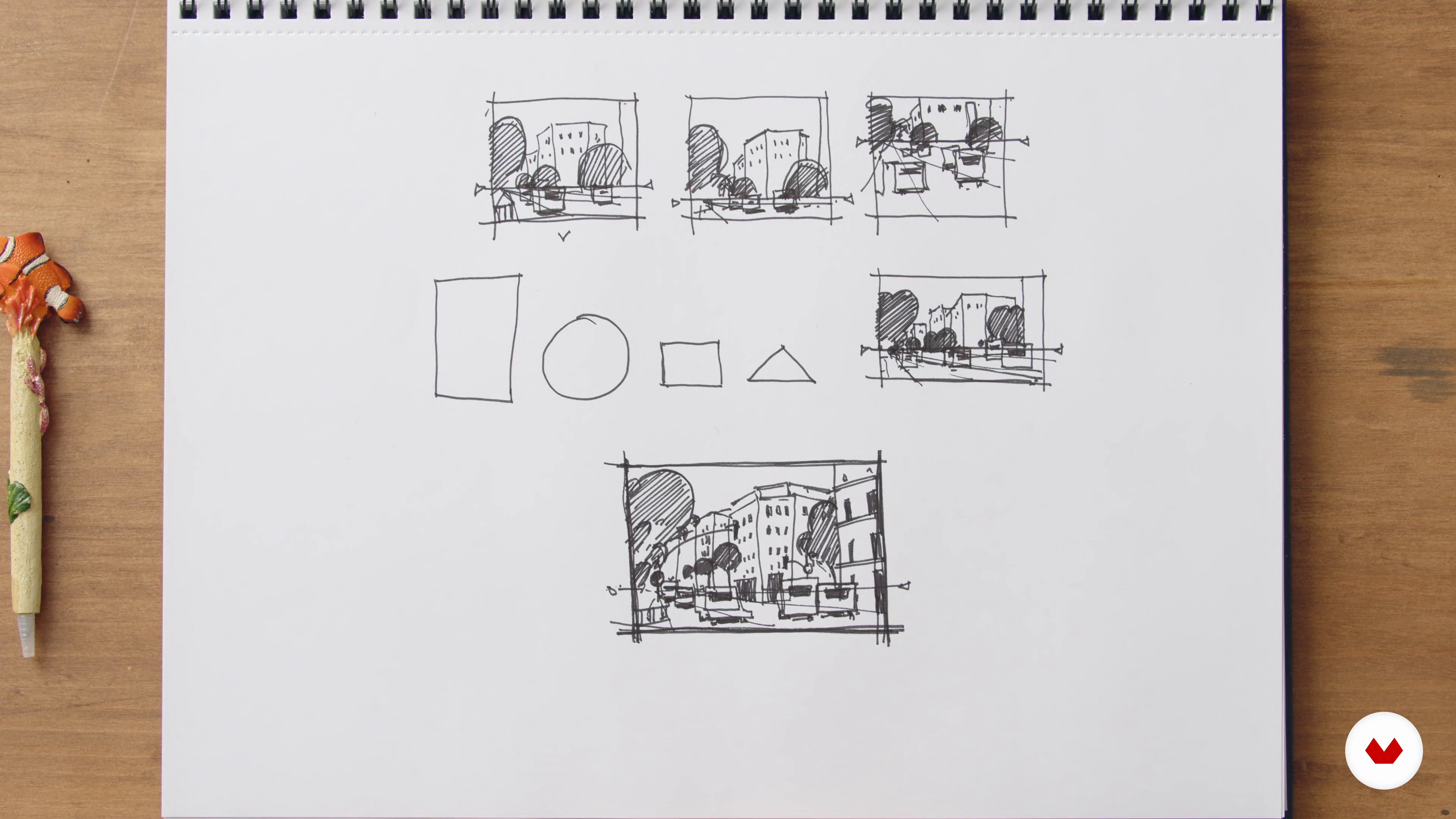



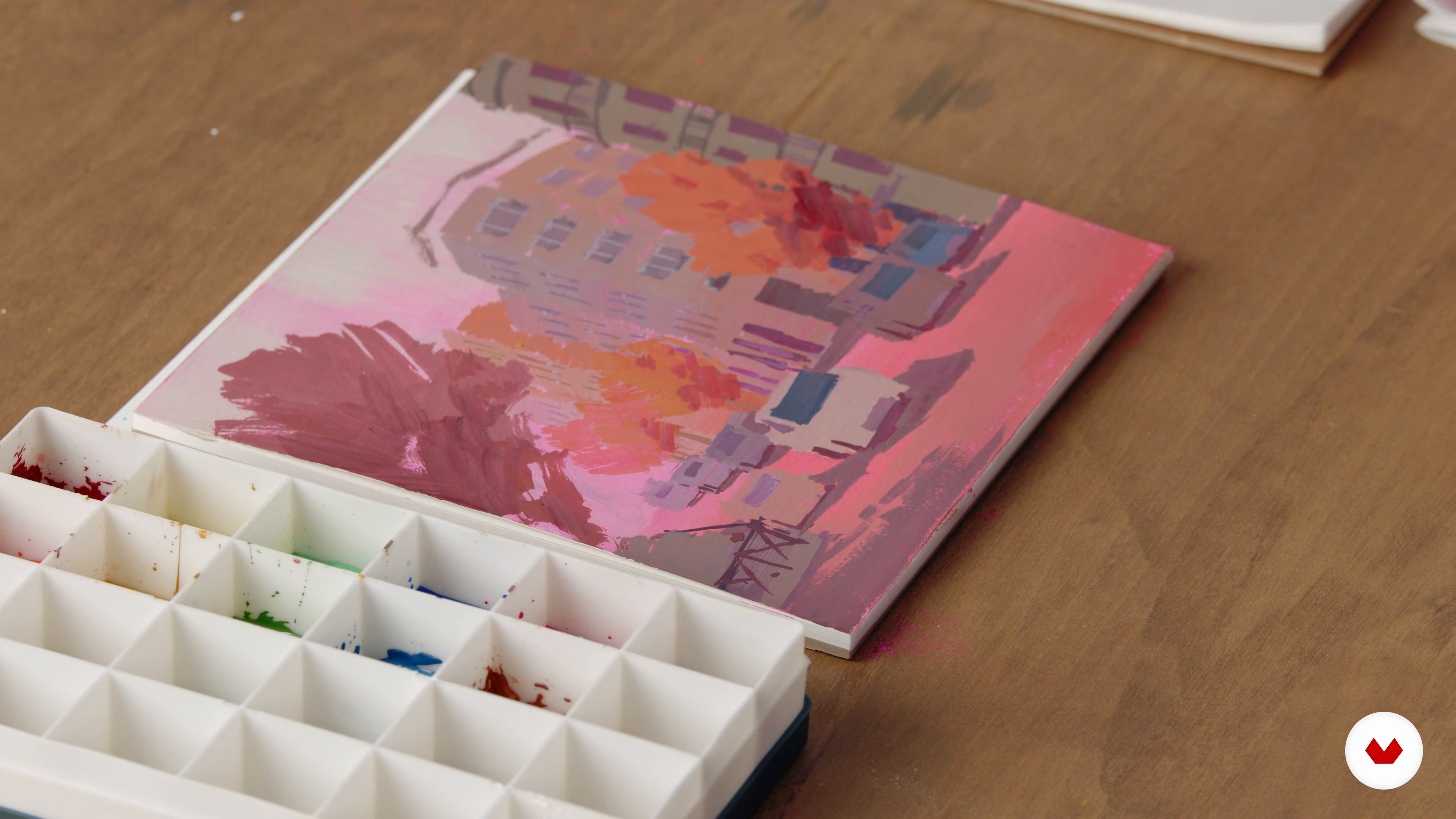
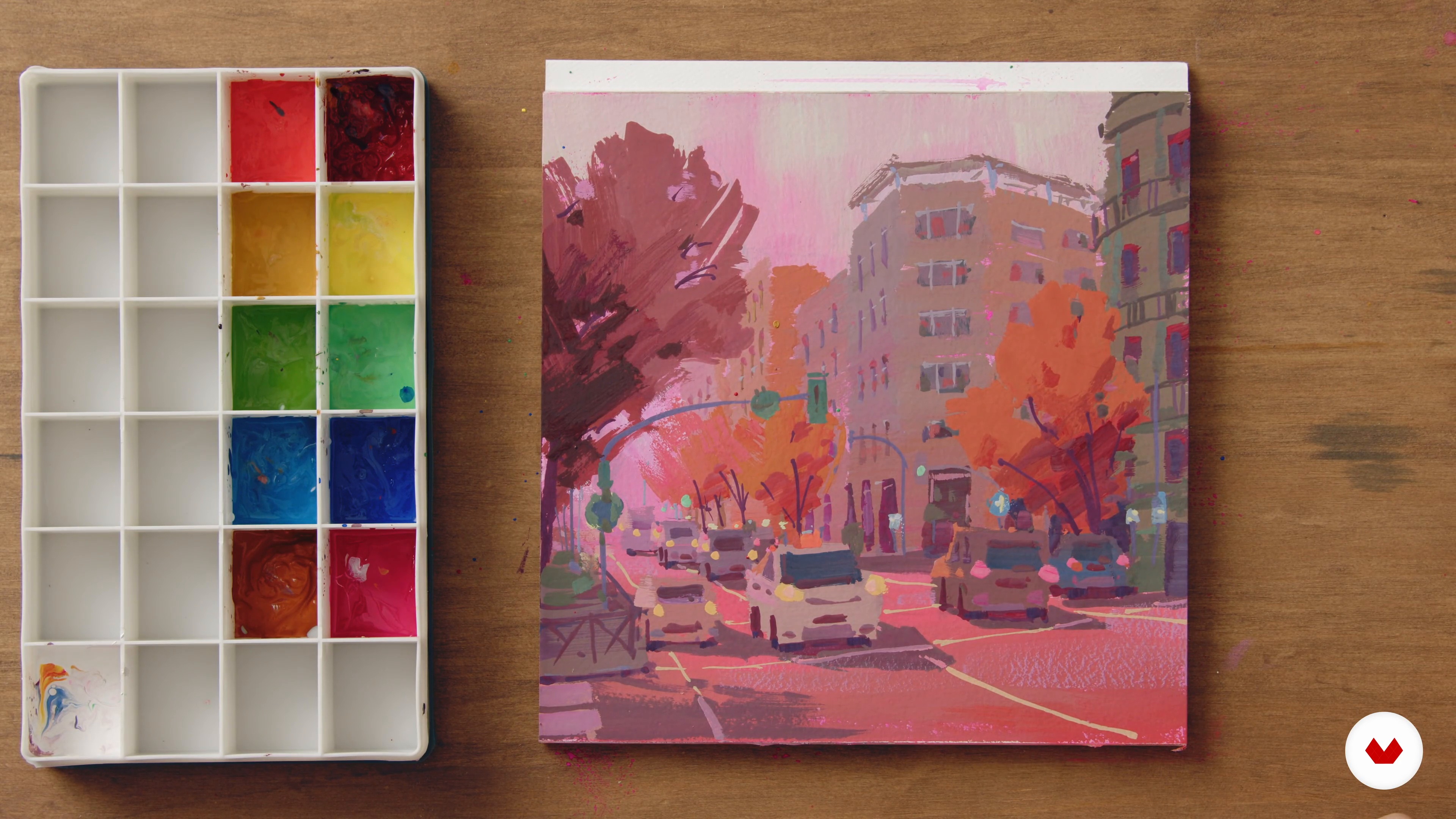
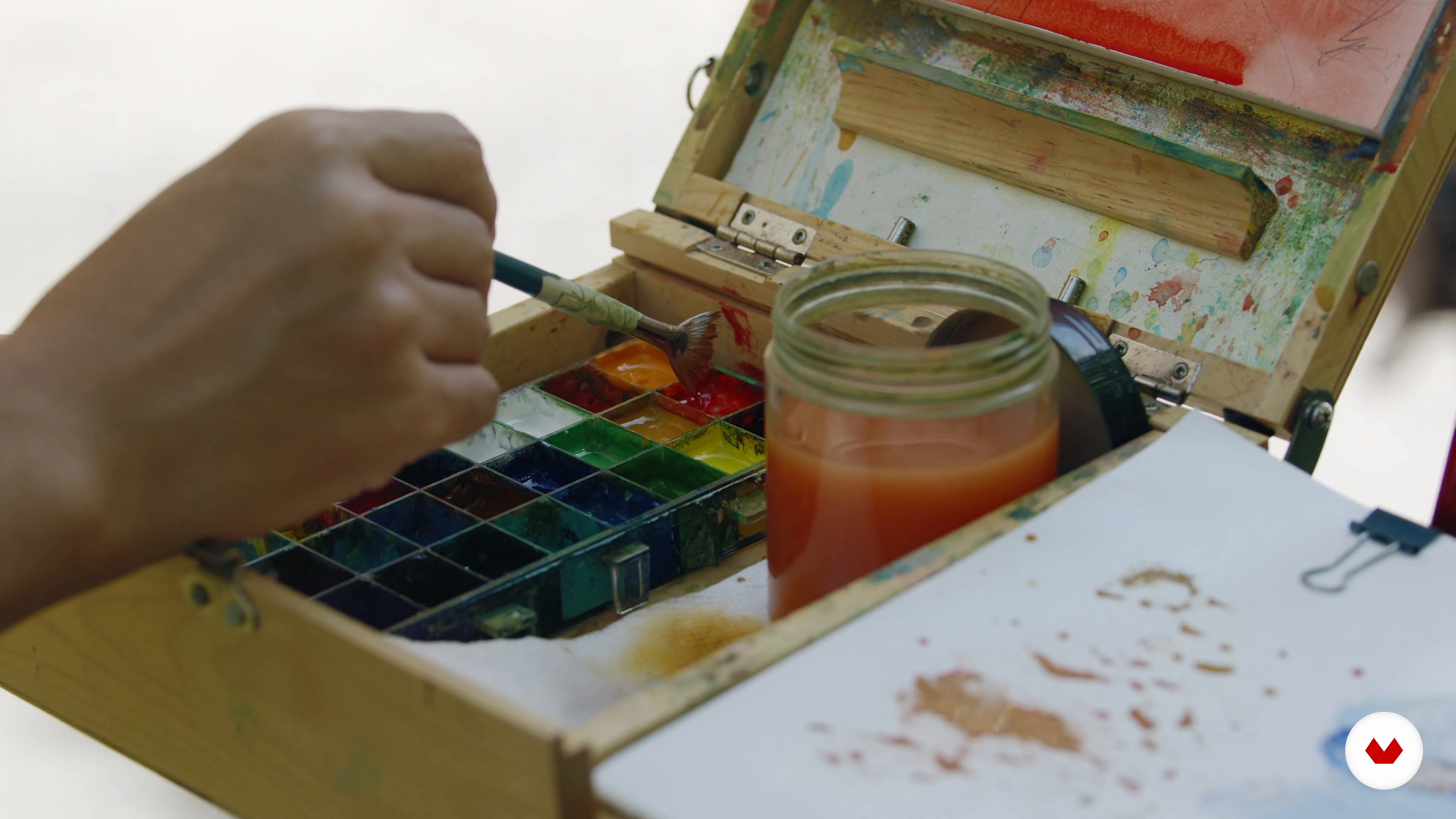
- 100% positive reviews (20)
- 1,234 students
- 110 lessons (18h 30m)
- 101 additional resources (43 files)
- Online and at your own pace
- Audio: English, Spanish
- Spanish · English · Portuguese · German · French · Italian · Polish · Dutch · Turkish · Romanian · Indonesian
- Level: Beginner
- Unlimited access forever
What is this course's project?
The course project involves illustrating a landscape from a photo reference using gouache. Students will apply techniques like wet-on-wet, opaque layering, and dry-brushing, enhancing their skills in color theory and composition to create expressive, captivating illustrations.
Who is this specialization for?
Artists and hobbyists eager to explore gouache painting techniques will find this course enriching. It suits beginners seeking to develop foundational skills and those looking to refine their craft by experimenting with vibrant colors, atmospheric landscapes, and urban scenes.
Requirements and materials
No extensive prior knowledge is needed. Basic necessities include gouache paints, brushes, a palette, and sketching materials. A smartphone or camera is helpful for capturing reference images. Enjoy exploring the vibrant world of gouache and let creativity flow.








Reviews
What to expect from this specialization course
-
Learn at your own pace
Enjoy learning from home without a set schedule and with an easy-to-follow method. You set your own pace.
-
Learn from the best professionals
Learn valuable methods and techniques explained by top experts in the creative sector.
-
Meet expert teachers
Each expert teaches what they do best, with clear guidelines, true passion, and professional insight in every lesson.
-
Certificates
PlusIf you're a Plus member, get a custom certificate for every specialization course. Share it on your portfolio, social media, or wherever you like.
-
Get front-row seats
Videos of the highest quality, so you don't miss a single detail. With unlimited access, you can watch them as many times as you need to perfect your technique.
-
Share knowledge and ideas
Ask questions, request feedback, or offer solutions. Share your learning experience with other students in the community who are as passionate about creativity as you are.
-
Connect with a global creative community
The community is home to millions of people from around the world who are curious and passionate about exploring and expressing their creativity.
-
Watch professionally produced courses
Domestika curates its teacher roster and produces every course in-house to ensure a high-quality online learning experience.
FAQs
What are Domestika's online courses?
Domestika courses are online classes that allow you to learn new skills and create incredible projects. All our courses include the opportunity to share your work with other students and/or teachers, creating an active learning community. We offer different formats:
Original Courses: Complete classes that combine videos, texts, and educational materials to complete a specific project from start to finish.
Basics Courses: Specialized training where you master specific software tools step by step.
Specialization Courses: Learning paths with various expert teachers on the same topic, perfect for becoming a specialist by learning from different approaches.
Guided Courses: Practical experiences ideal for directly acquiring specific skills.
Intensive Courses (Deep Dives): New creative processes based on artificial intelligence tools in an accessible format for in-depth and dynamic understanding.
When do the specialization courses start and when do they finish?
All specialization courses are 100% online, so once they're published, specialization courses start and finish whenever you want. You set the pace of the class. You can go back to review what interests you most and skip what you already know, ask questions, answer questions, share your projects, and more.
What do Domestika's specialization courses include?
The specialization courses are divided into different modules. Each one includes lessons, informational text, tasks, and practice exercises to help you carry out your project step by step, with additional complementary resources and downloads. You'll also have access to an exclusive forum where you can interact with other students, as well as share your work and your final project, creating a community around the specialization courses.
Have you been given a specialization courses?
You can redeem the specialization courses you received by accessing the redeeming page and entering your gift code.


Hat Spaß gemacht :)
una gran variedad de técnicas que explorar
Uma seleção incrível, com técnicas variáveis e com grande conteúdo de aprendizado!
Great selection of offerings. As a new artist, I really love Ruth Wilshaw’s demonstrations of how to work the paint and the techniques you can use for different blending effects. It was so helpful for me.
Esta increible, algunas cosas entre modulo y modulo se repiten, aportar cosas nuevas a tener en cuenta para este mundo tan hermoso <3